Buffalo Street, Little India
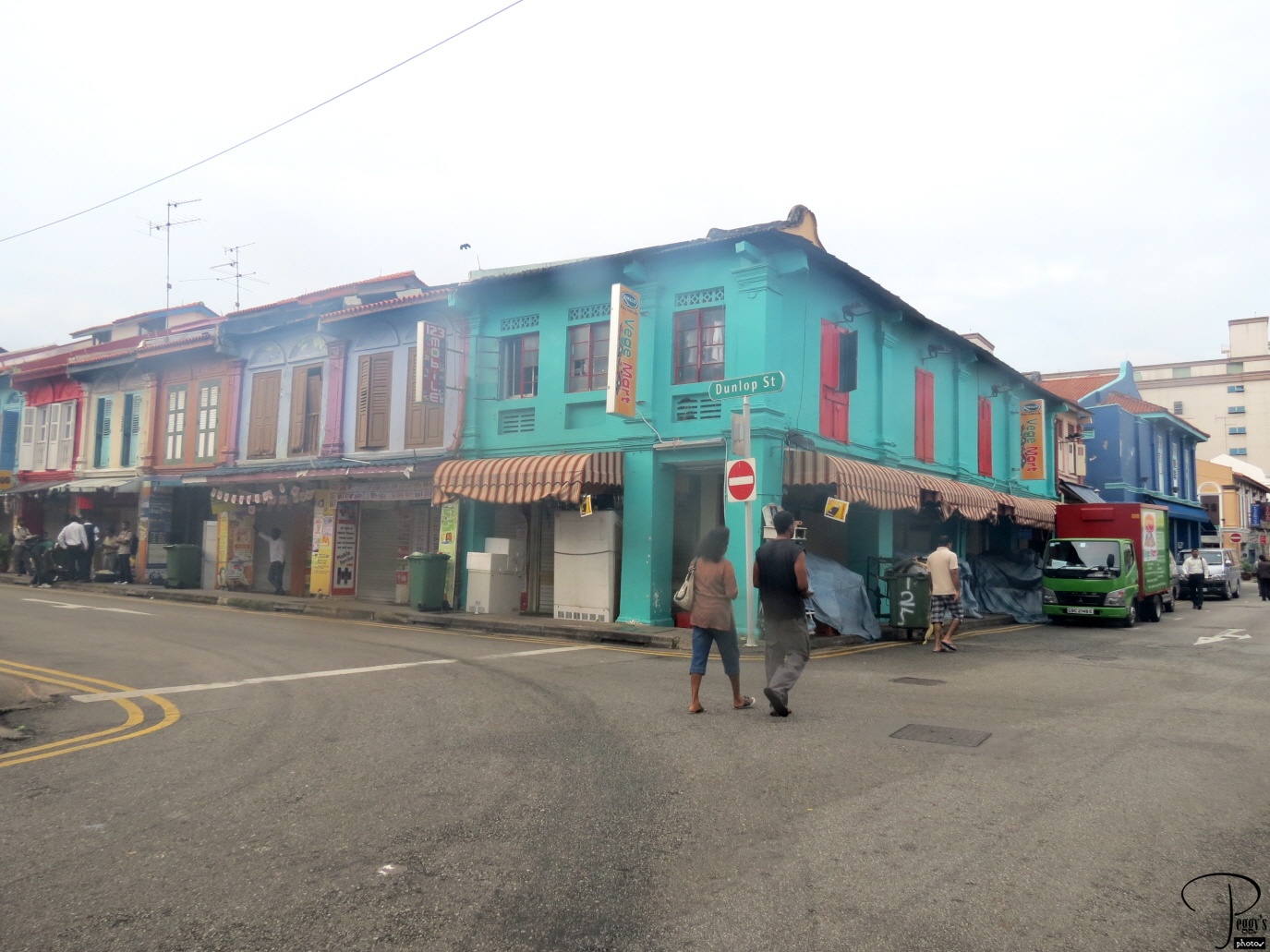
Day 3, Singapore. Min picked me up early from my hotel. We first walked to Buffalo Street, the heart of Little India, on the way to the metro station. This is the area that Min thought I would have been last Sunday but I missed it. The area is very colorful. But it was very early in the day and not many people were out on the street yet or many businesses open.

Buffalo Street, Little India
Zhujao Centre
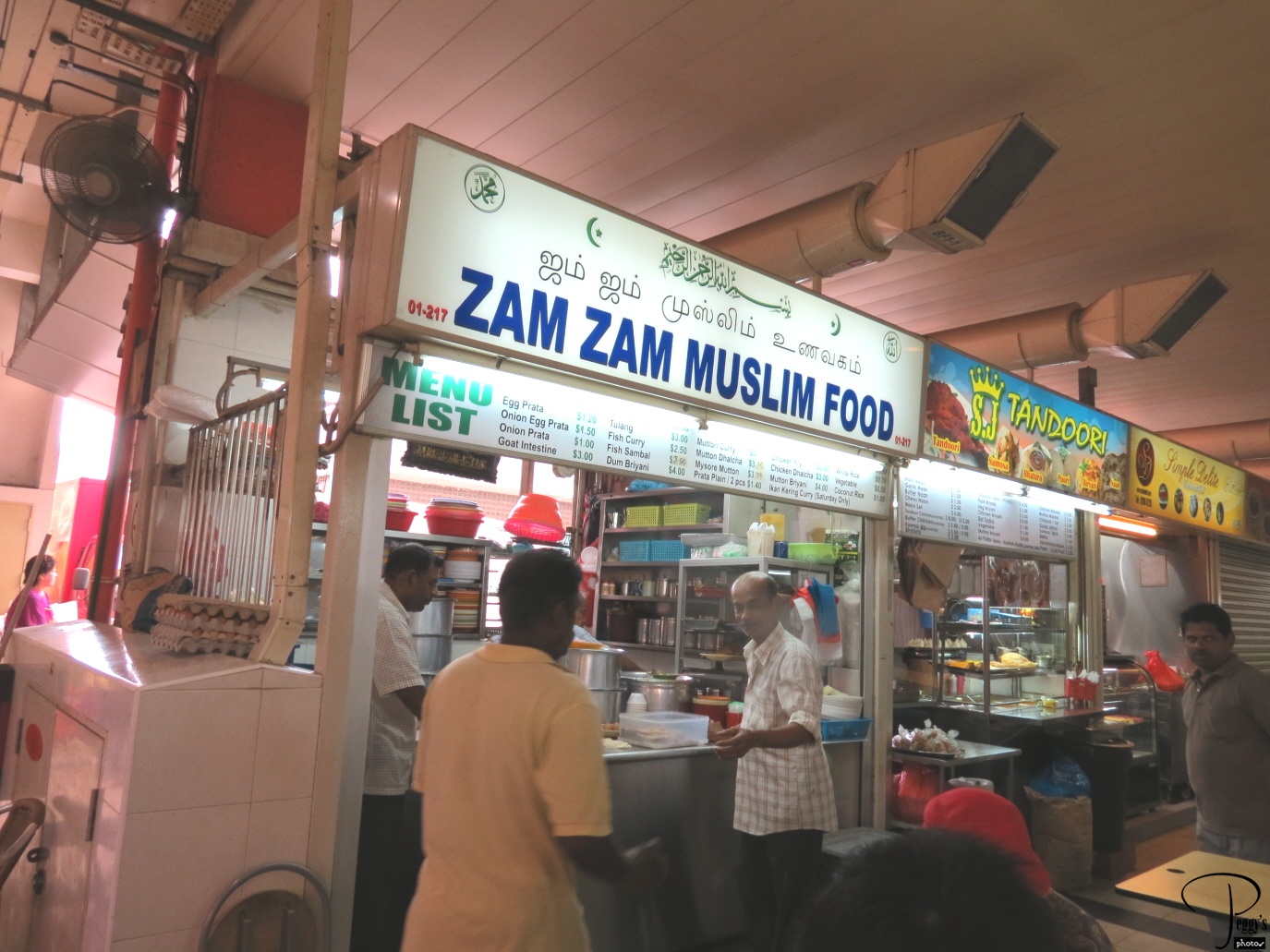
Zhujao Centre in Little India. We visited the food court of Zhujao Center, a massive structure, one of its entrances on Buffalo Street. Not only is Indian food served here but also Chinese and some others. Each stall offers different food , with some offering only one special item.

Zhujao Centre
Zhujao Centre
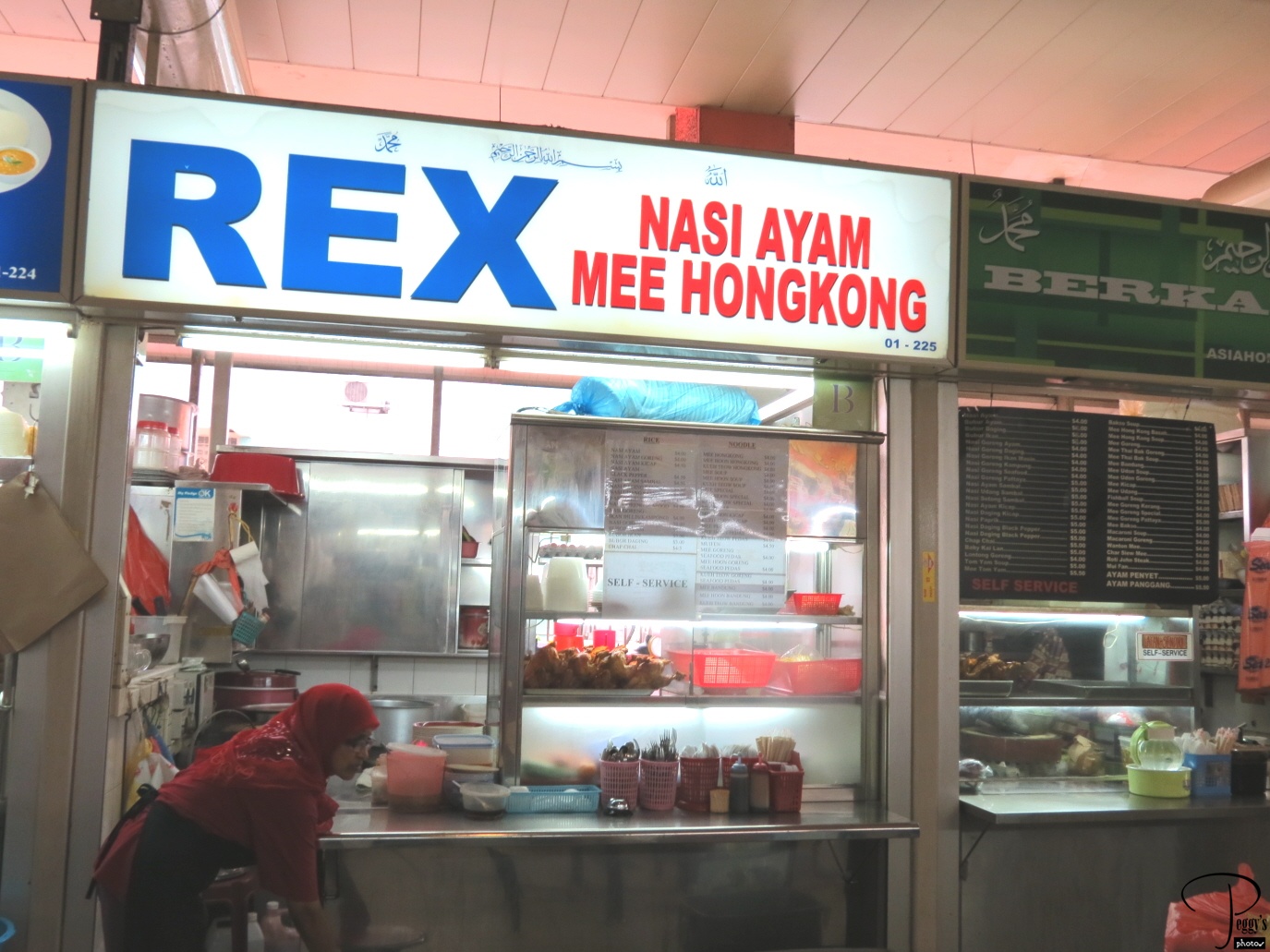
Another of the food stalls. I don’t think I have ever seen so many new dishes, drinks, fruits, and vegetables in any city I have been in as I have been seeing in Singapore. Of course, you would have to live here just to sample a small percentage of them. I have put my photos of Buffalo Street on a slide show: Go to Slide Shows, Asia, Singapore, “Buffalo Street, Little India, Day 3(A).”

Zhujao Centre
The Singapore Metro
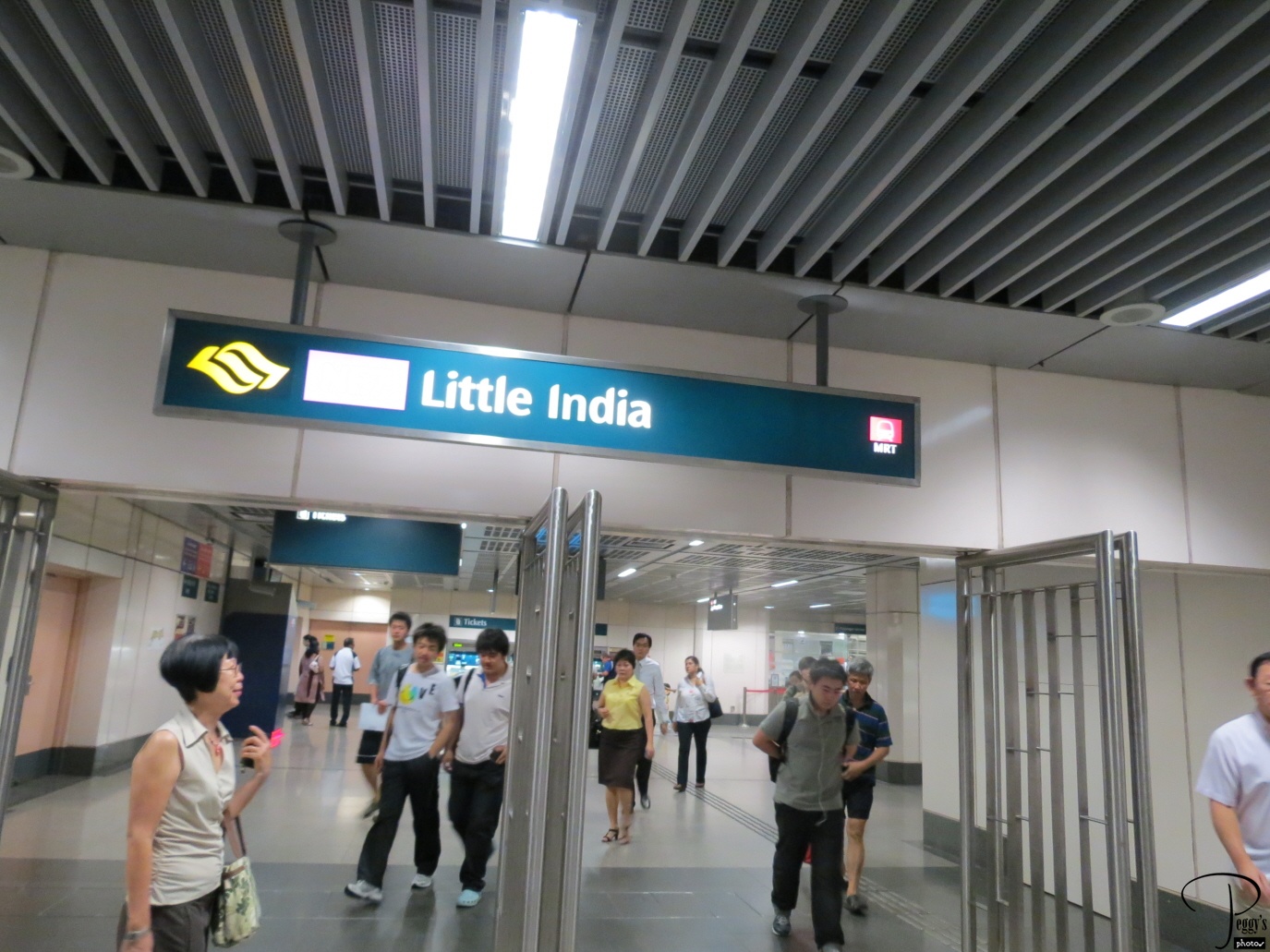
From Little India, we took the metro to Chinatown. The metro is modern, clean as can be, and easy to navigate––of course, all I had to do was to follow Min.

The Singapore Metro
The Singapore Metro
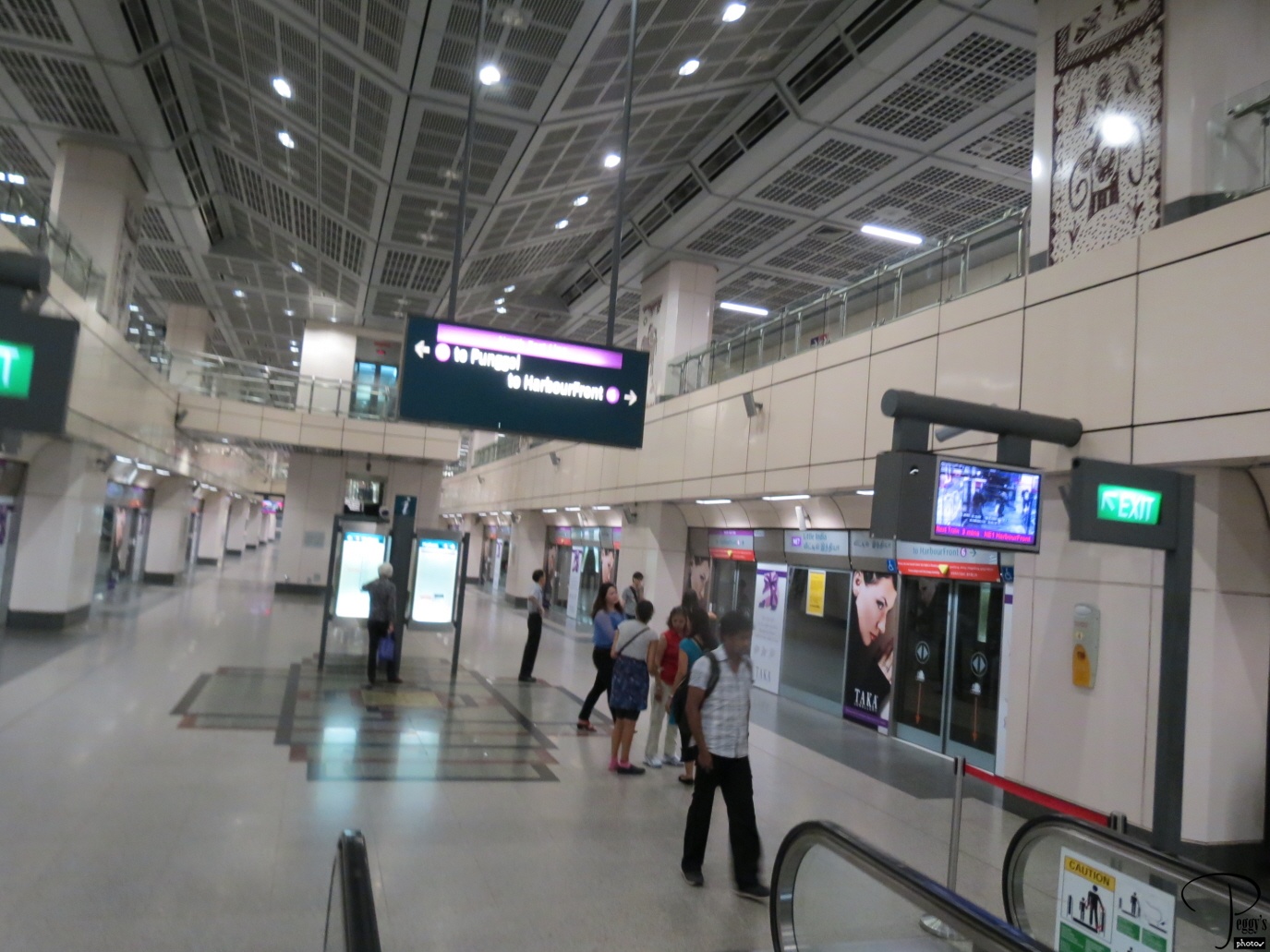
Going down to the trains.

The Singapore Metro
The Singapore Metro
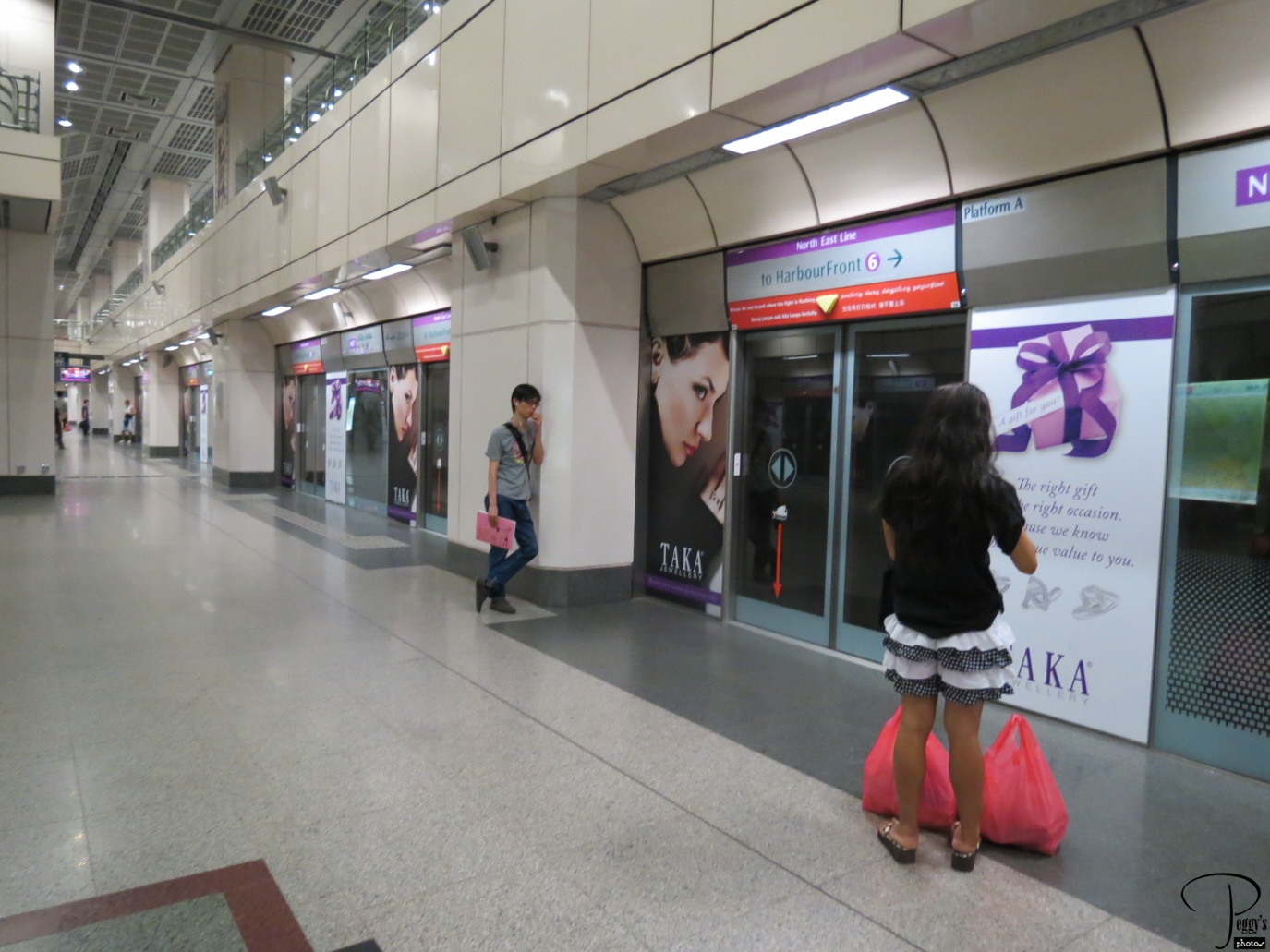
The glass doors don’t open until the train arrives as a safety precaution (to prevent people from falling from the platforms onto the tracks)––much like the system in airport terminals.

The Singapore Metro
The Singapore Metro
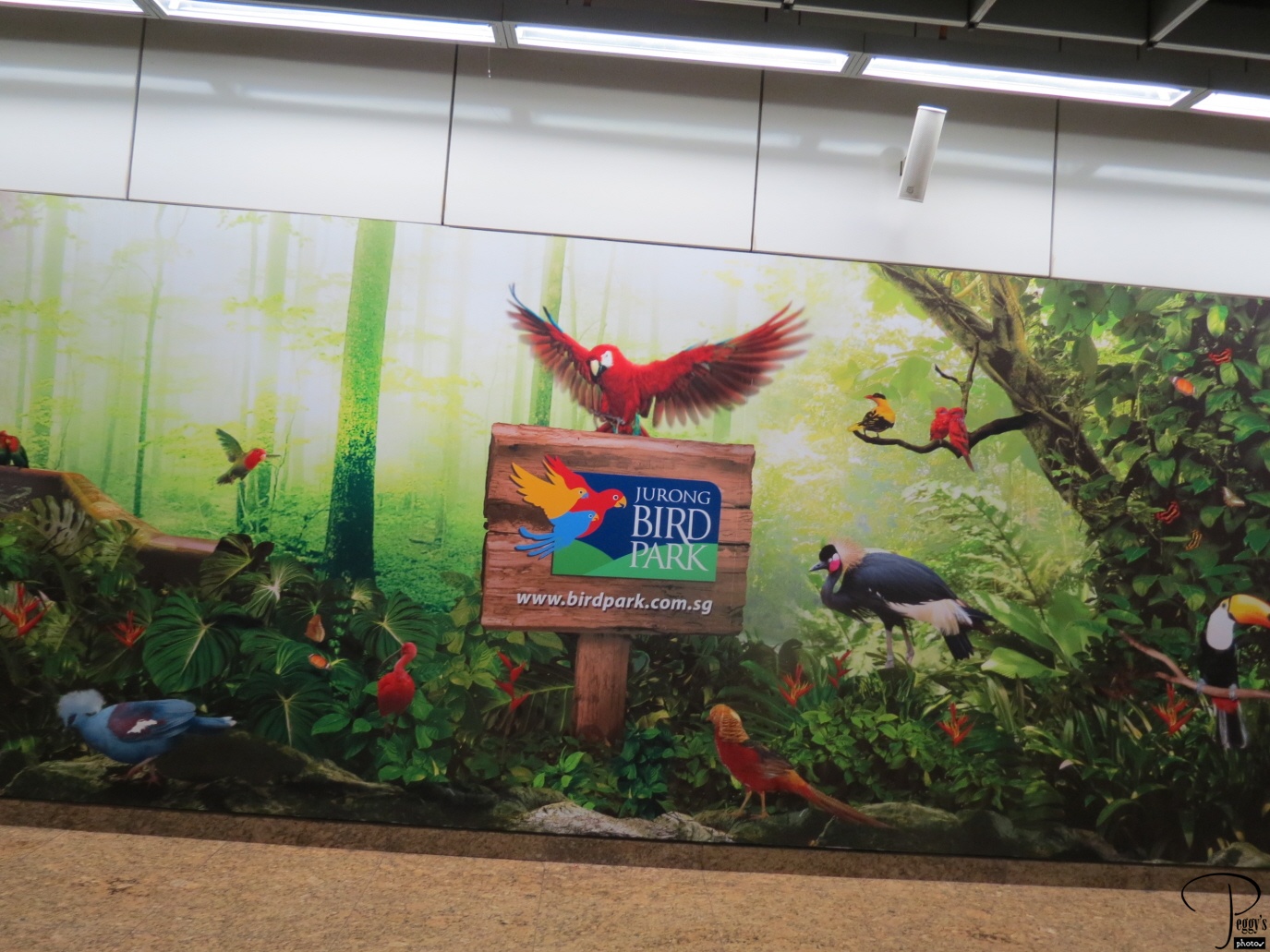
Advertisement in the metro for the Jurong Bird Park, which has 8,000 birds of 600 species. We didn’t go to it, but it is one of many Singapore attractions.

The Singapore Metro
Chinatown
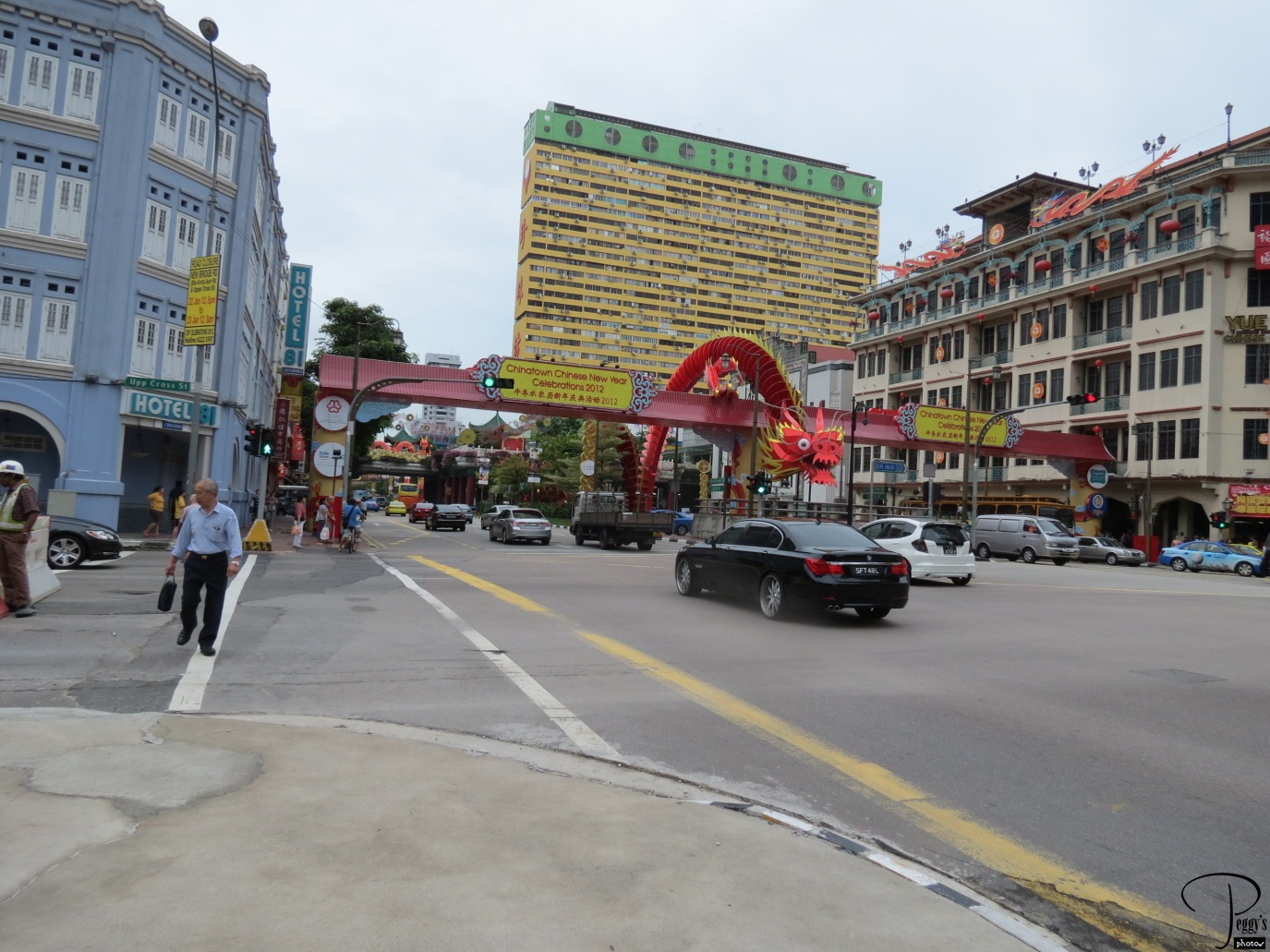
We are now in Singapore’s Chinatown.

Chinatown
Singapore’s Chinatown
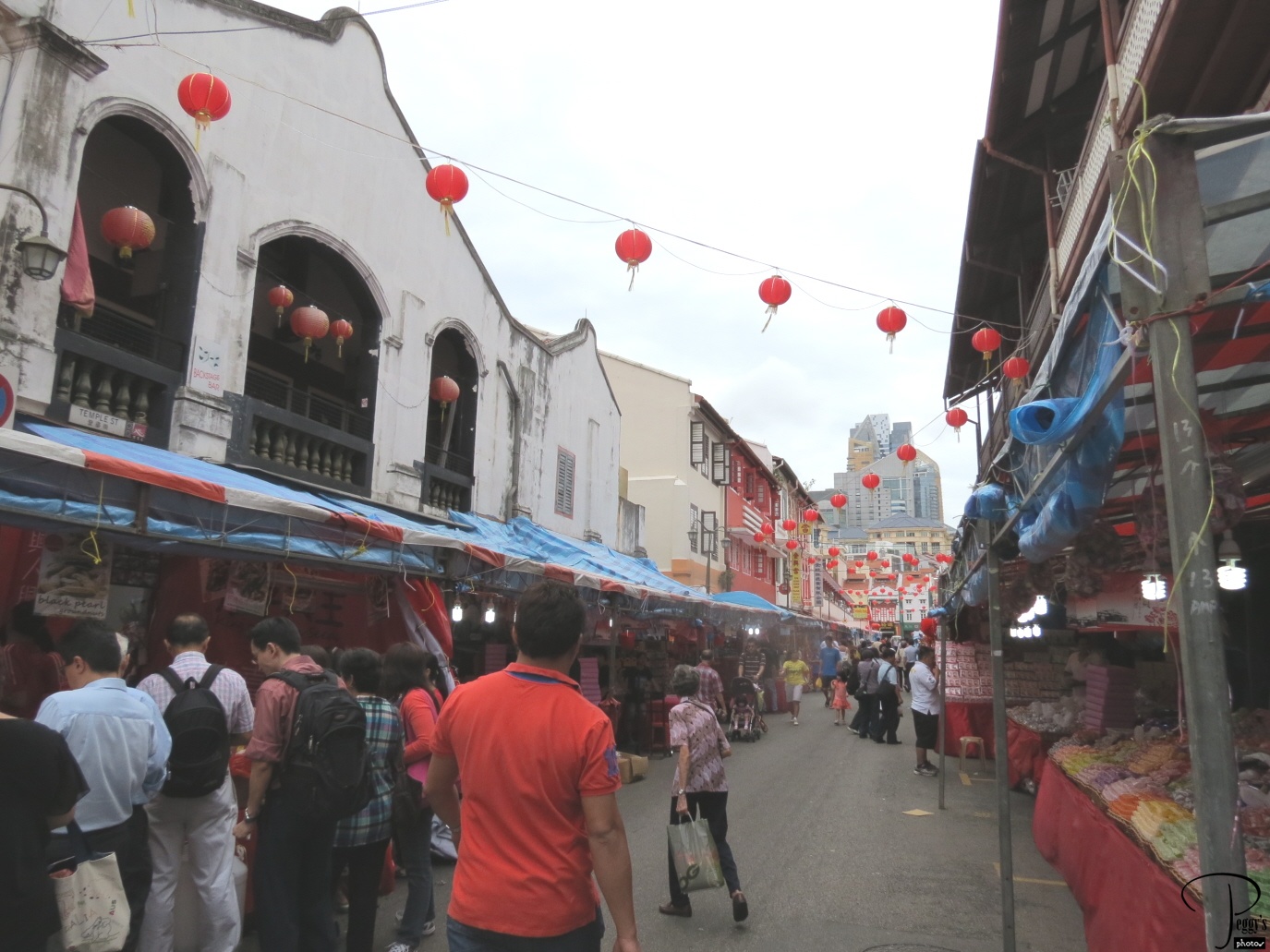
Walking through Chinatown.

Singapore’s Chinatown
China Complex

We ate lunch at the China Complex, another food court.

China Complex
China Complex
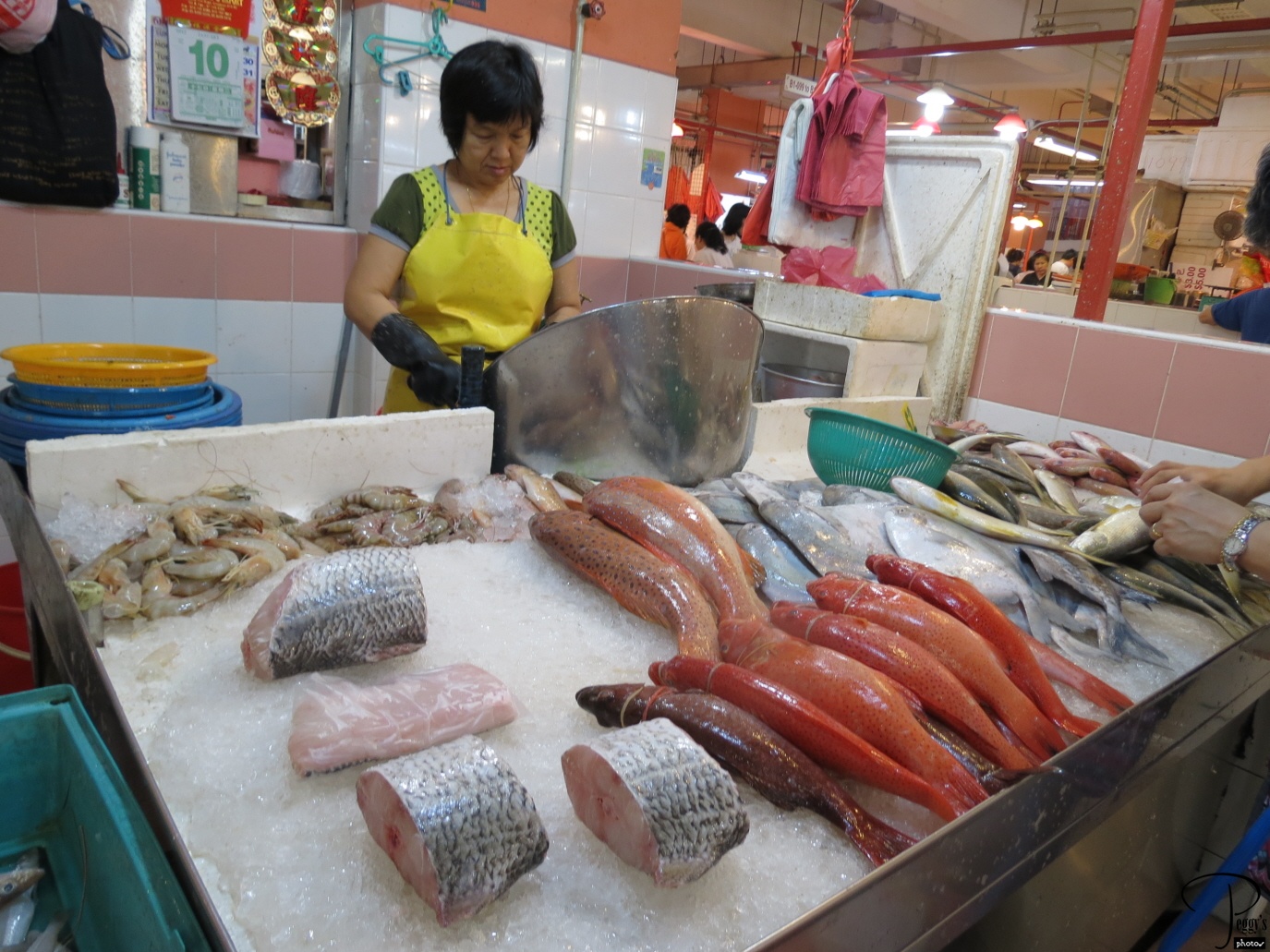
In the basement of the China Complex is a wet market. A wet market sells fresh fish, some meat, plus produce and flowers. This wet market also sold snakes and crocodile meat.

China Complex
Chinatown Heritage Center
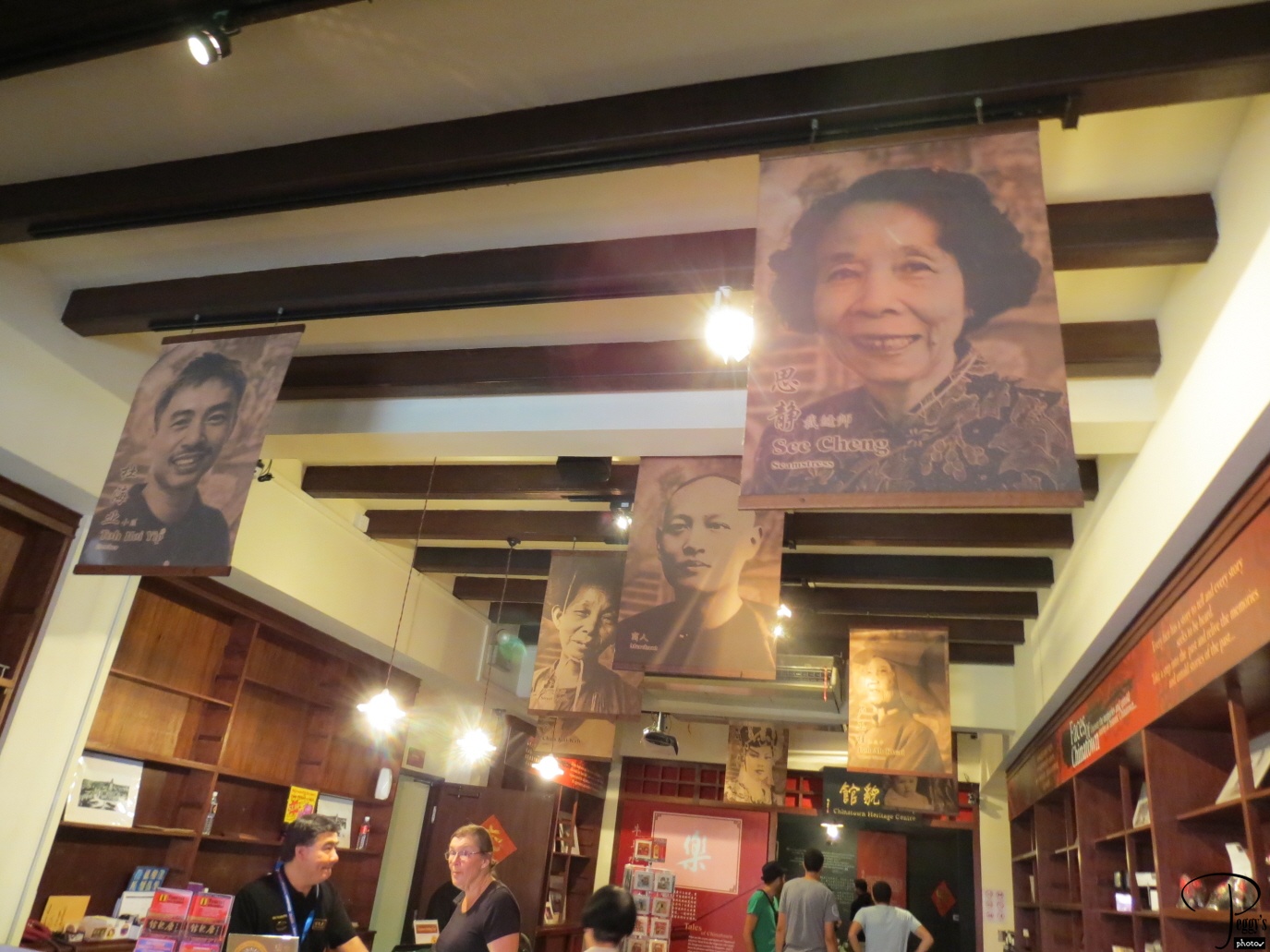
While in Chinatown, we also visited the Chinatown Heritage Center, which traces the history of the Chinese migration to Singapore. From its brochure: “Every face has a story to tell and every story seeks to be heard. Take a step into the past, look beyond these pictures and experience the everyday struggles that the early settlers faced to make ends meet.”
Conditions were so bad in China––floods, droughts, famine, wars, and corruption––in the period from 1838 to 1895, that many Chinese were willing to to brave anything to start a new life. There were about 2,000 Chinese in Singapore in 1838 and then almost 200,000 in 1895. Today, about 74% of Singapore’s population is Chinese.
The Chinese Heritage Center occupies three restored shophouses on Pagoda Street. The shophouses also contained a Death House where sick immigrants with no families came to die.

Chinatown Heritage Center
Chinatown Heritage Center
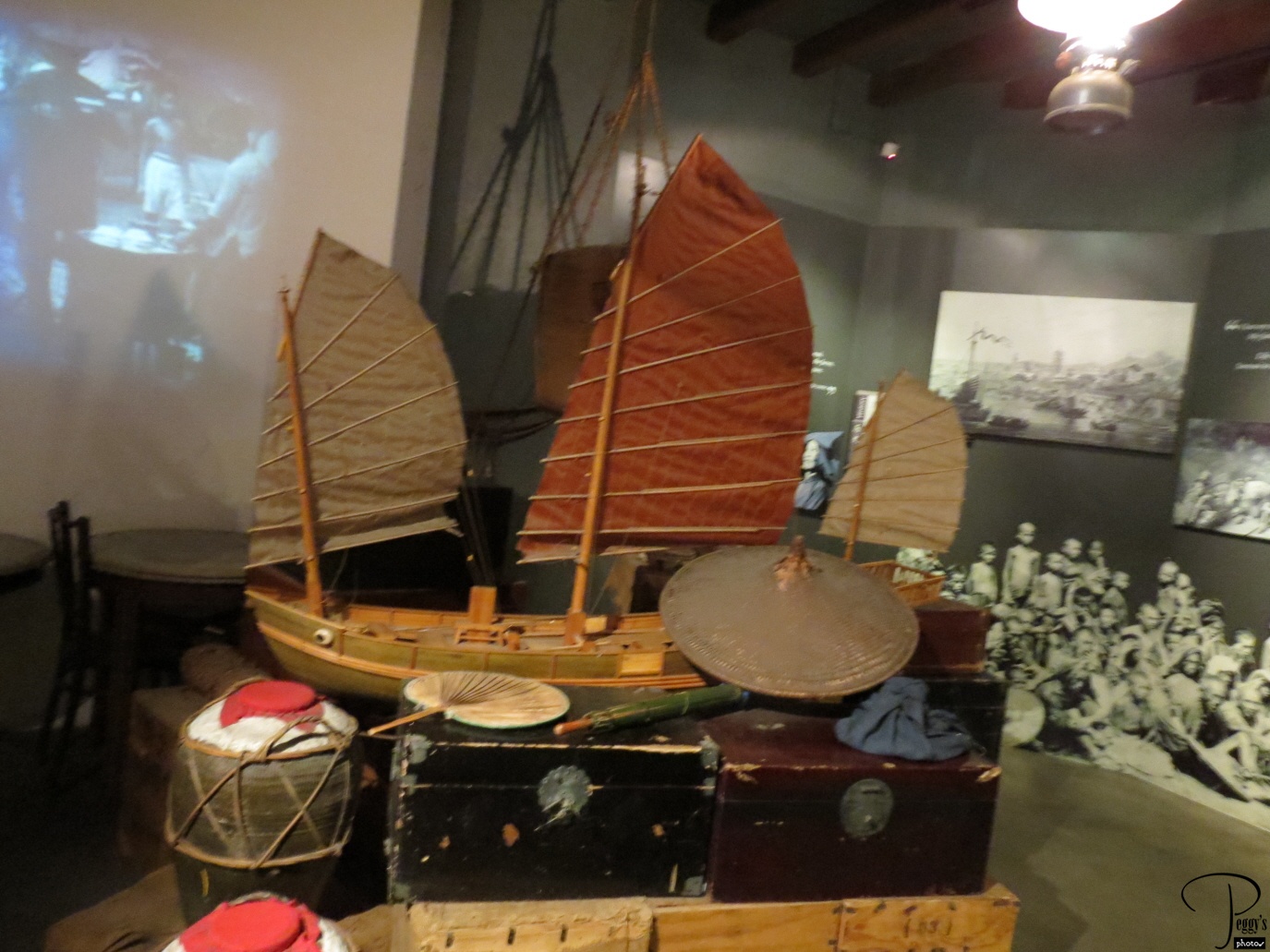
The type of boat that carried the Chinese on their voyage from China to Singapore.

Chinatown Heritage Center
Chinatown Heritage Center
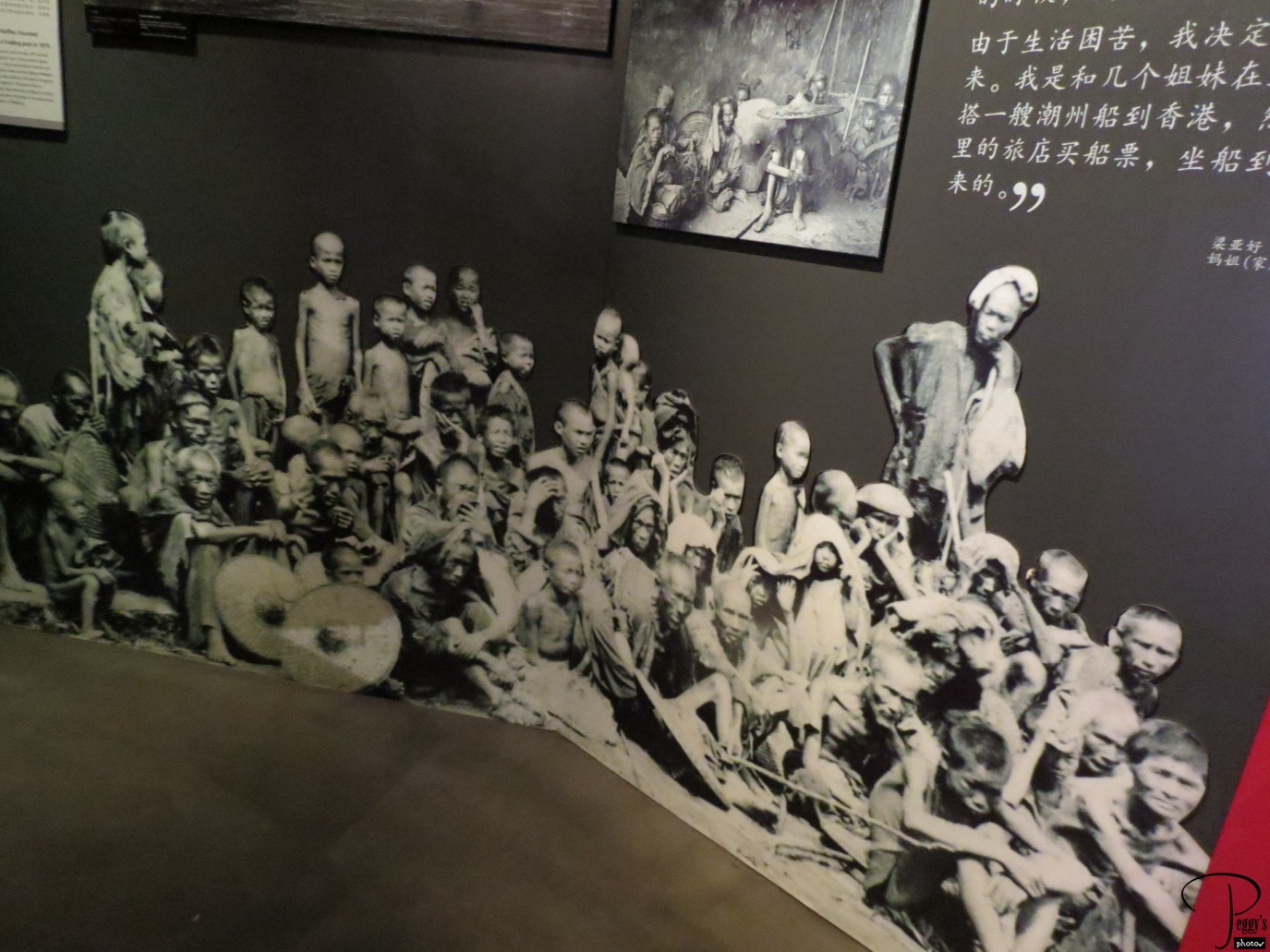
Many people died on the voyages and many of those who survived were near death.

Chinatown Heritage Center
Chinatown Heritage Center
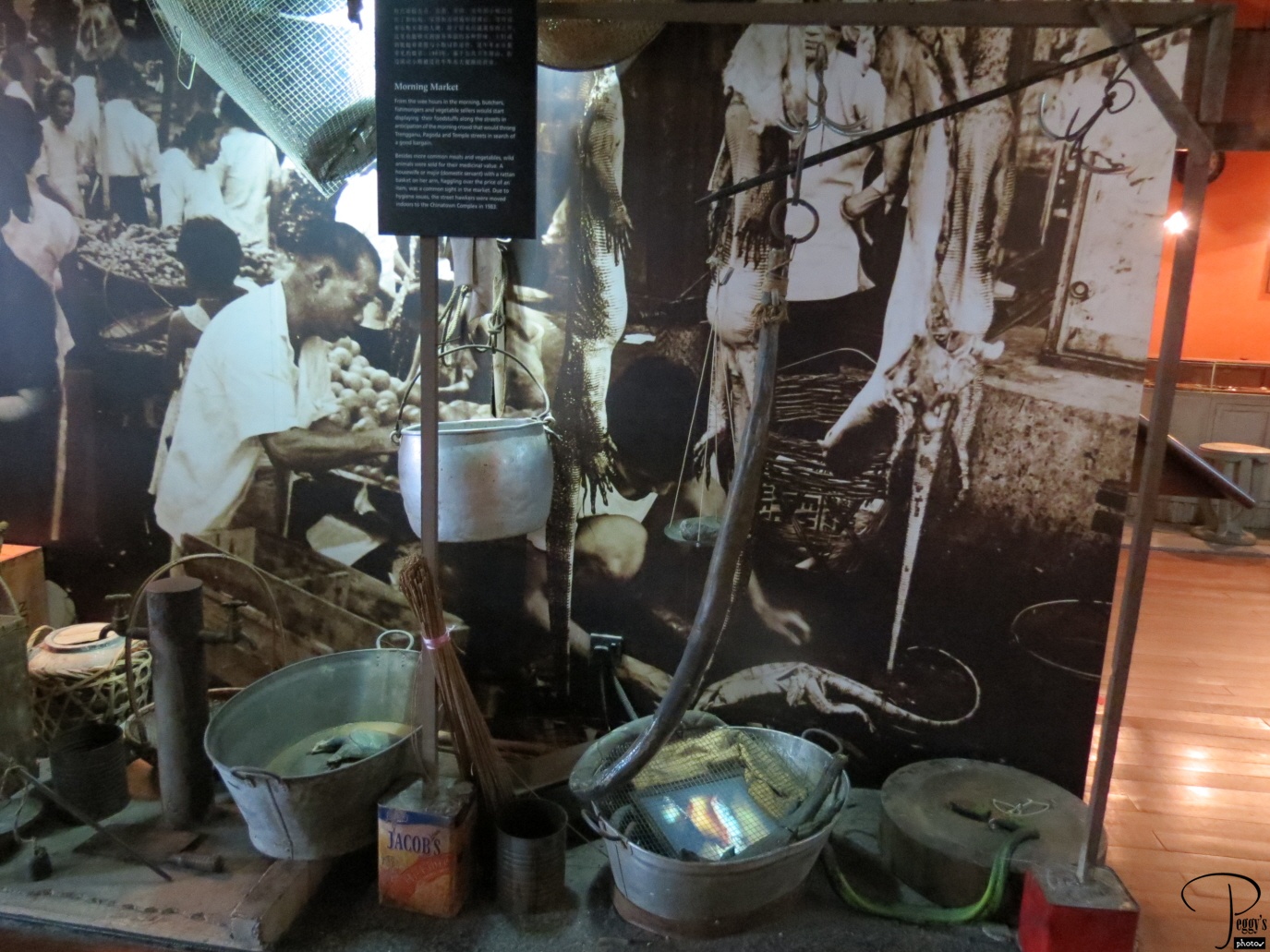
At the Heritage Center, there were many old photos of life in Chinatown in the 1800s. This one shows a street market. Items that would have been sold in these markets have also been included in the exhibit.

Chinatown Heritage Center
Chinatown Heritage Center
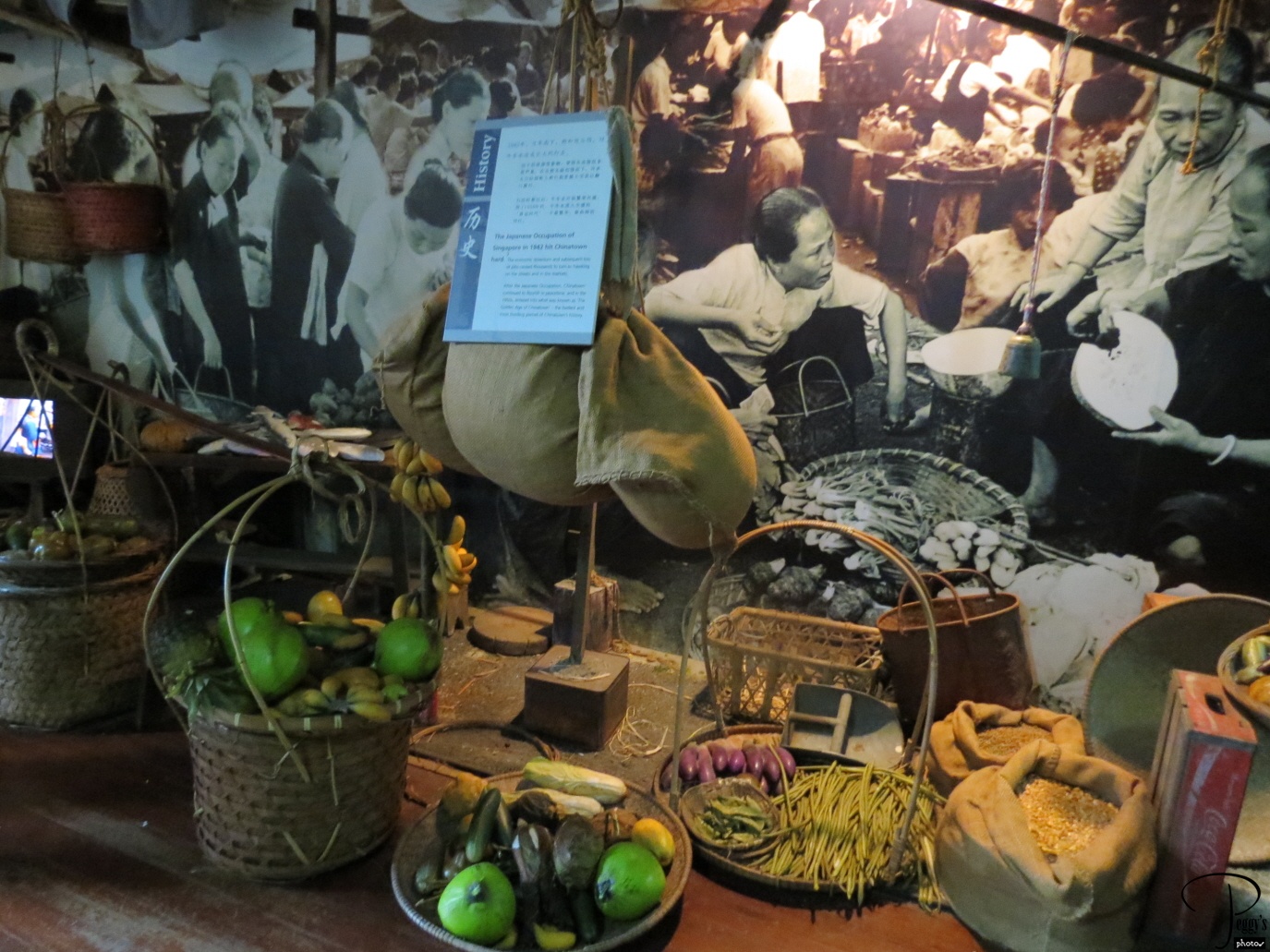
Another street market exhibit.

Chinatown Heritage Center
Chinatown Heritage Center
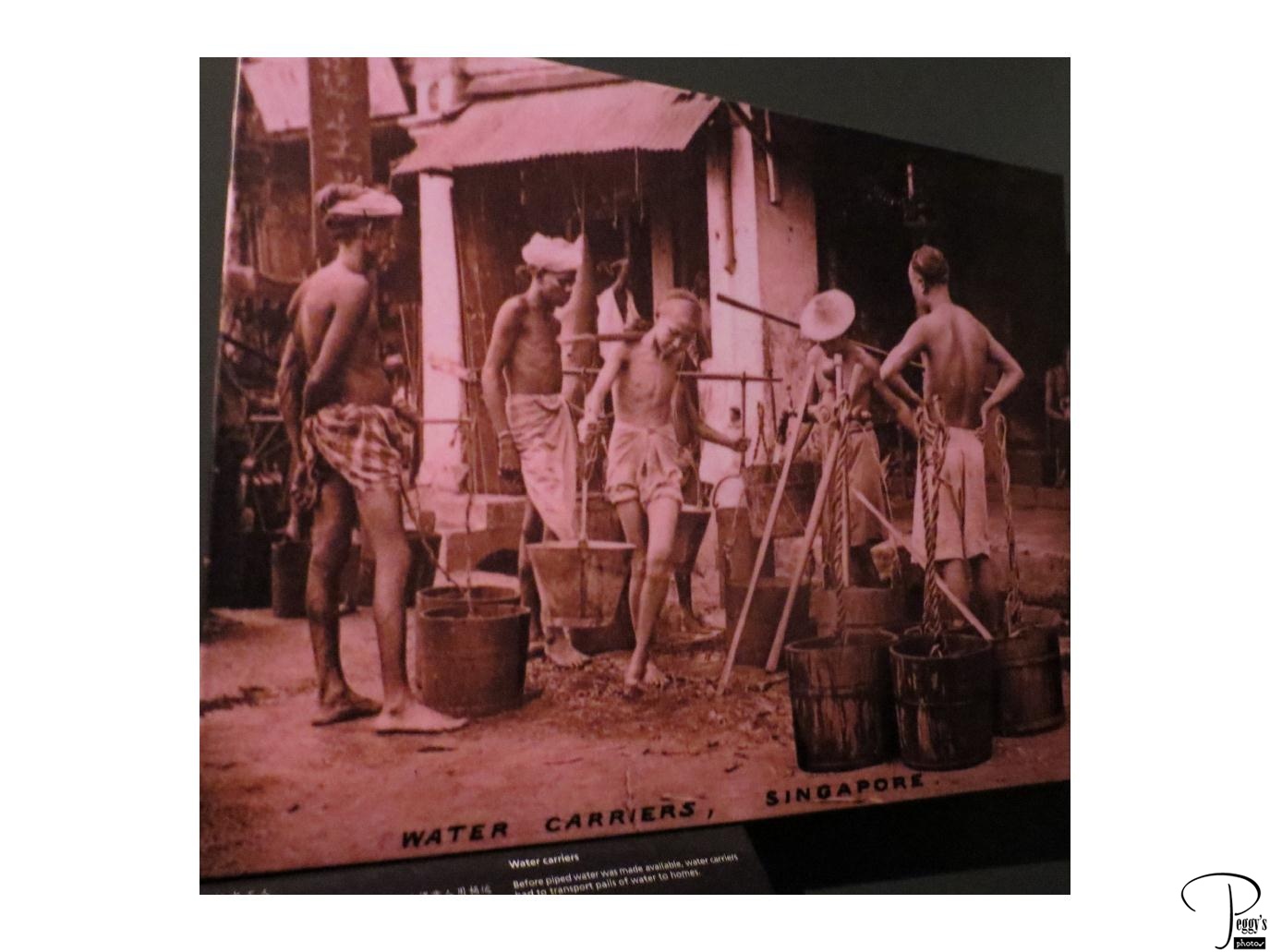
A photo of the water carriers.

Chinatown Heritage Center
Chinatown Heritage Center
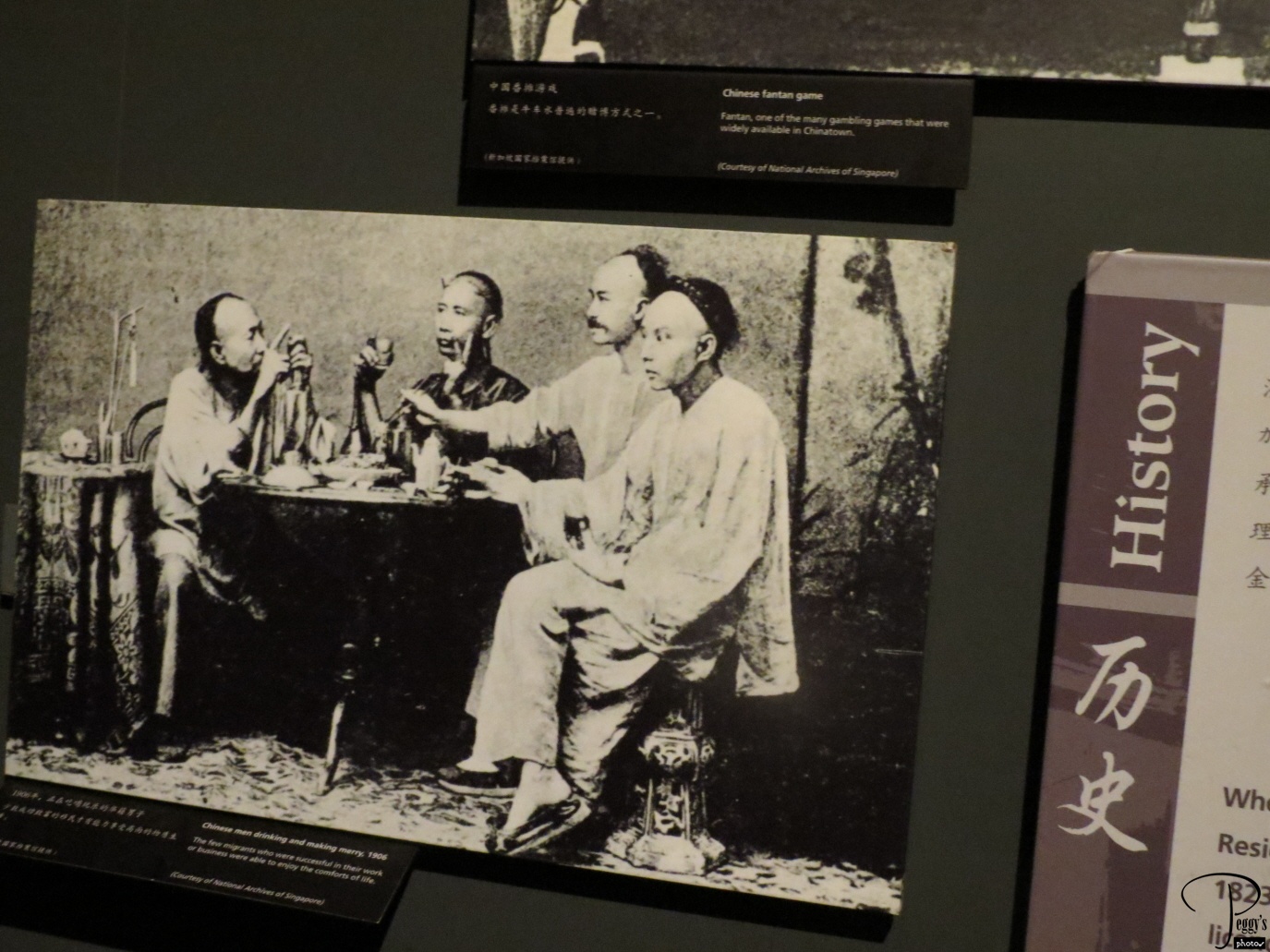
Old men at a table drinking tea.

Chinatown Heritage Center
Chinatown Heritage Center
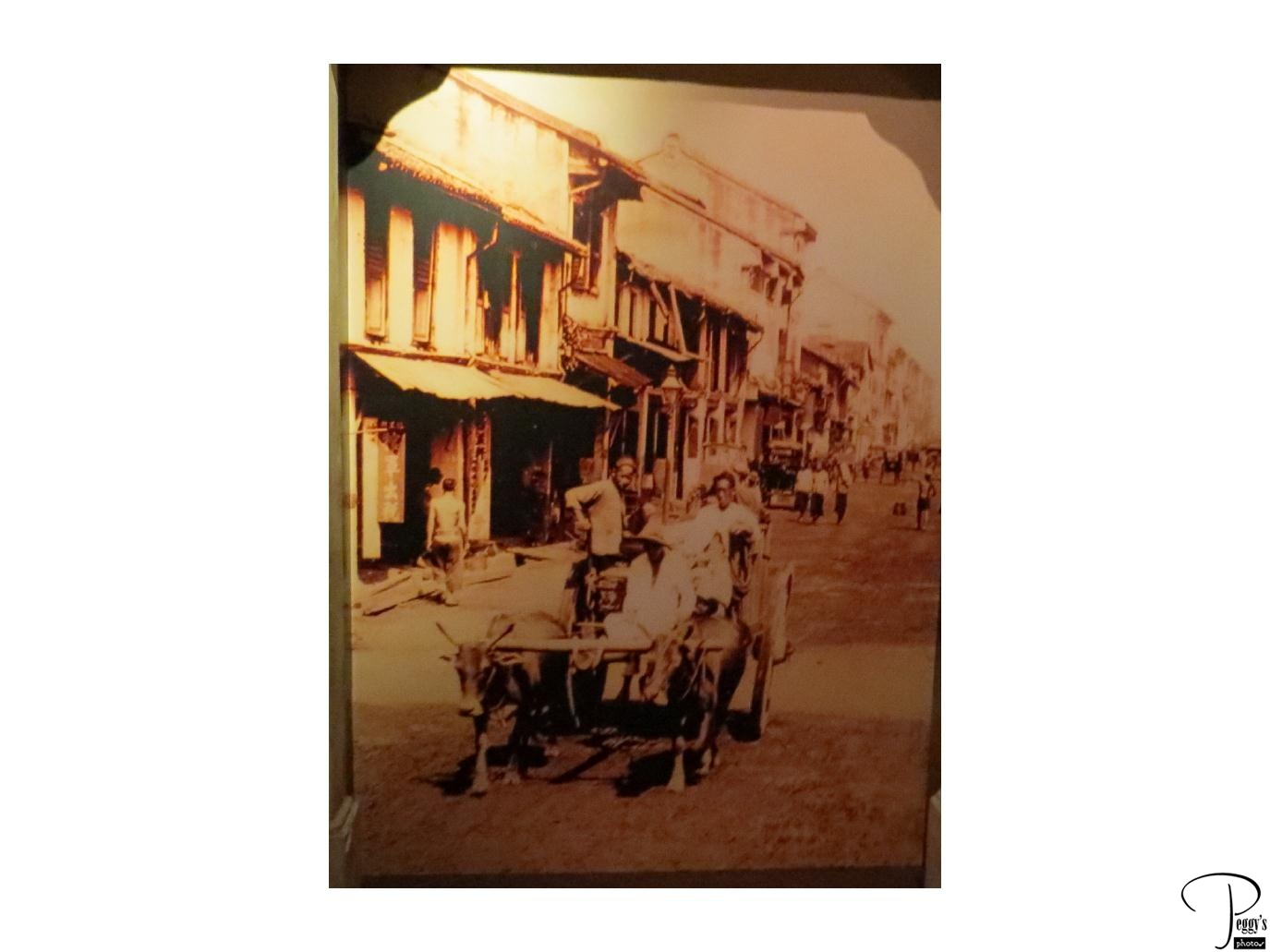
Photo of early Chinatown.

Chinatown Heritage Center
Chinatown Heritage Center
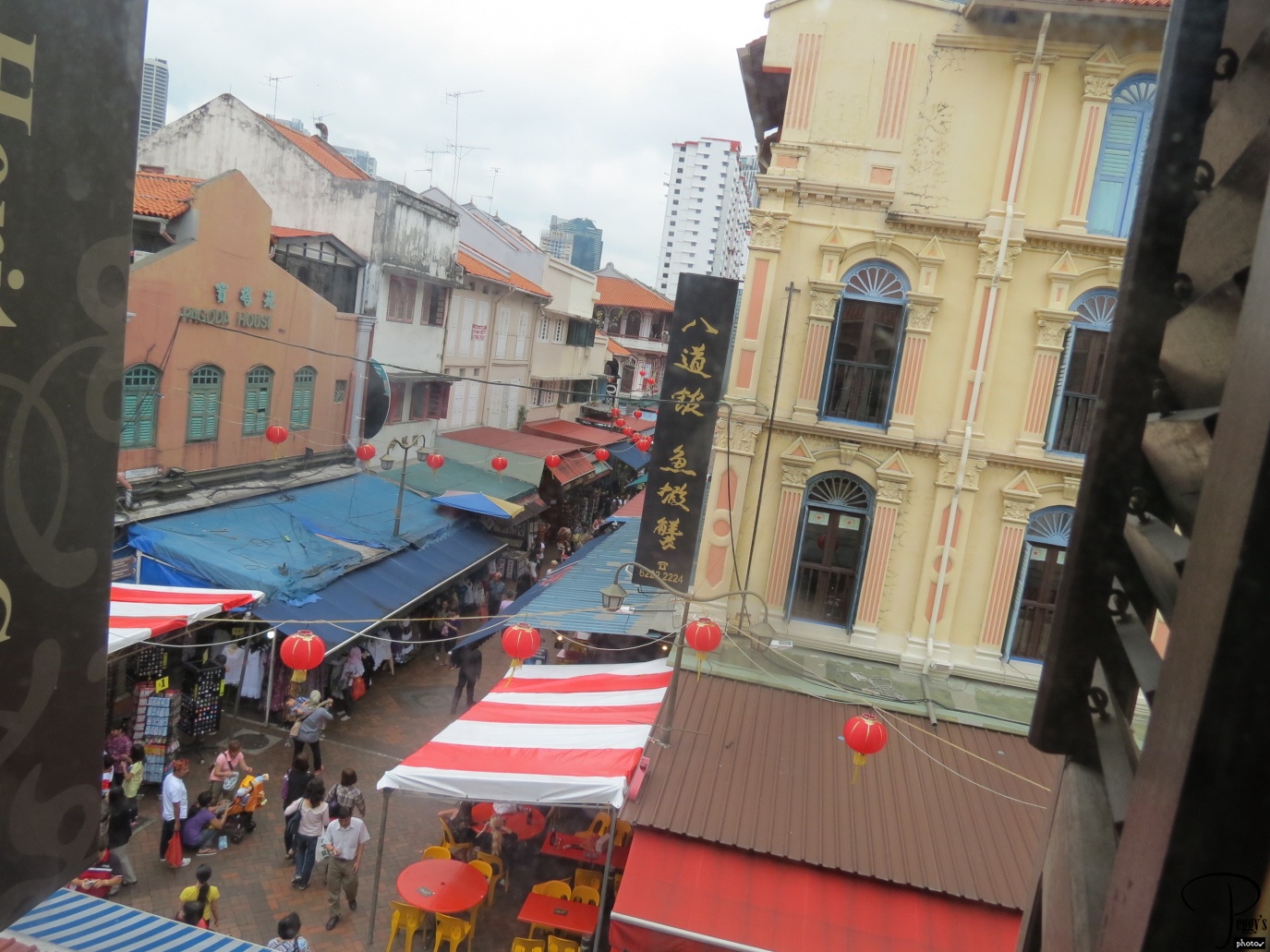
Chinatown today seen from a window of the Chinatown Heritage Center.

Chinatown Heritage Center
Chinatown Heritage Center
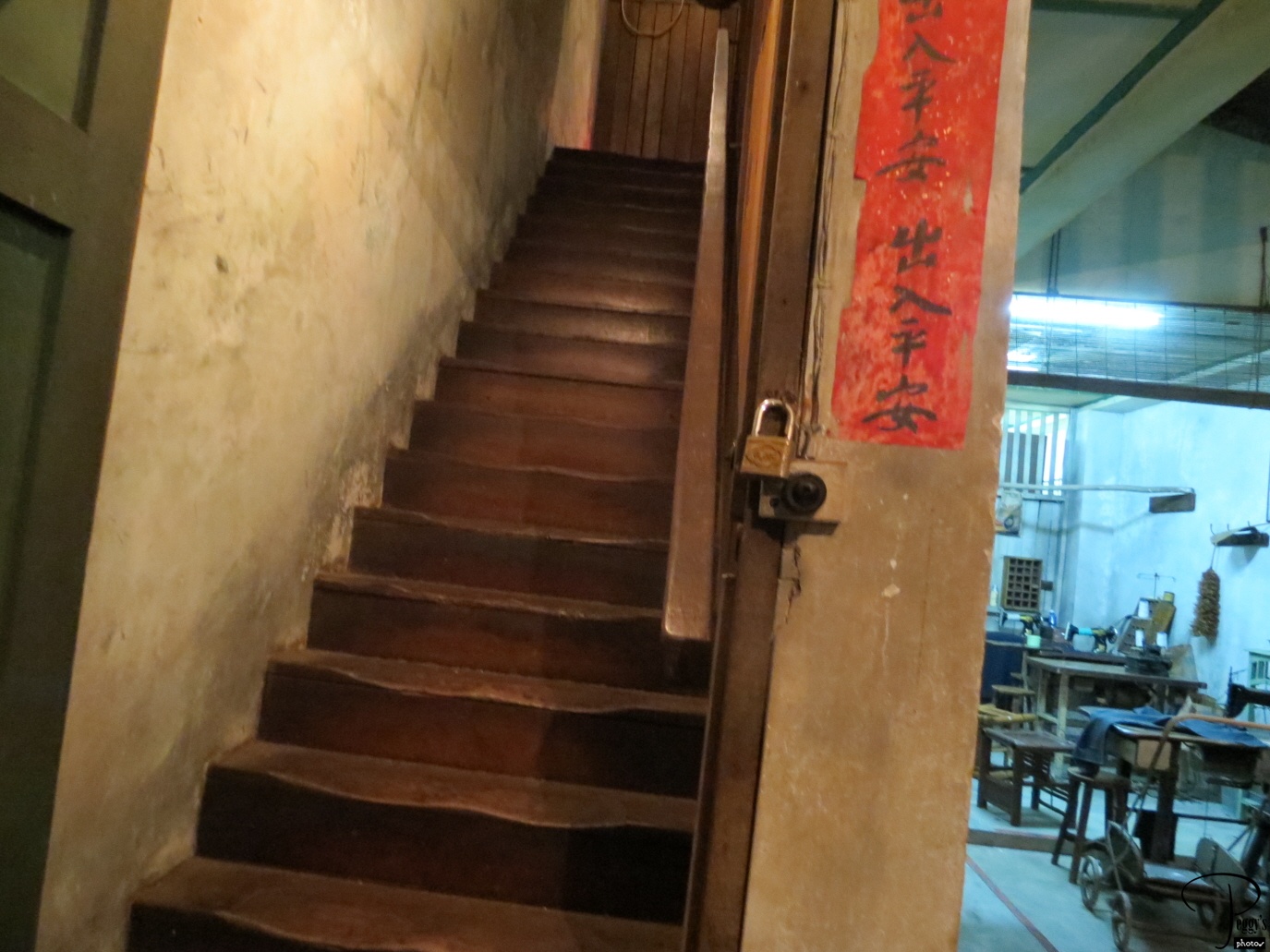
There were also rooms created in the Heritage Center to show how people lived. This shows a staircase going up between floors––very steep.

Chinatown Heritage Center
Chinatown Heritage Center
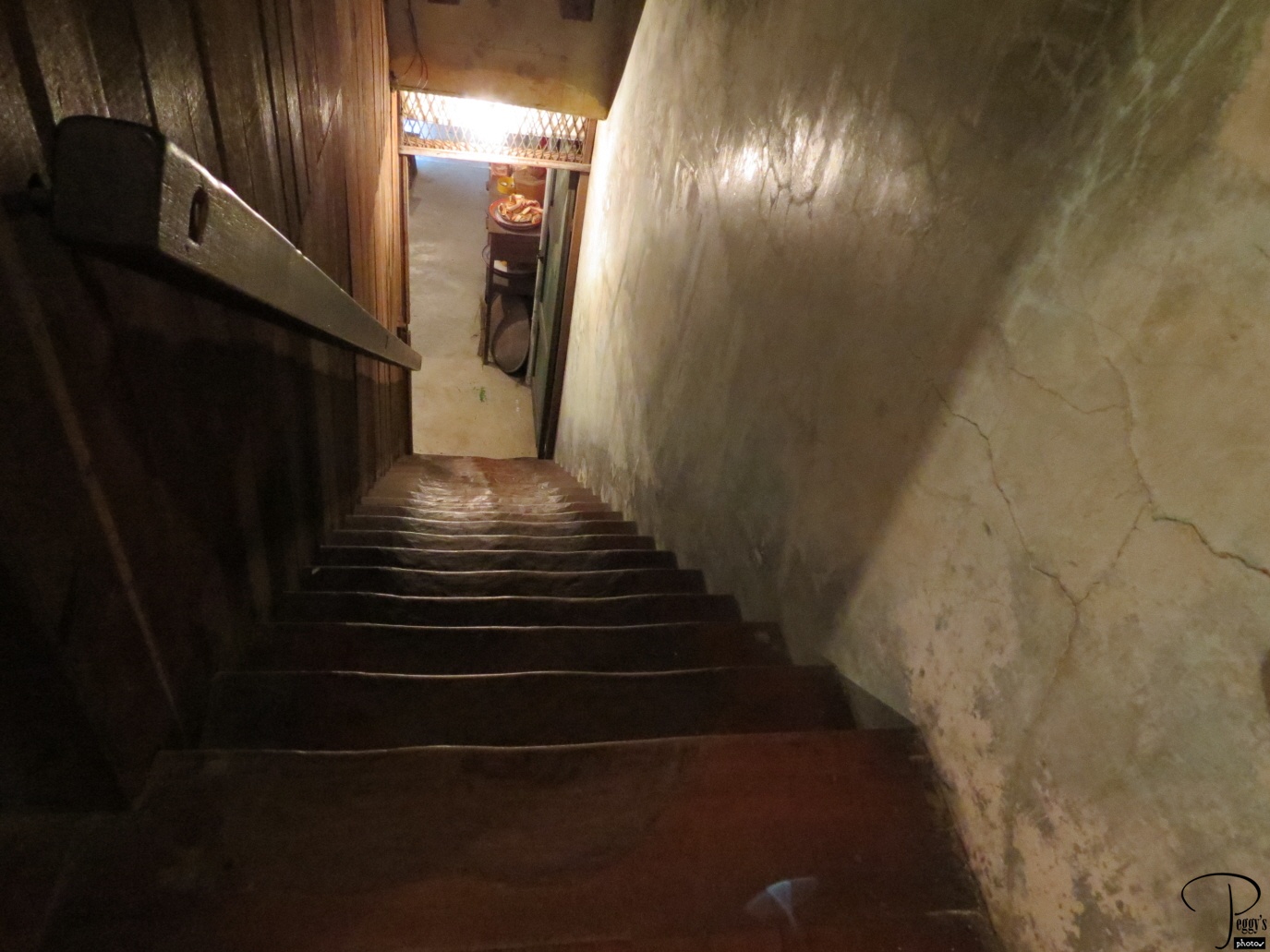
A staircase going down.

Chinatown Heritage Center
Chinatown Heritage Center
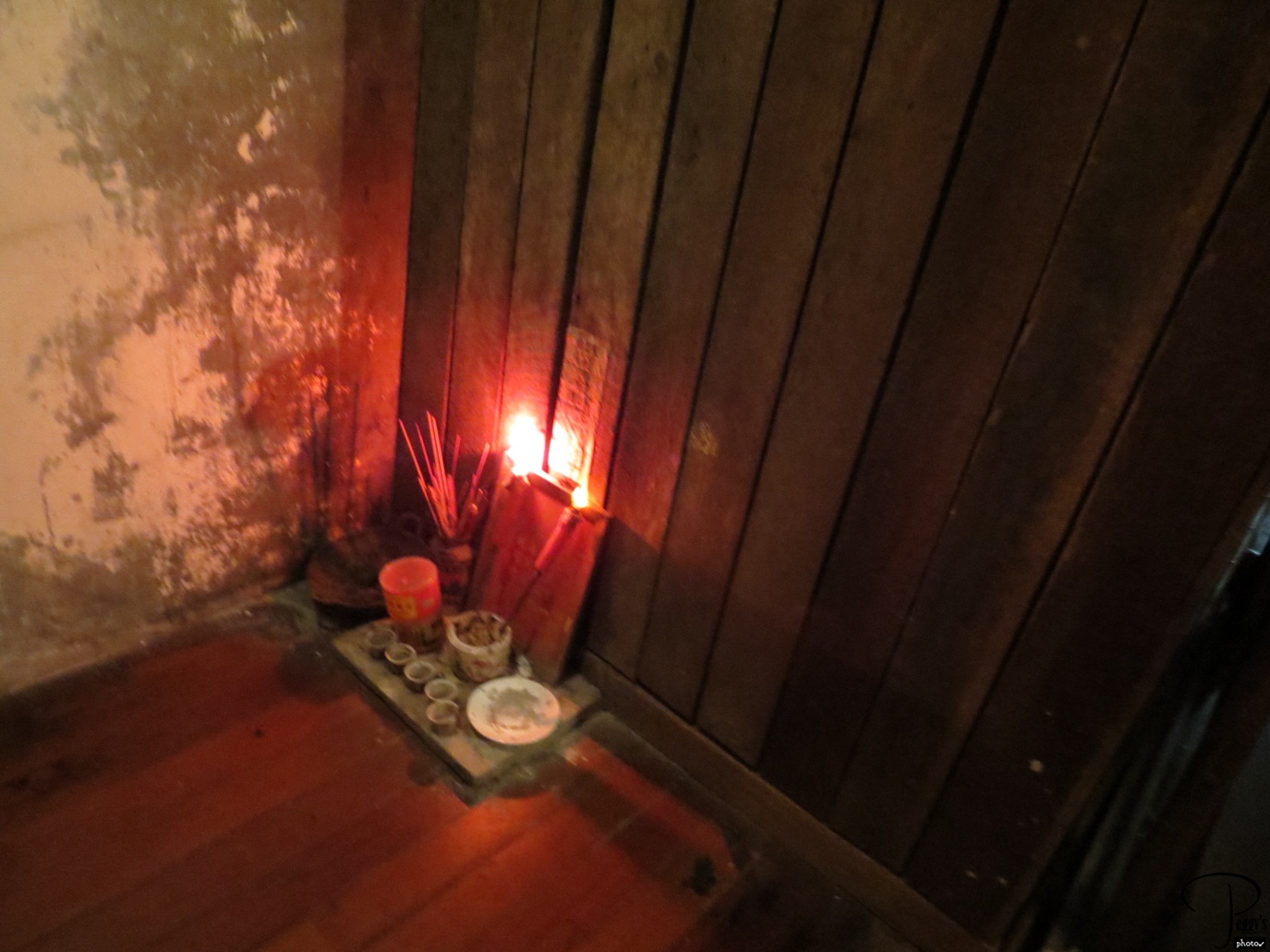
Shrine at the top of the staircase.

Chinatown Heritage Center
Chinatown Heritage Center
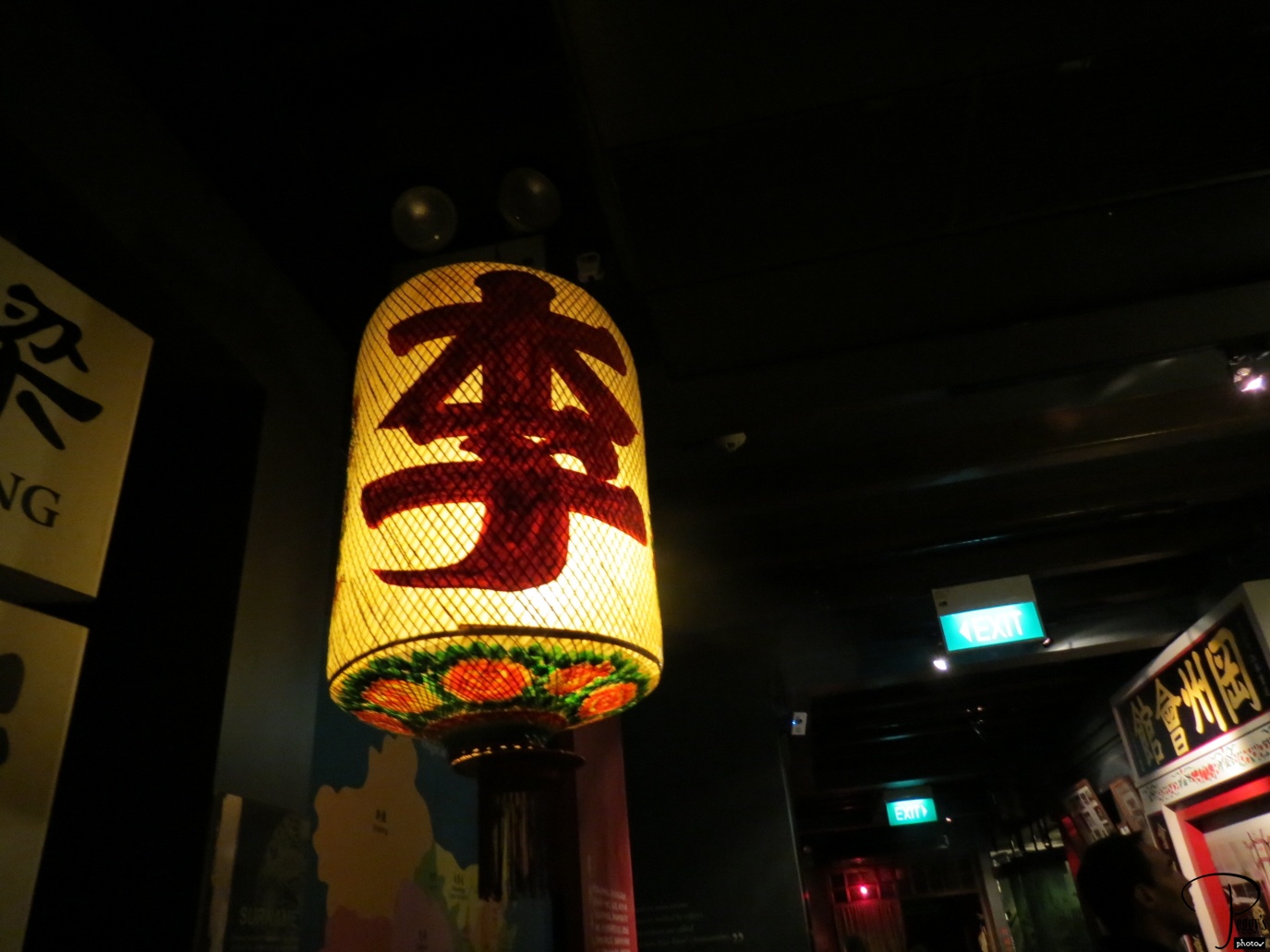
Beautiful old lantern in one of the rooms.

Chinatown Heritage Center
Chinatown Heritage Center
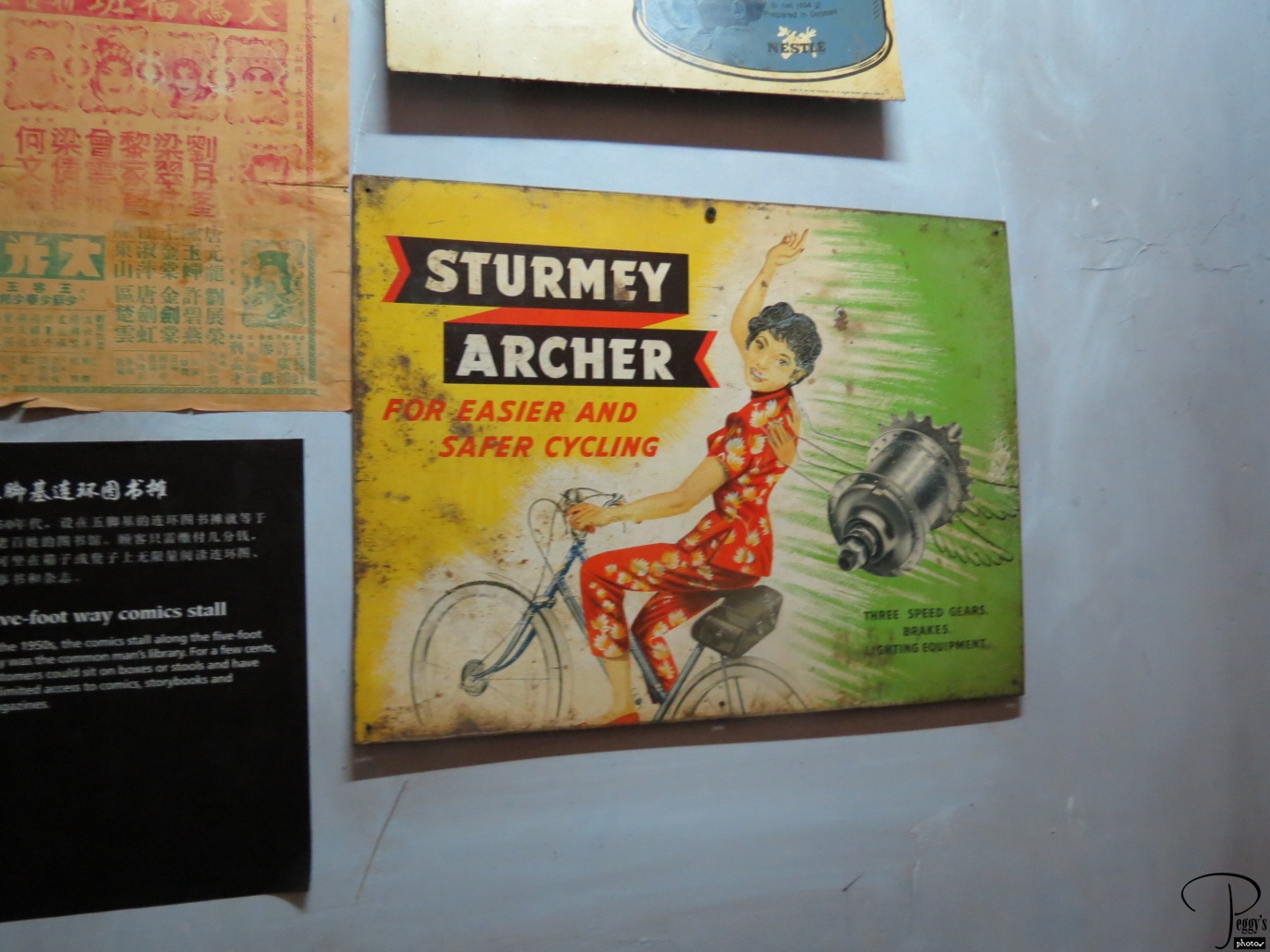
An old advertisement.

Chinatown Heritage Center
Chinatown Heritage Center
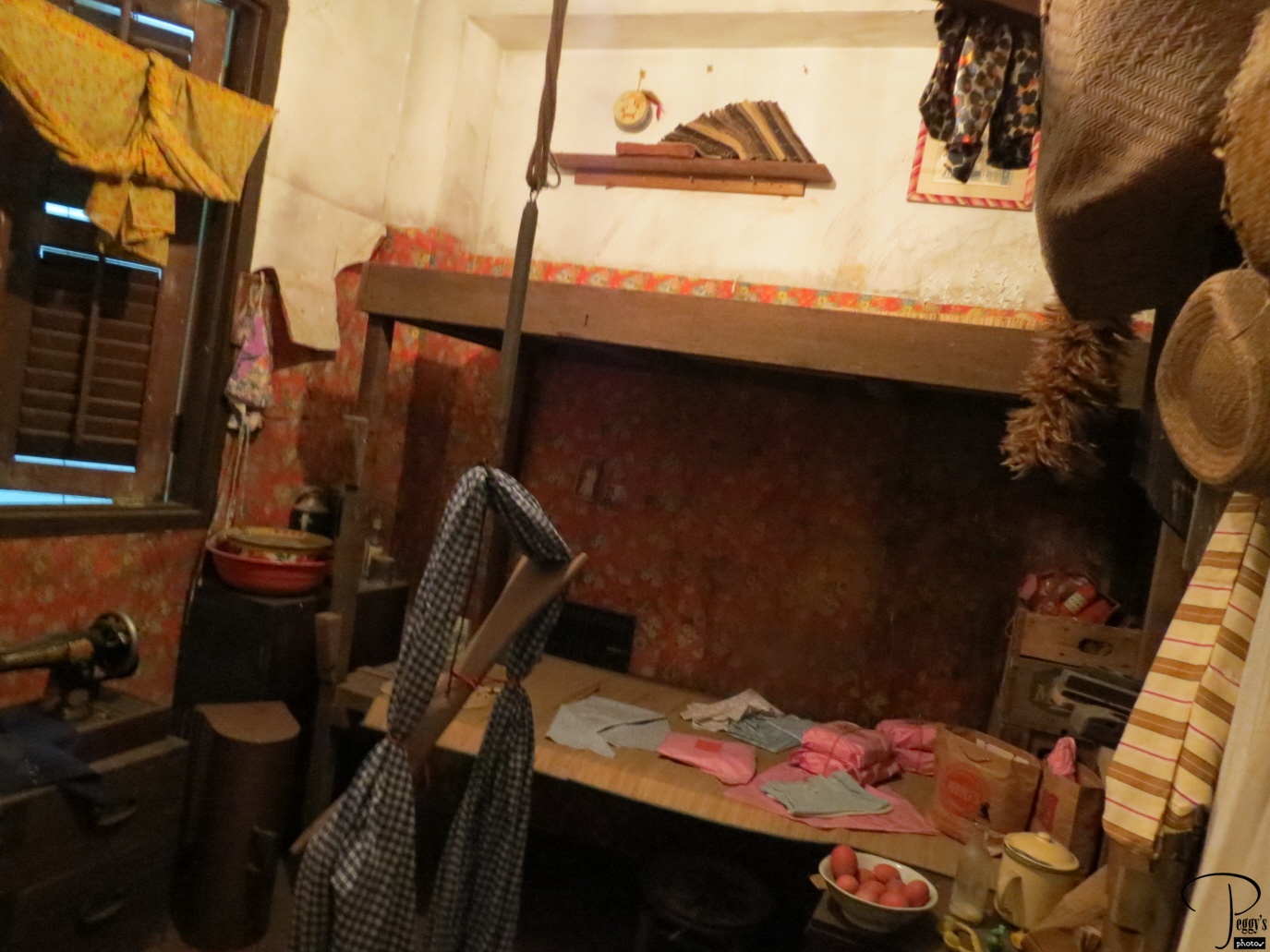
Sleeping quarters.

Chinatown Heritage Center
Chinatown Heritage Center
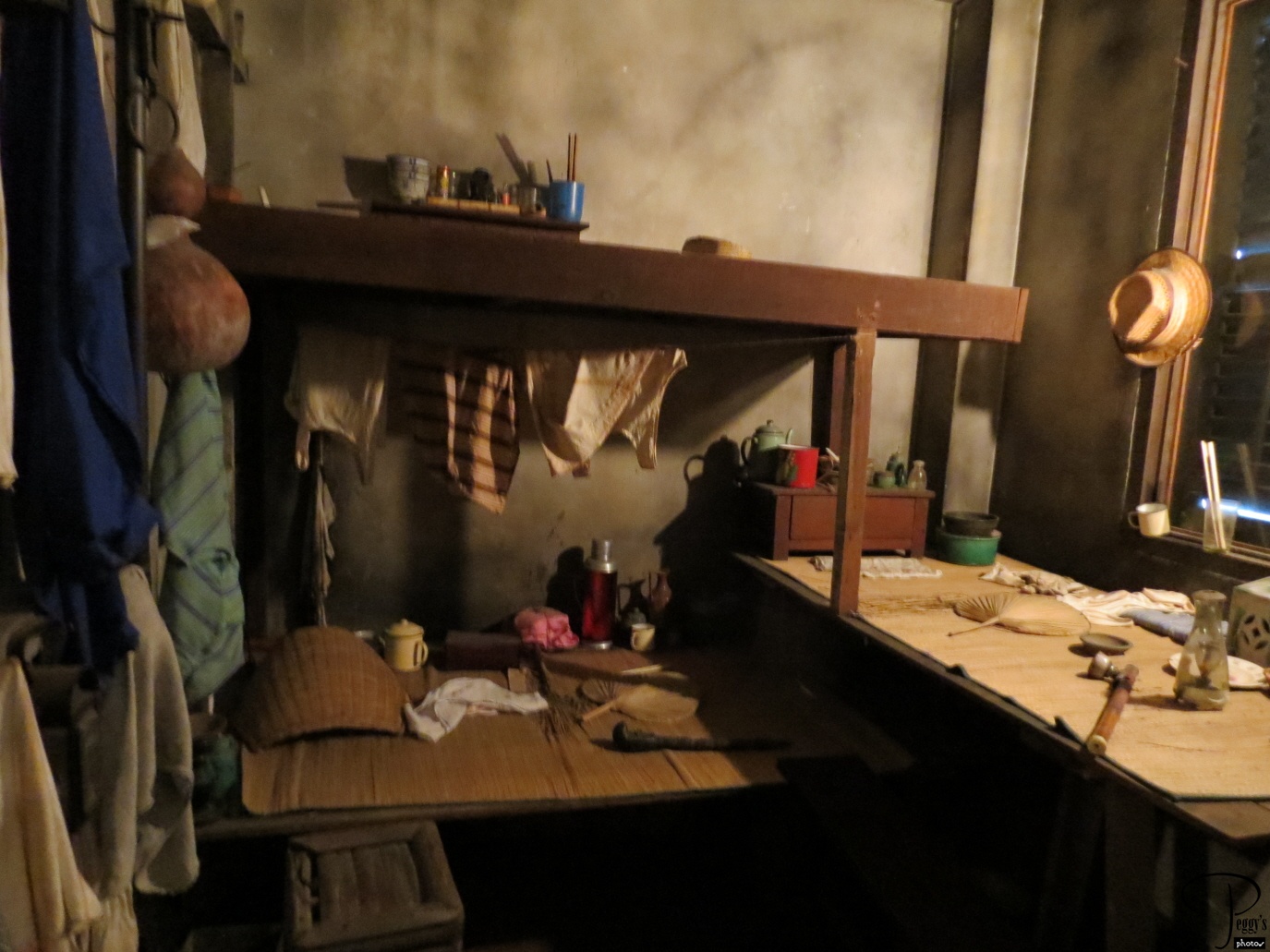
A workroom.

Chinatown Heritage Center
Chinatown Heritage Center
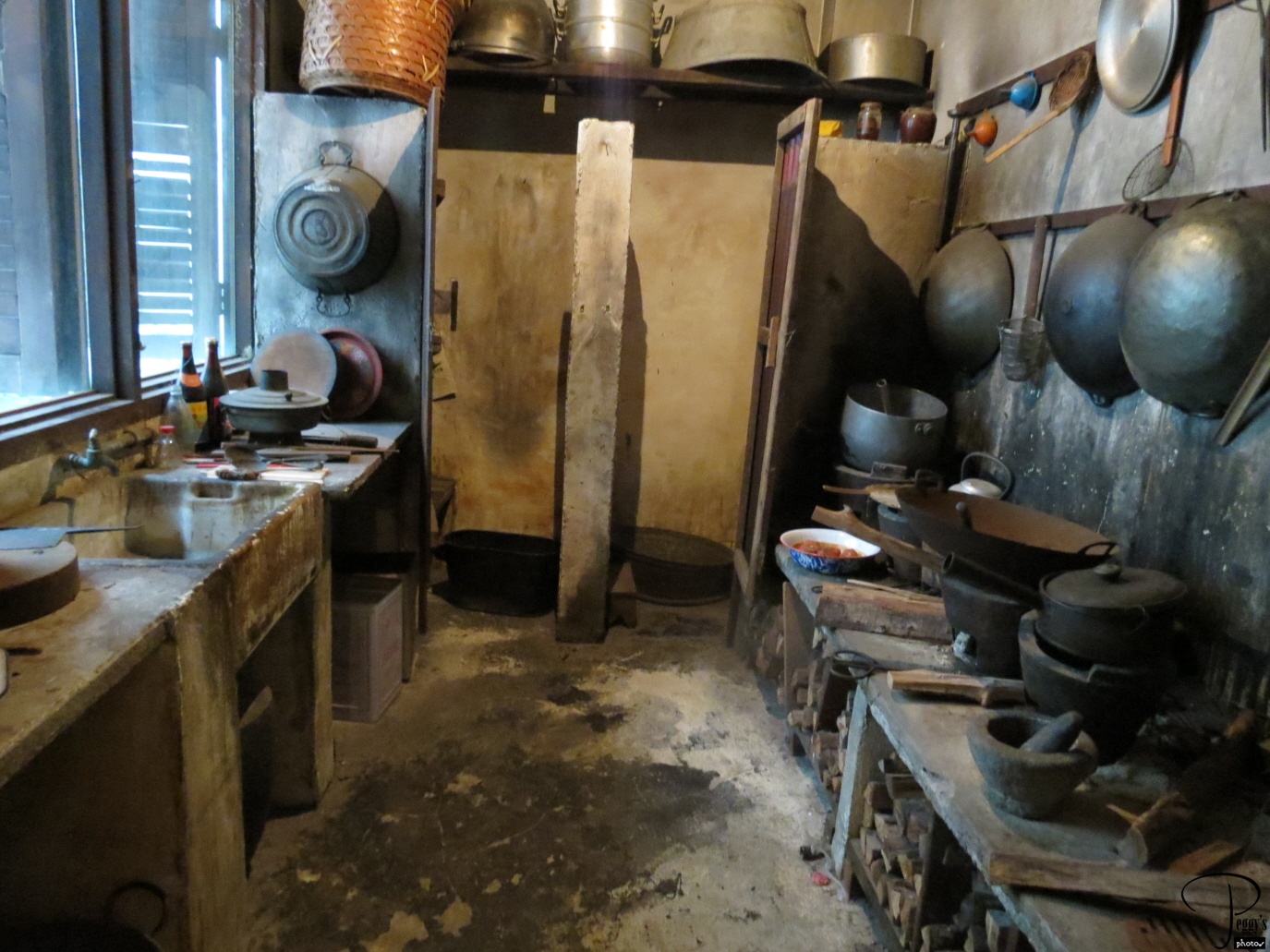
The kitchen.

Chinatown Heritage Center
Chinatown Heritage Center
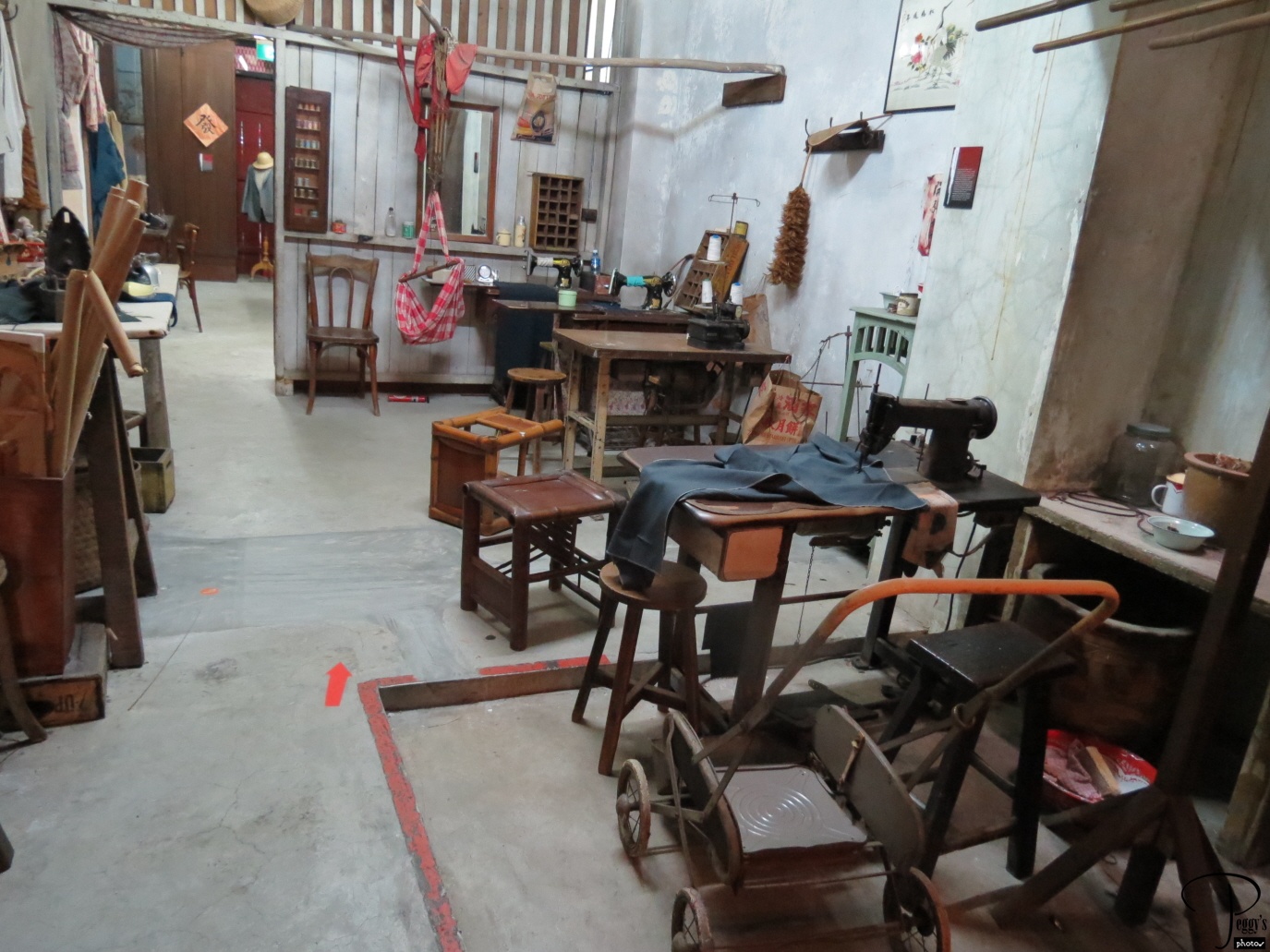
The sewing workshop.

Chinatown Heritage Center
Chinatown Heritage Center
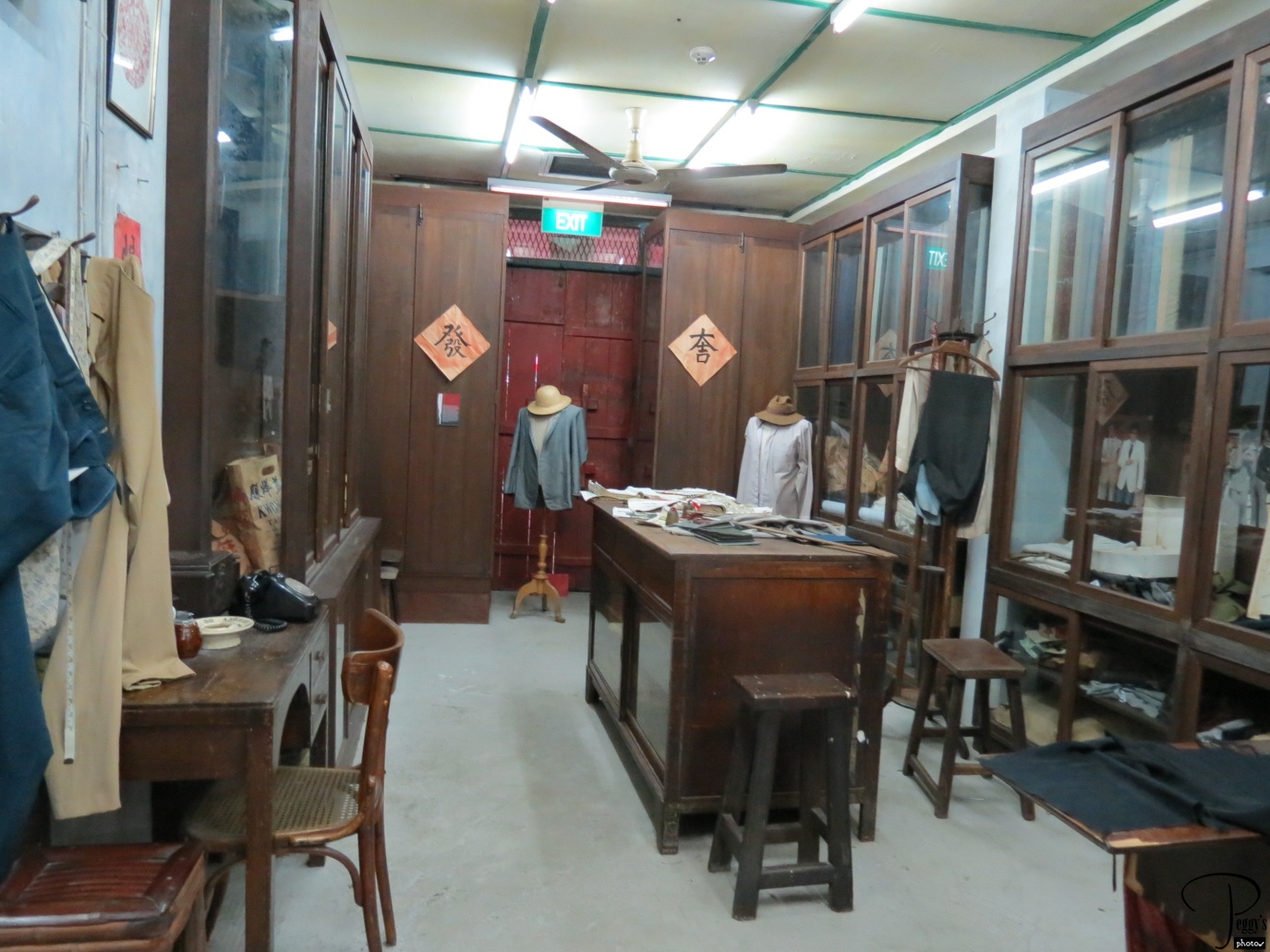
The tailors.

Chinatown Heritage Center
San Francisco Coffee
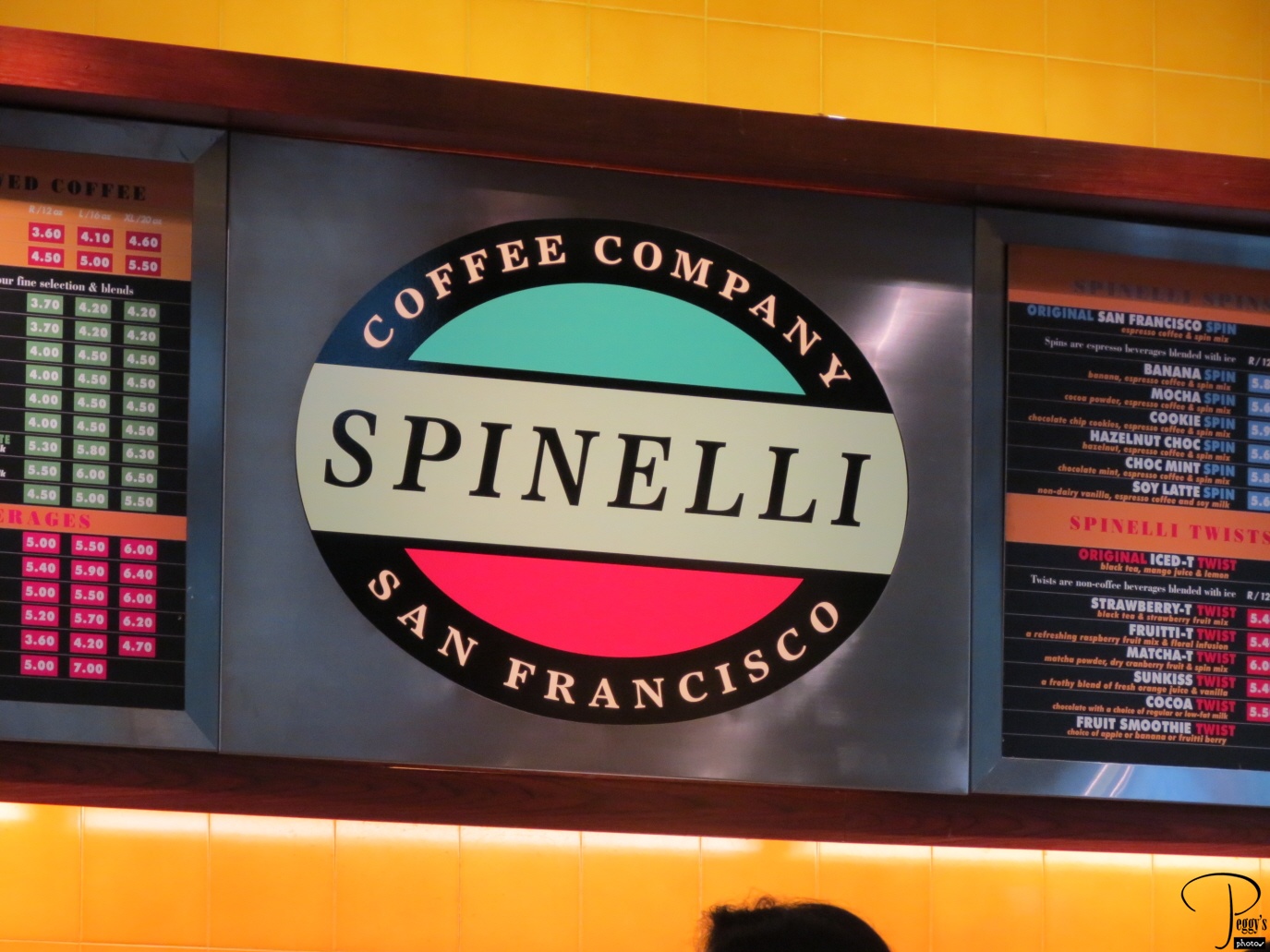
I needed a cup of coffee. Min wanted to walk farther to a cafe that served Singapore coffee, but I saw Spinelli’s and wanted to go there.

San Francisco Coffee
Spinelli
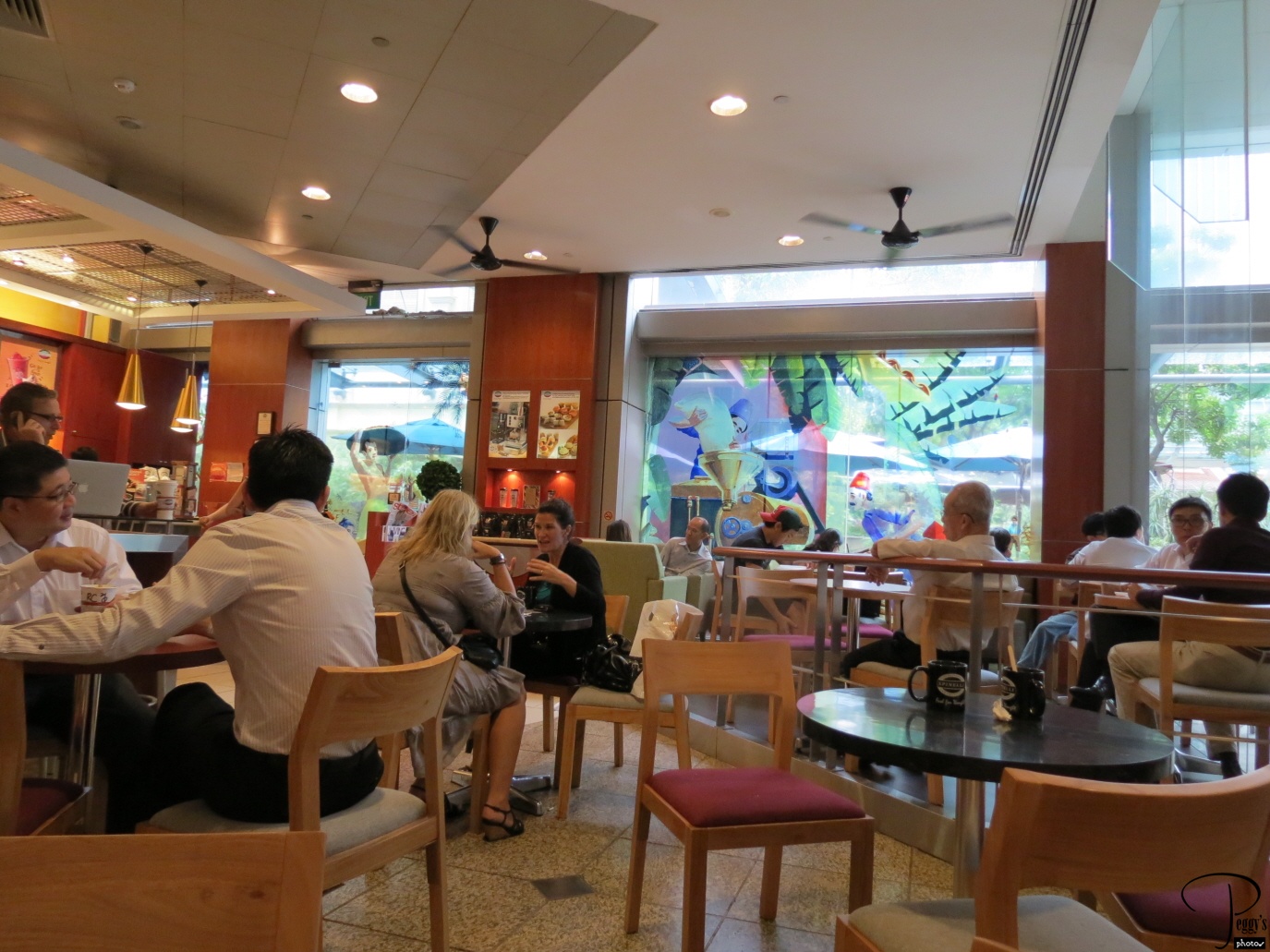
I could quickly taste the difference of American coffee from that of Singaporean coffee, with Singaporean coffee coming out far ahead of the one from San Francisco. Coffee is also very good in Malaysia and Cambodia. I found Vietnamese coffee too strong, but some people think that coffee is very good.

Spinelli
On the Way to Marina Bay
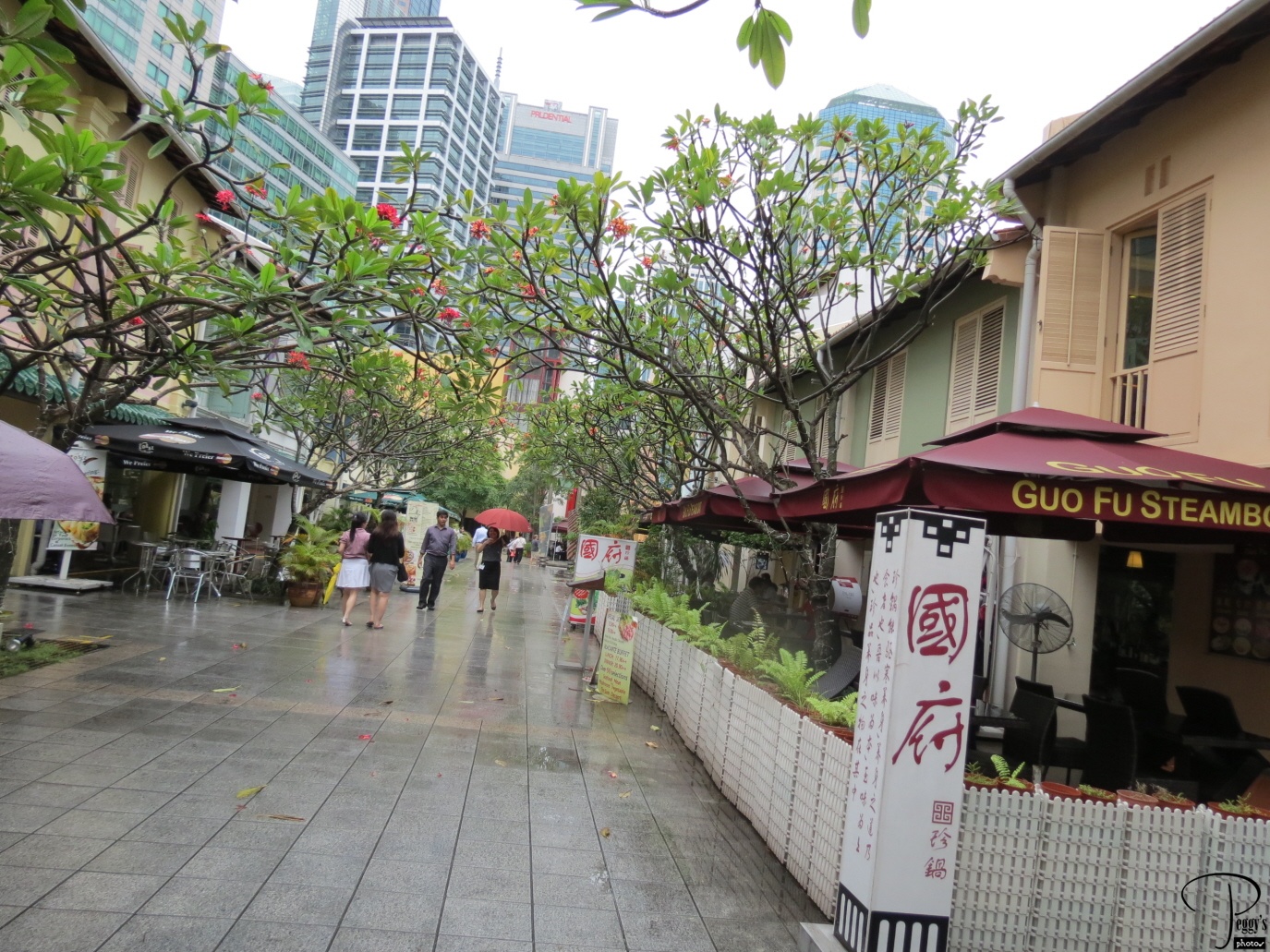
It is now raining. You never know when it is going to rain in Singapore. You just always need to have an umbrella with you. The sky was overcast for the four days I was in Singapore. Min said this was a good thing as without the cloud cover Singapore would have been very hot. It was very warm, you sweat from the high humidity, but it was not uncomfortable. Singapore is very warm year–round.

On the Way to Marina Bay
Raffles Place
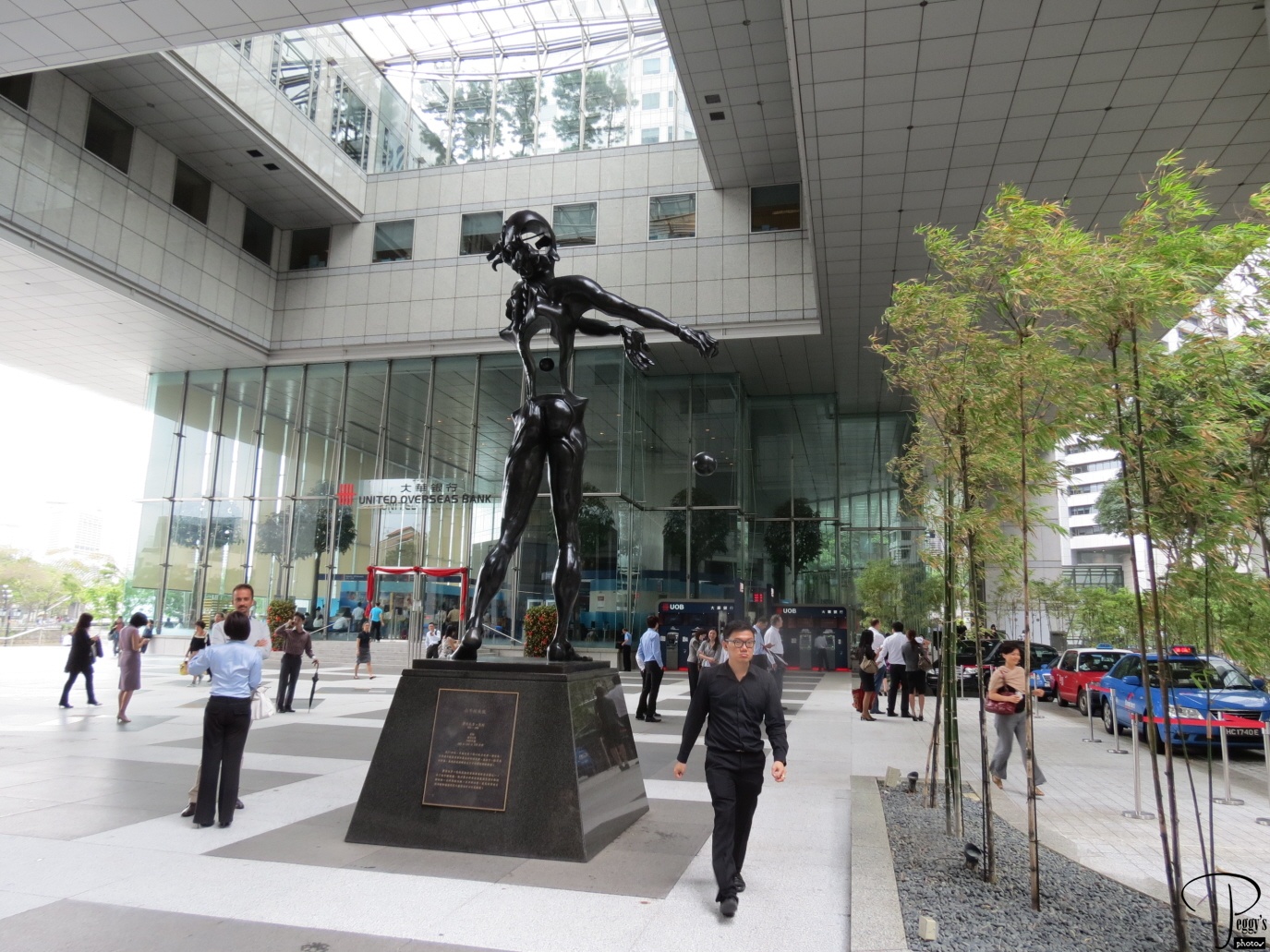
A statue named “Homage to Newton” by Salvador Dali is here.

Raffles Place
Raffles Place
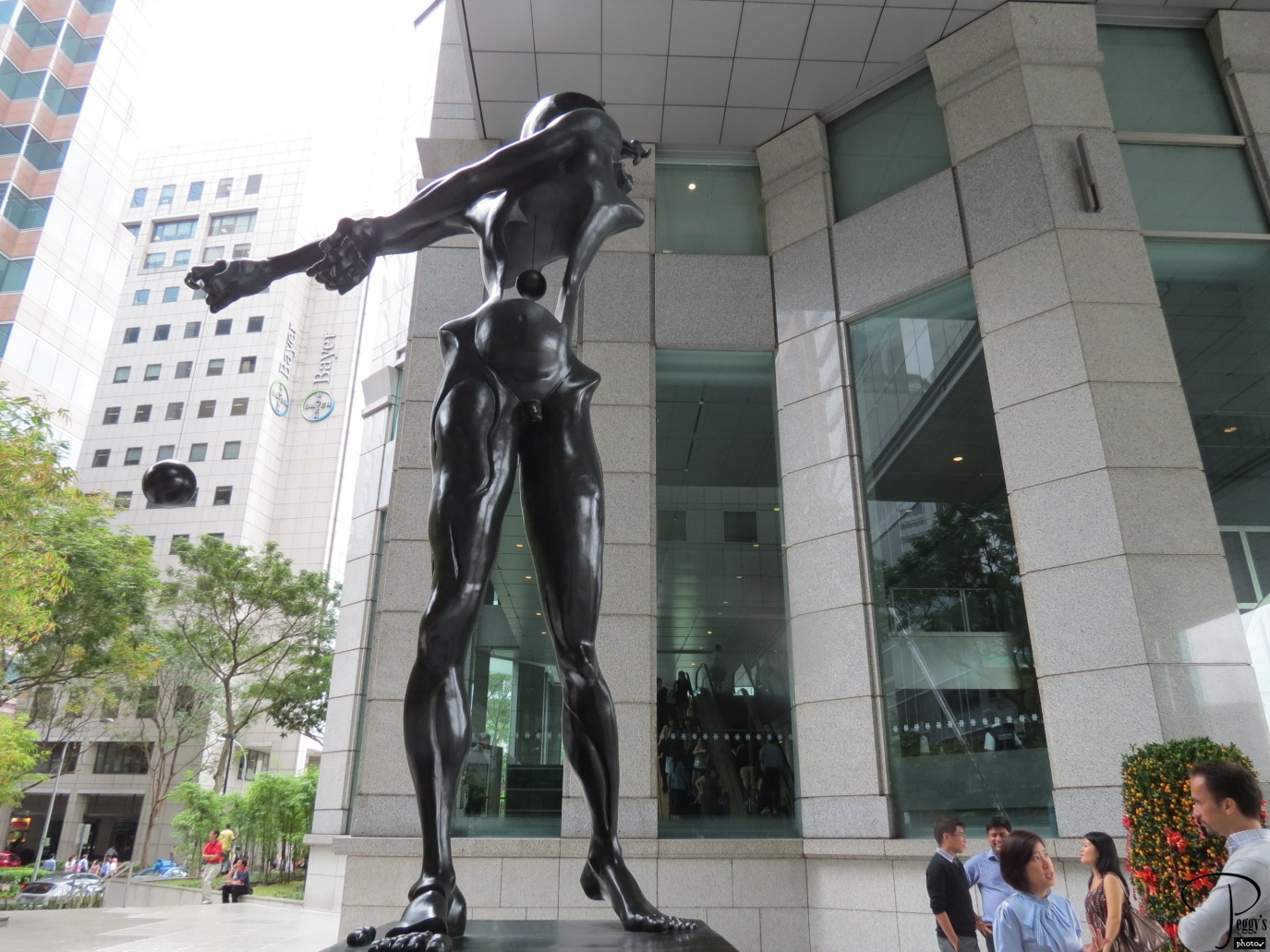
Another view of “Homage to Newton.”

Raffles Place
Raffles Place
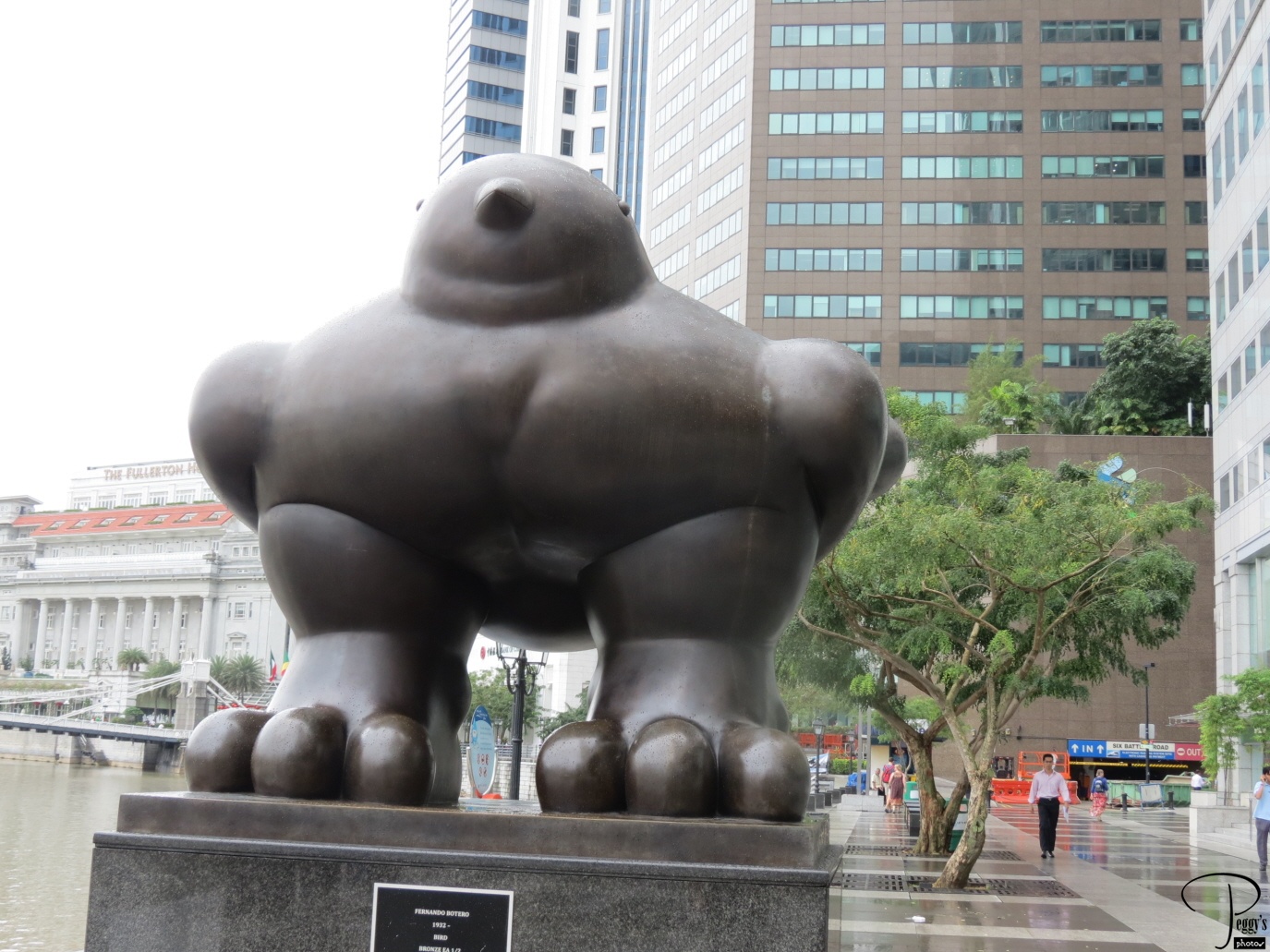
“Bird” by Fernando Botero.

Raffles Place
Boat Quay
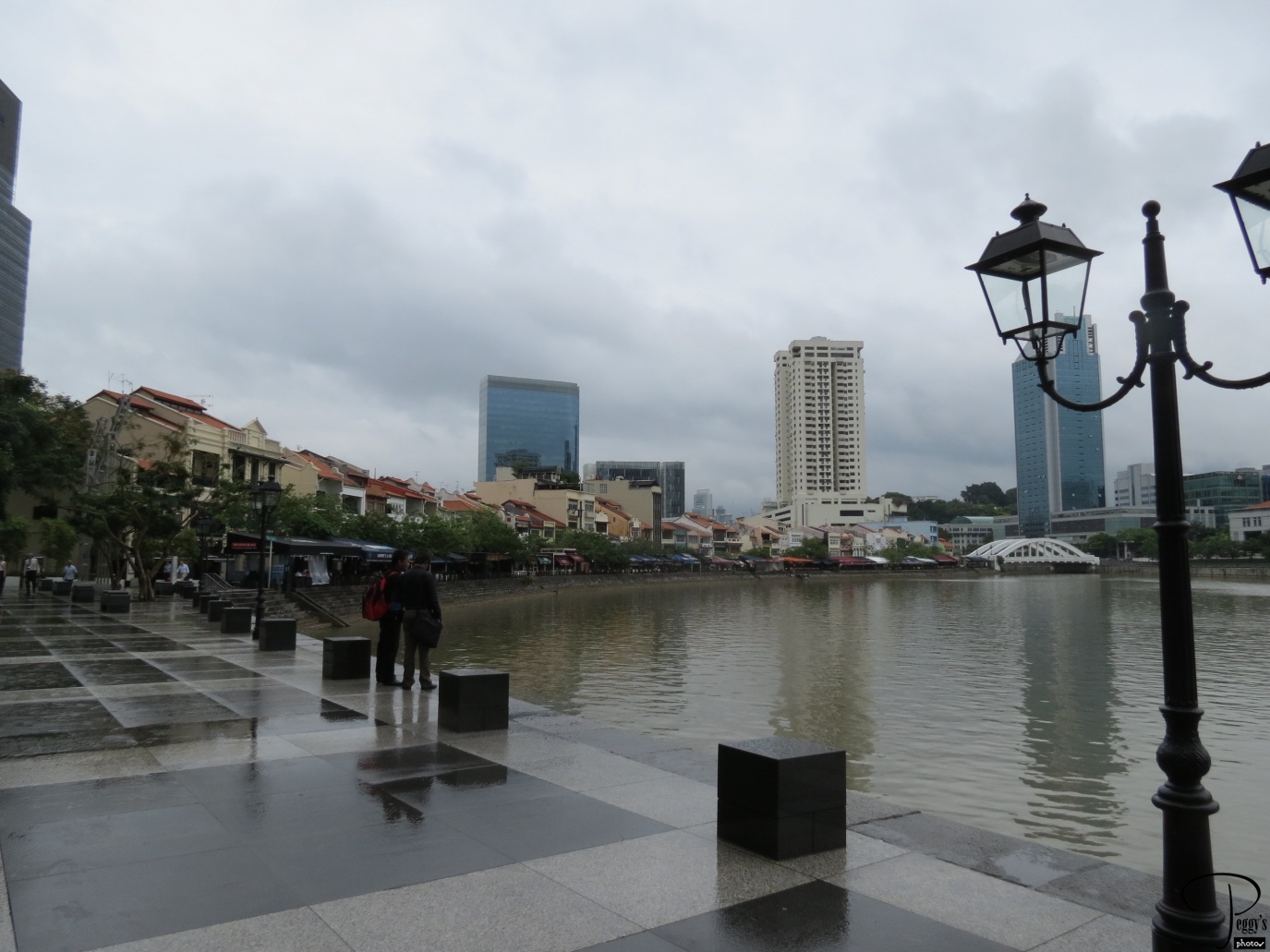
Farther along: looking toward Boat Quay along the Singapore River.

Boat Quay
Supreme Court Building
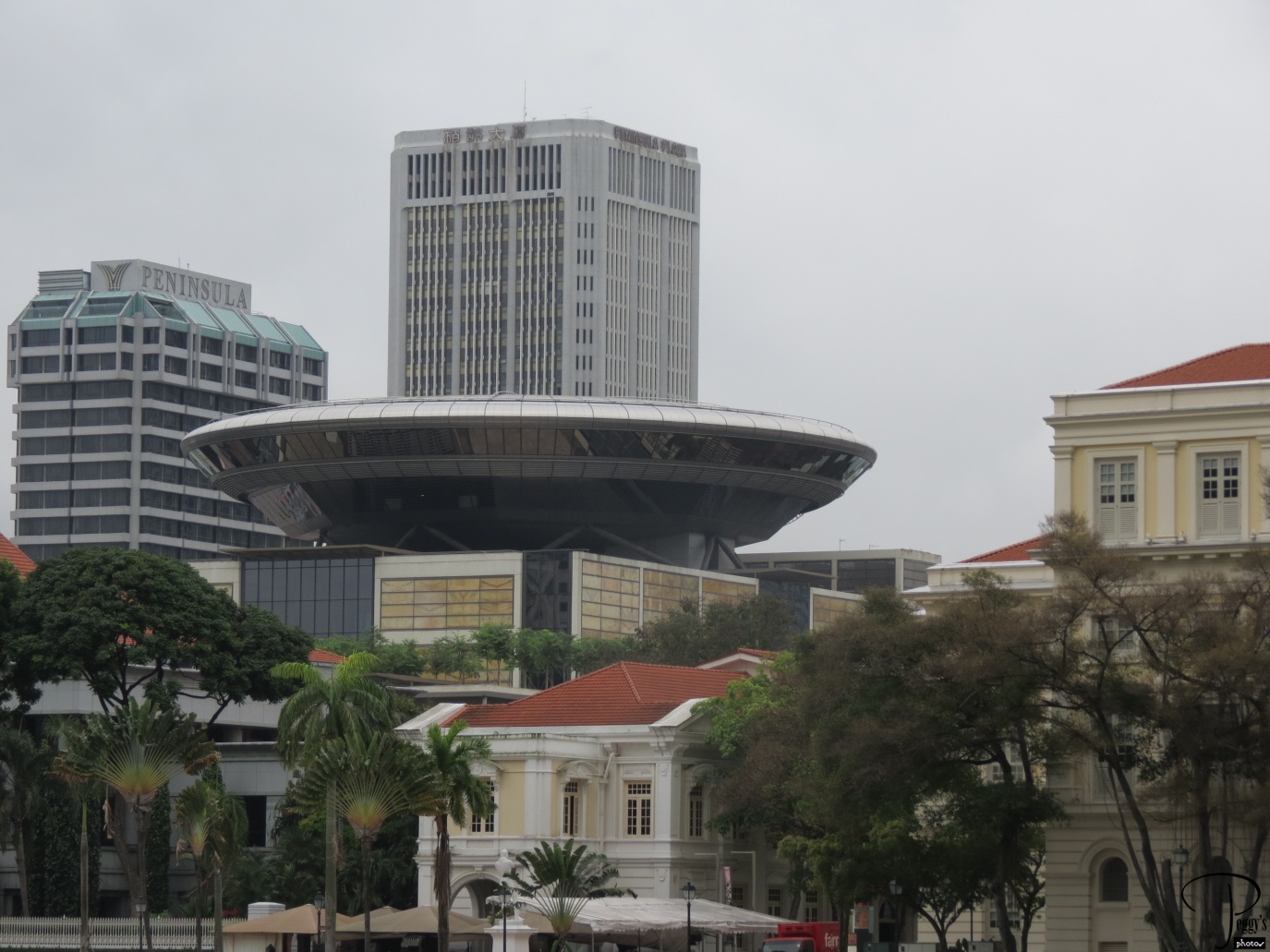
Seen on the way: Singapore’s flying saucer. Actually, its Supreme Court Building.

Supreme Court Building
The Fullerton Hotel
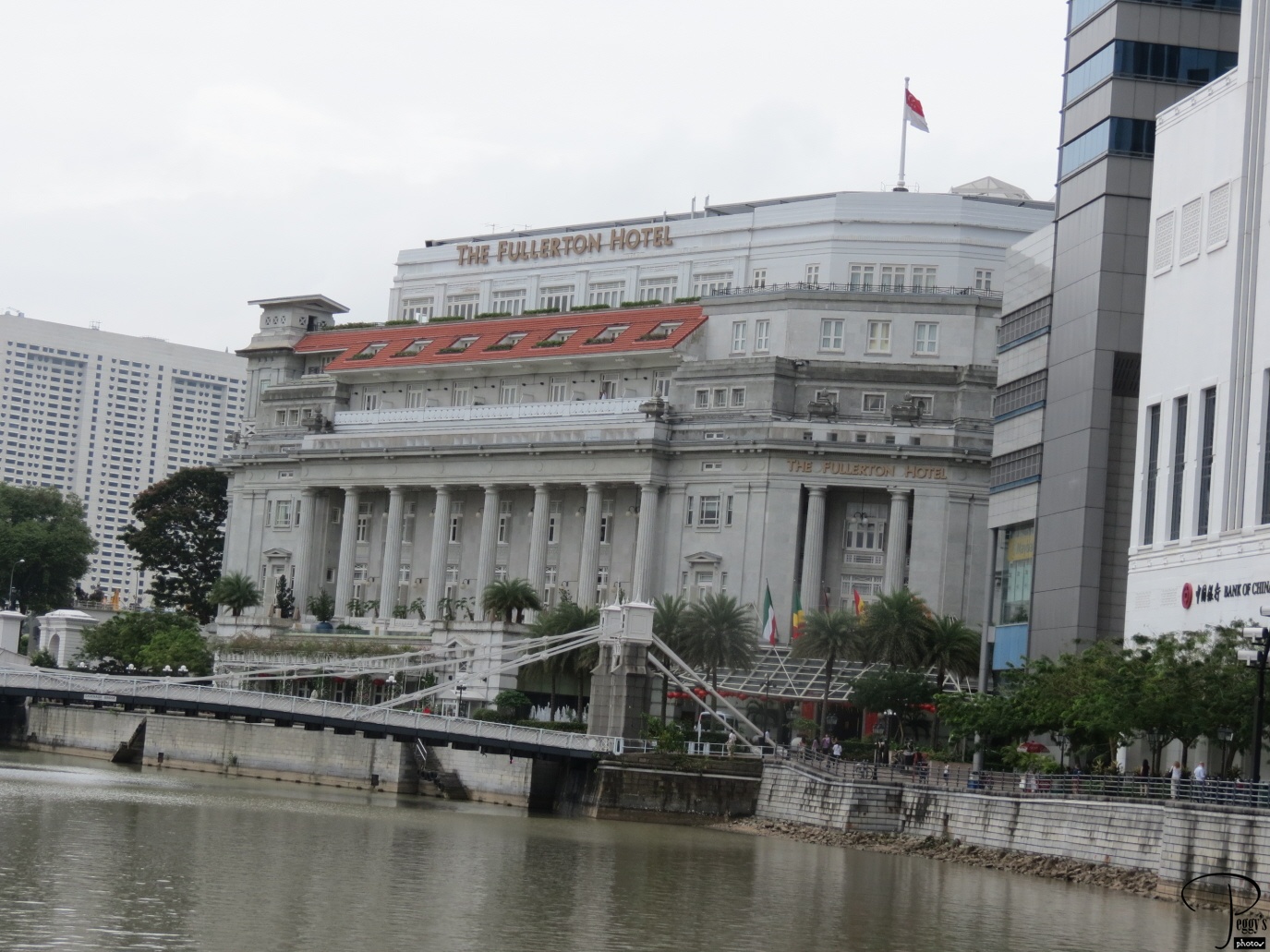
The grand Fullerton Hotel opened in 1925.

The Fullerton Hotel
Esplanade–Theatres on the Bay
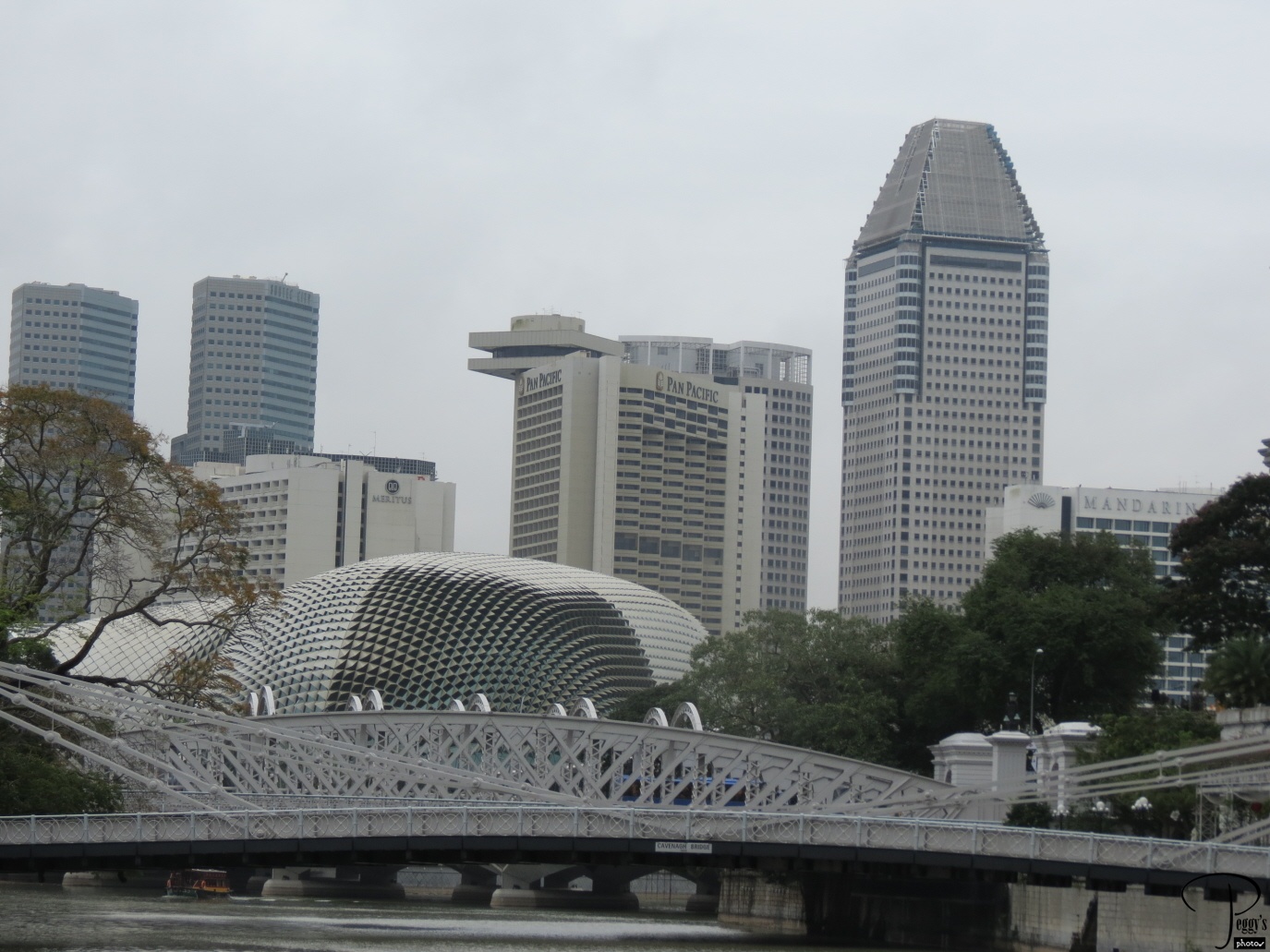
The Esplanade––Theatres on the Bay, covered with spikes.

Esplanade–Theatres on the Bay
Esplanade–Theatres on the Bay
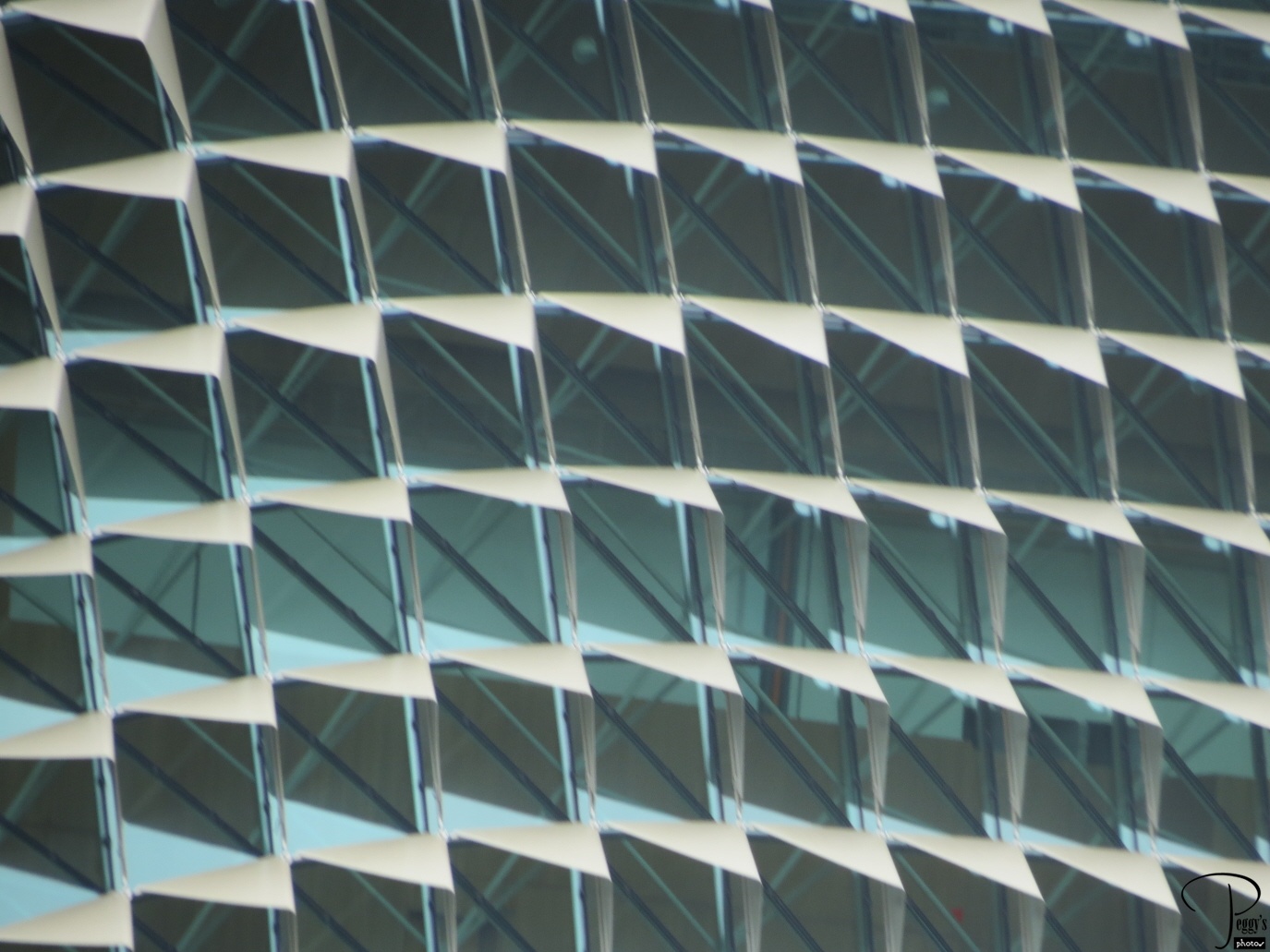
Close–up of the spikes.

Esplanade–Theatres on the Bay
Boat Quay
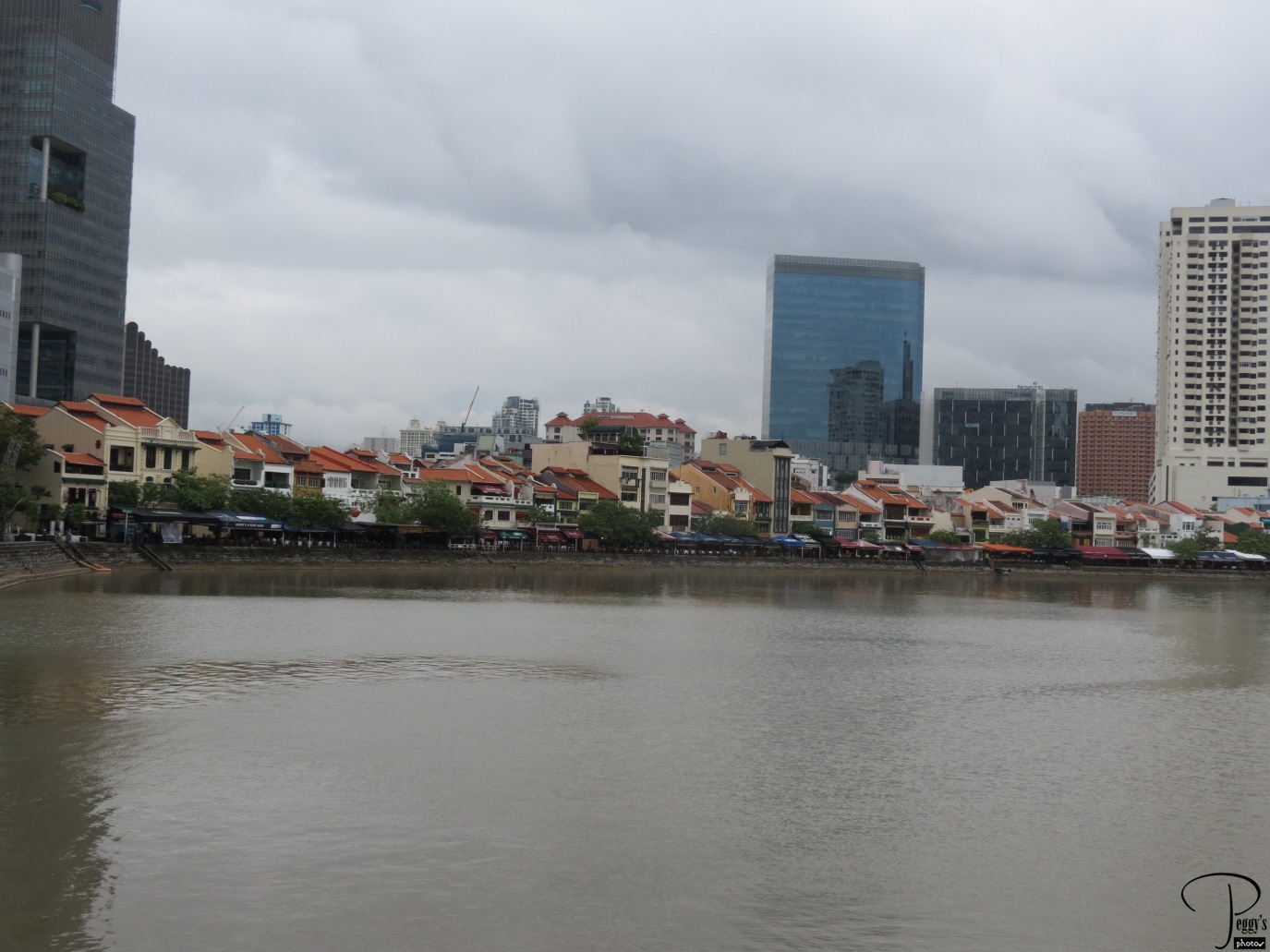
A n area of restored shophouses that now are restaurants, bars, and shops.

Boat Quay
Boat Quay
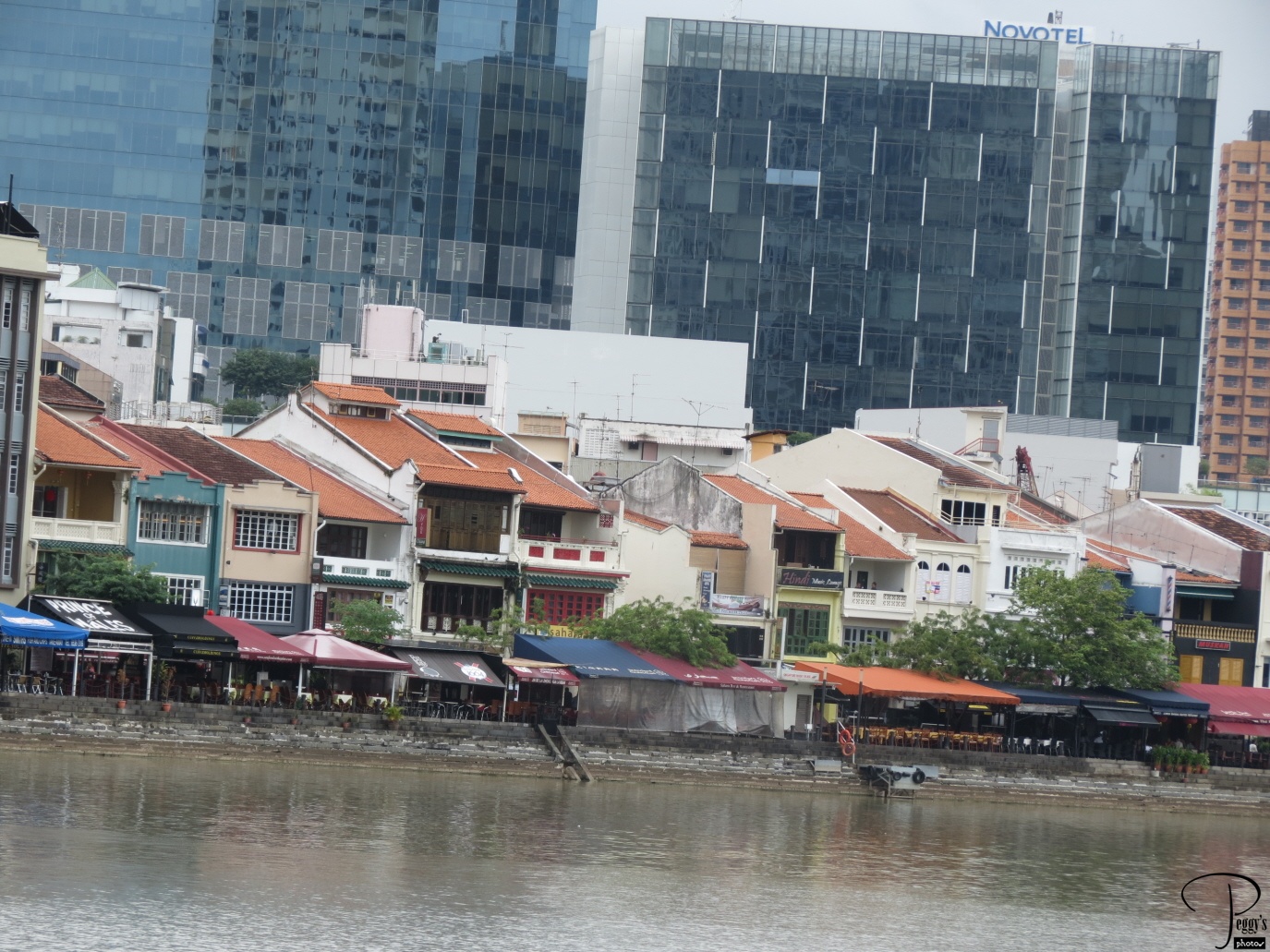
A closer–up view of Boat Quay.

Boat Quay
Boat Quay

Even closer–up.

Boat Quay
Cavenagh Bridge
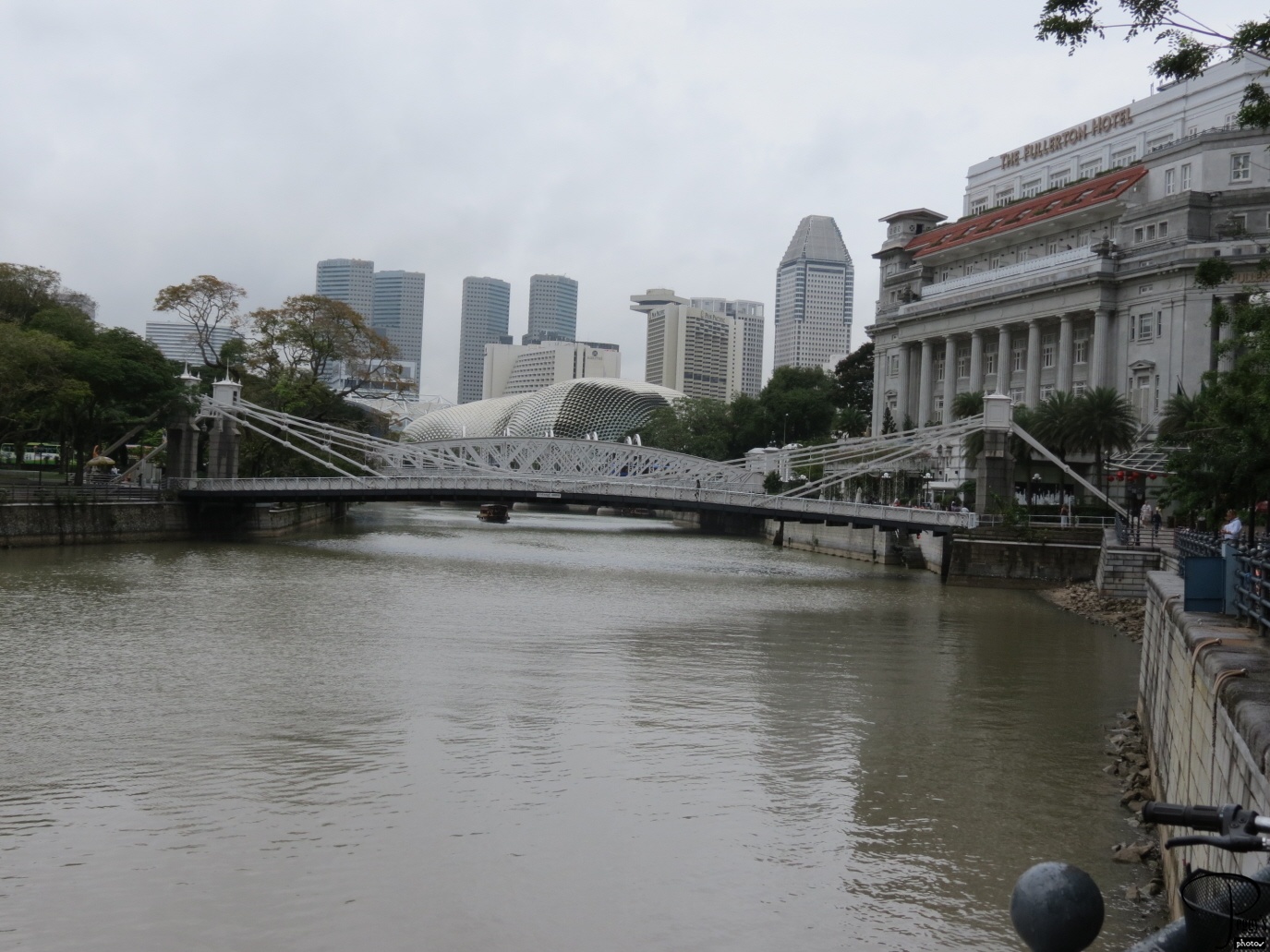
Cavenagh Bridge, built 1868. across the Singapore River.

Cavenagh Bridge
Cavenagh Bridge
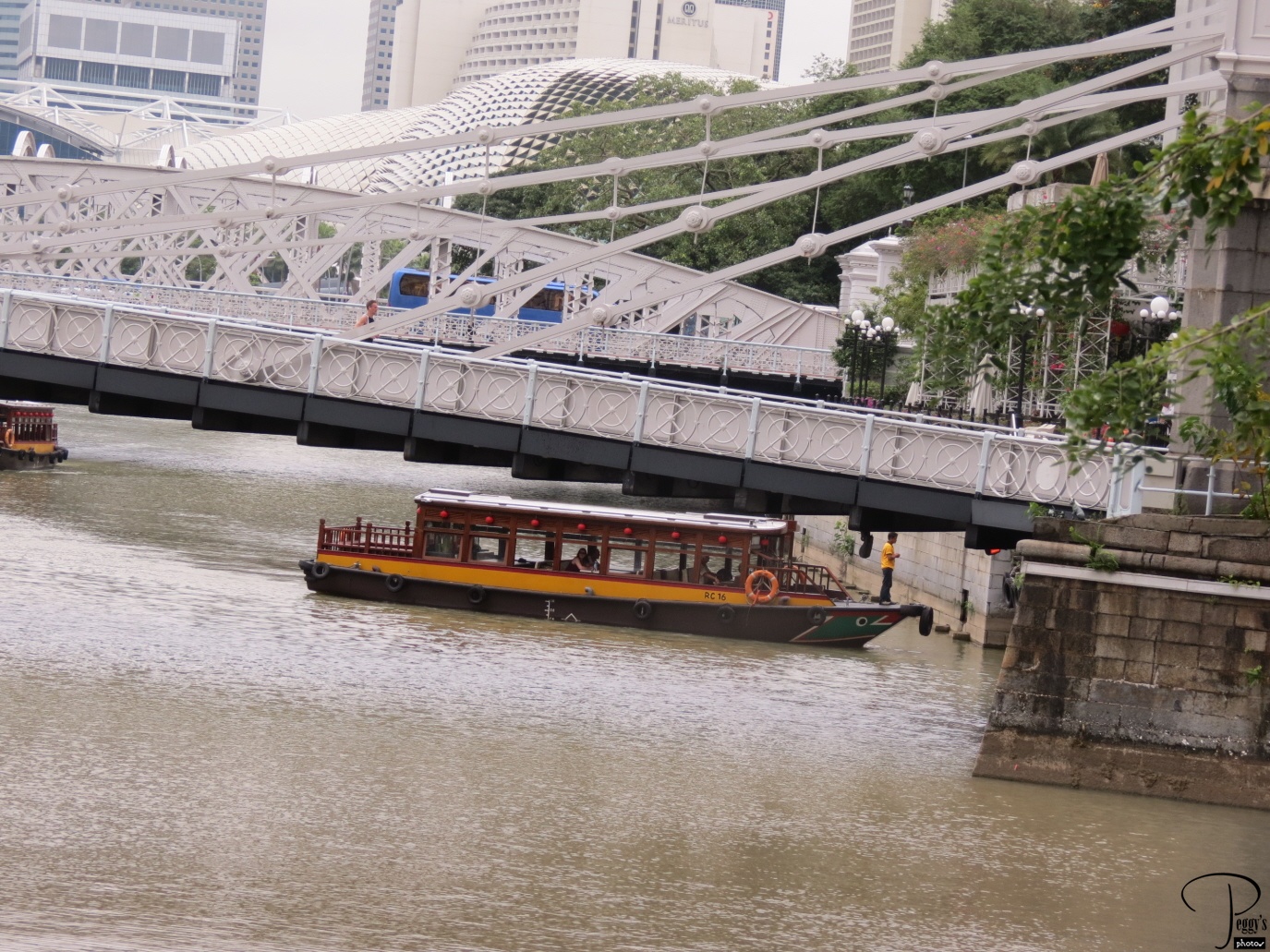
Sightseeing bumboat going under Cavenagh Bridge.

Cavenagh Bridge
Cavenagh Bridge
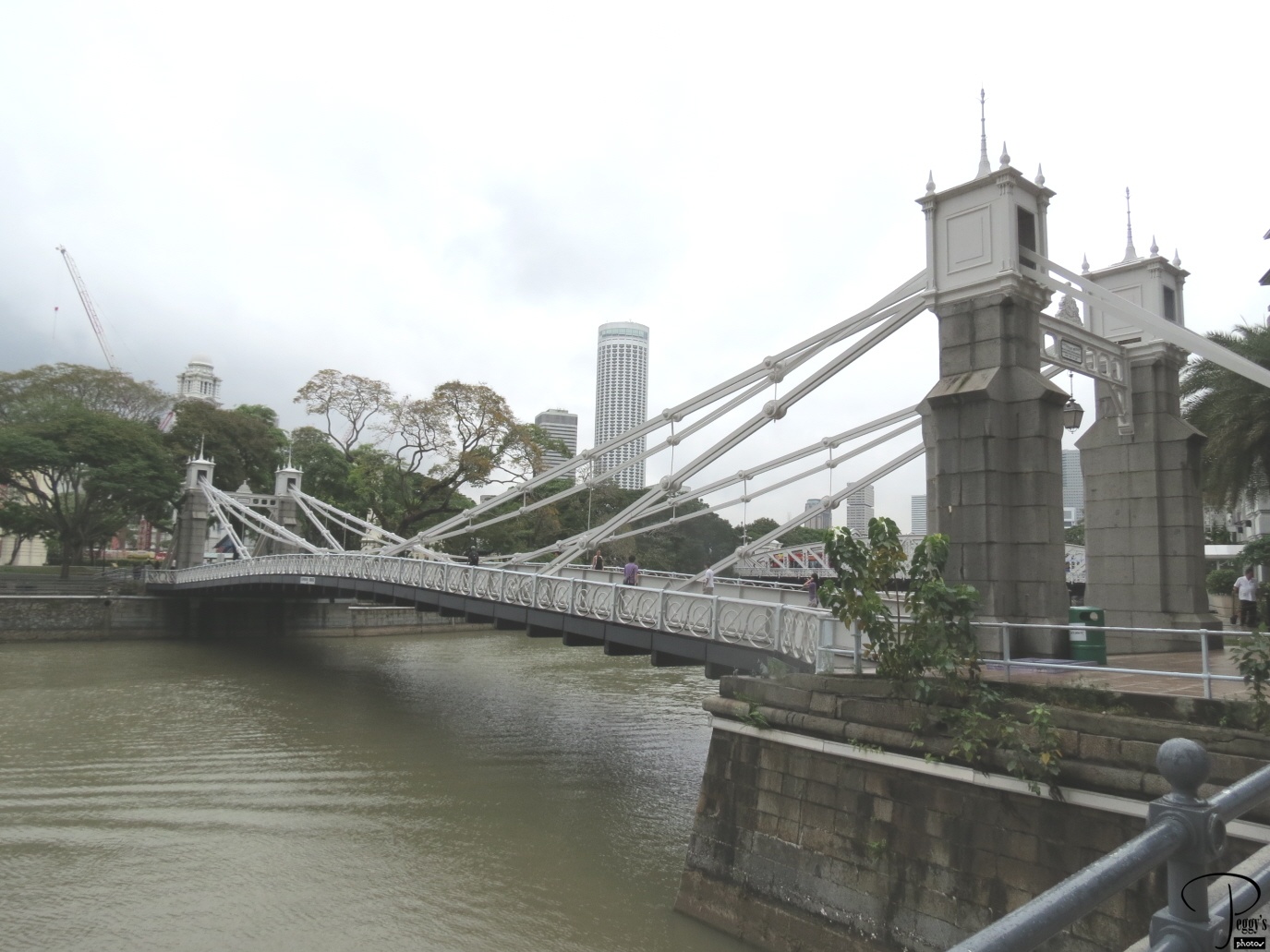
View of Cavenagh Bridge.

Cavenagh Bridge
Cavenagh Bridge
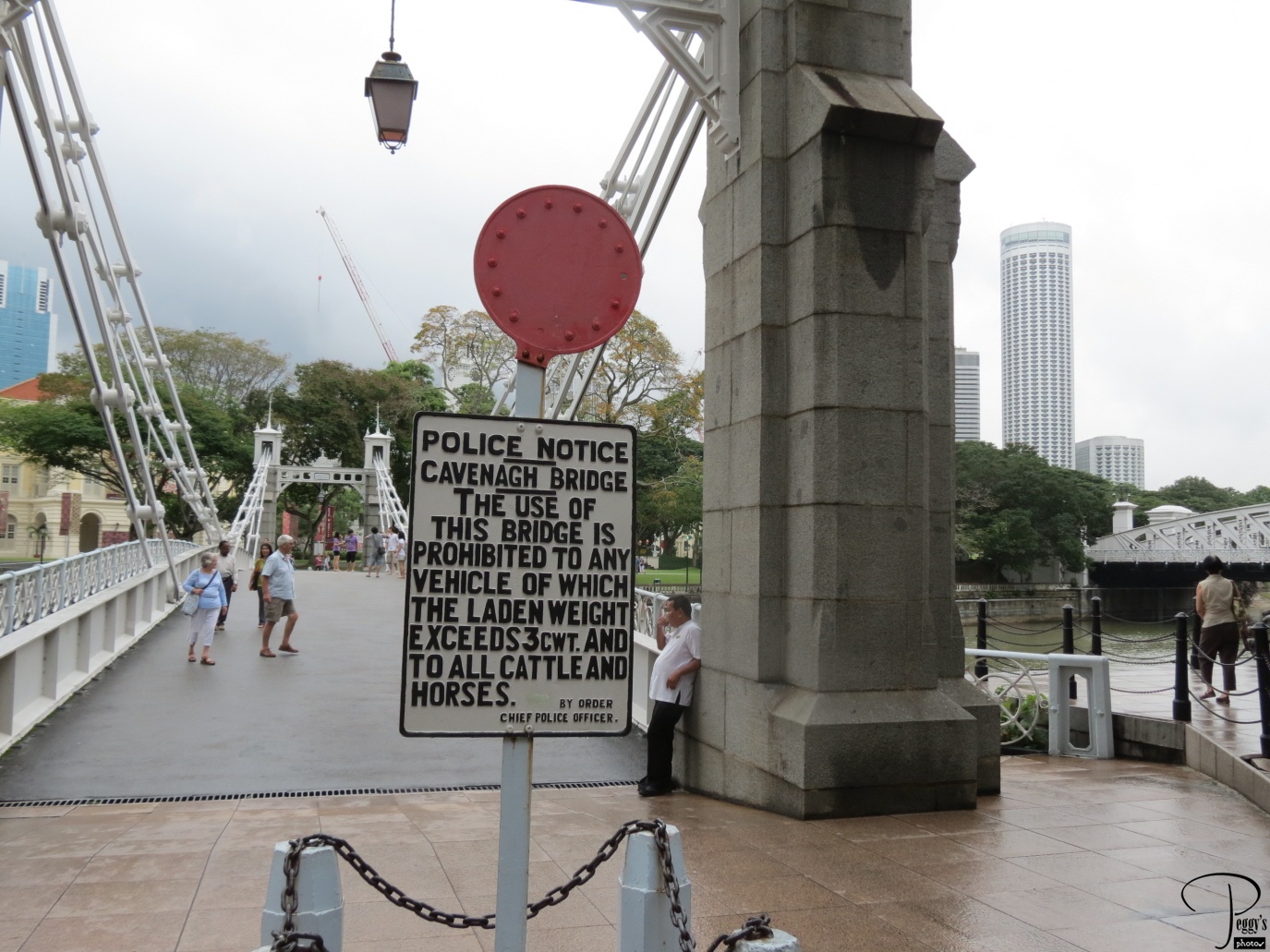
No cattle or horses allowed on the bridge.

Cavenagh Bridge
Cavenagh Bridge
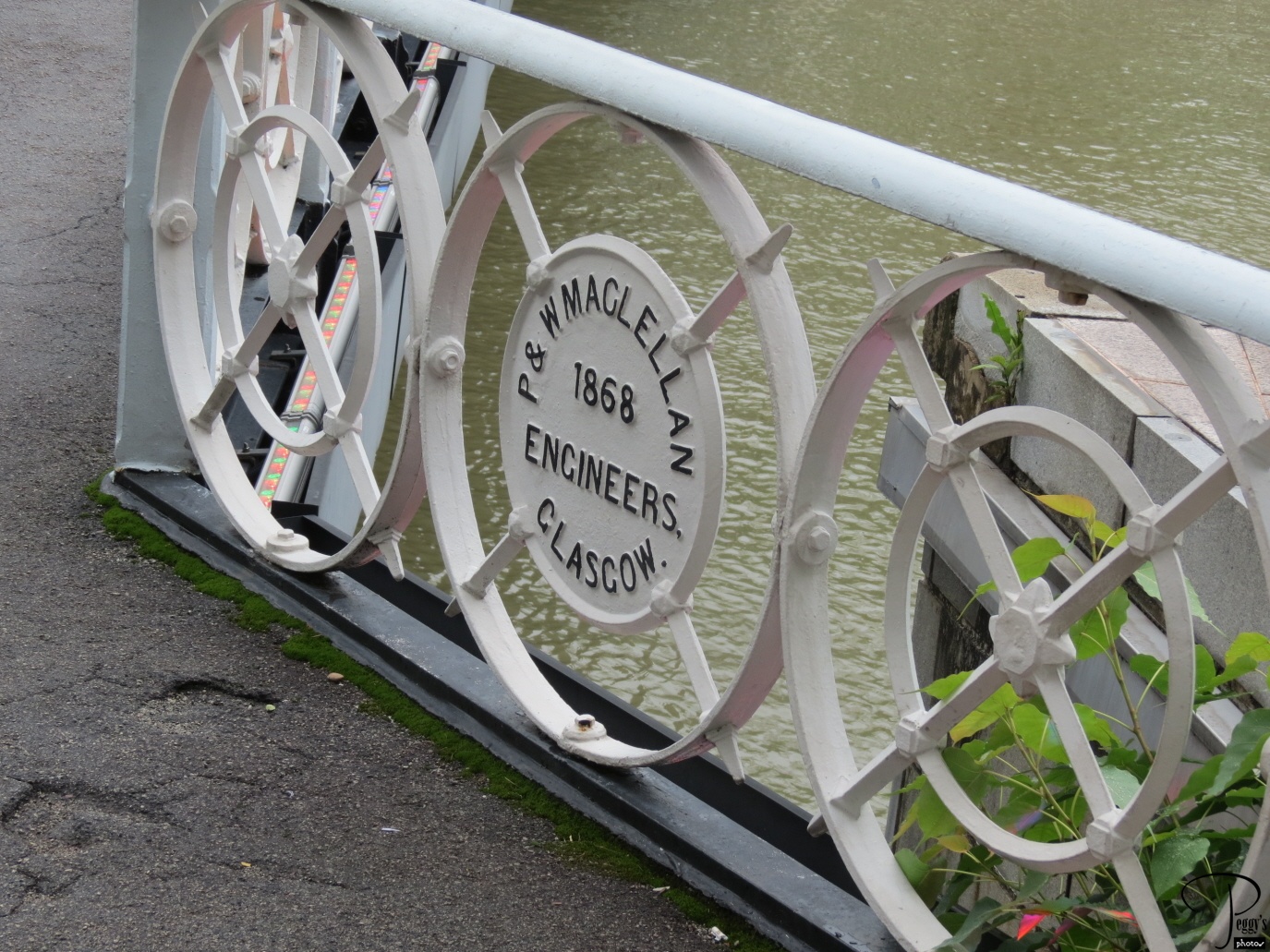
The bridge’s builders.

Cavenagh Bridge
Cavenagh Bridge
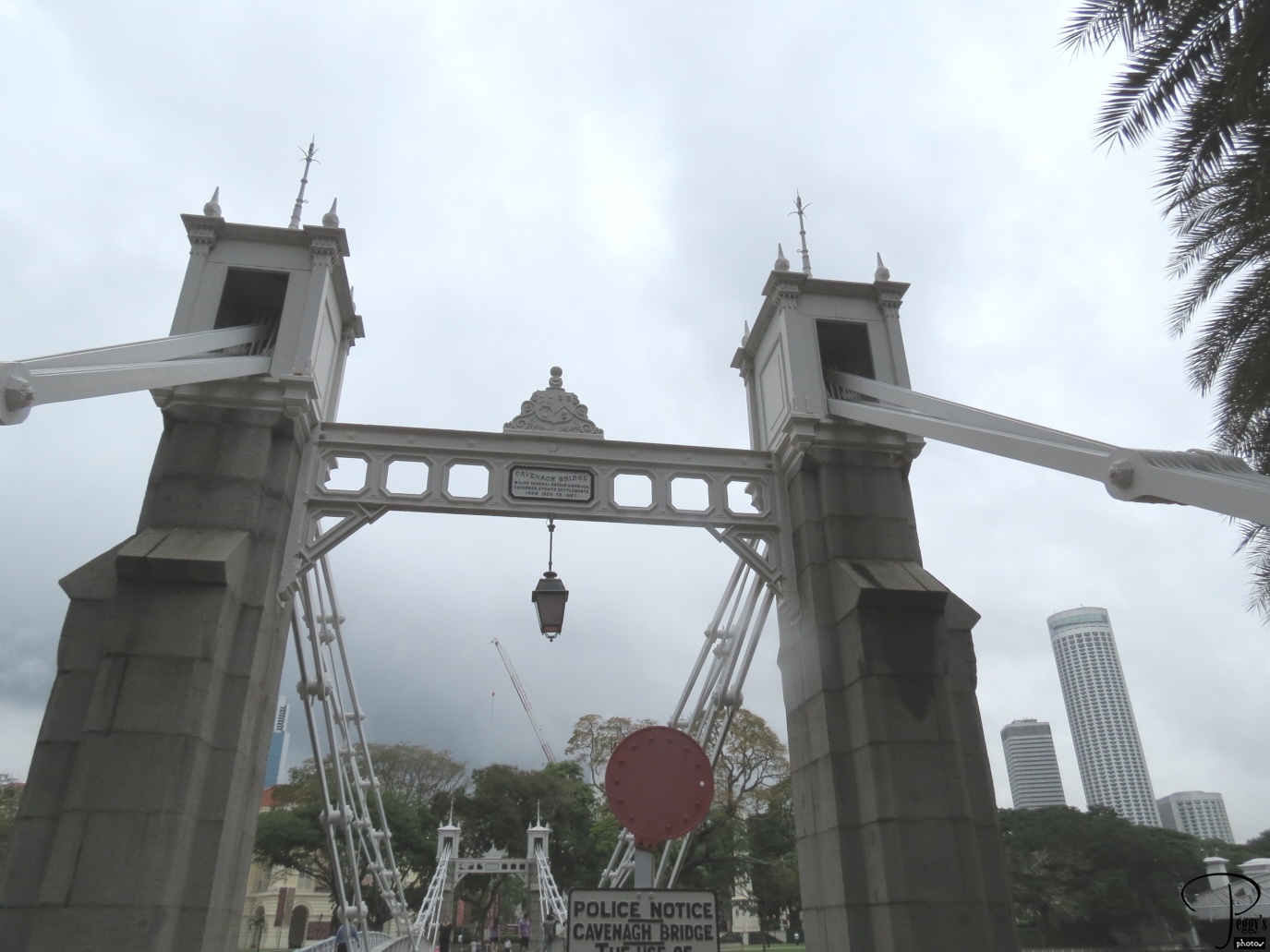
Another view of the bridge.

Cavenagh Bridge
The River Merchants
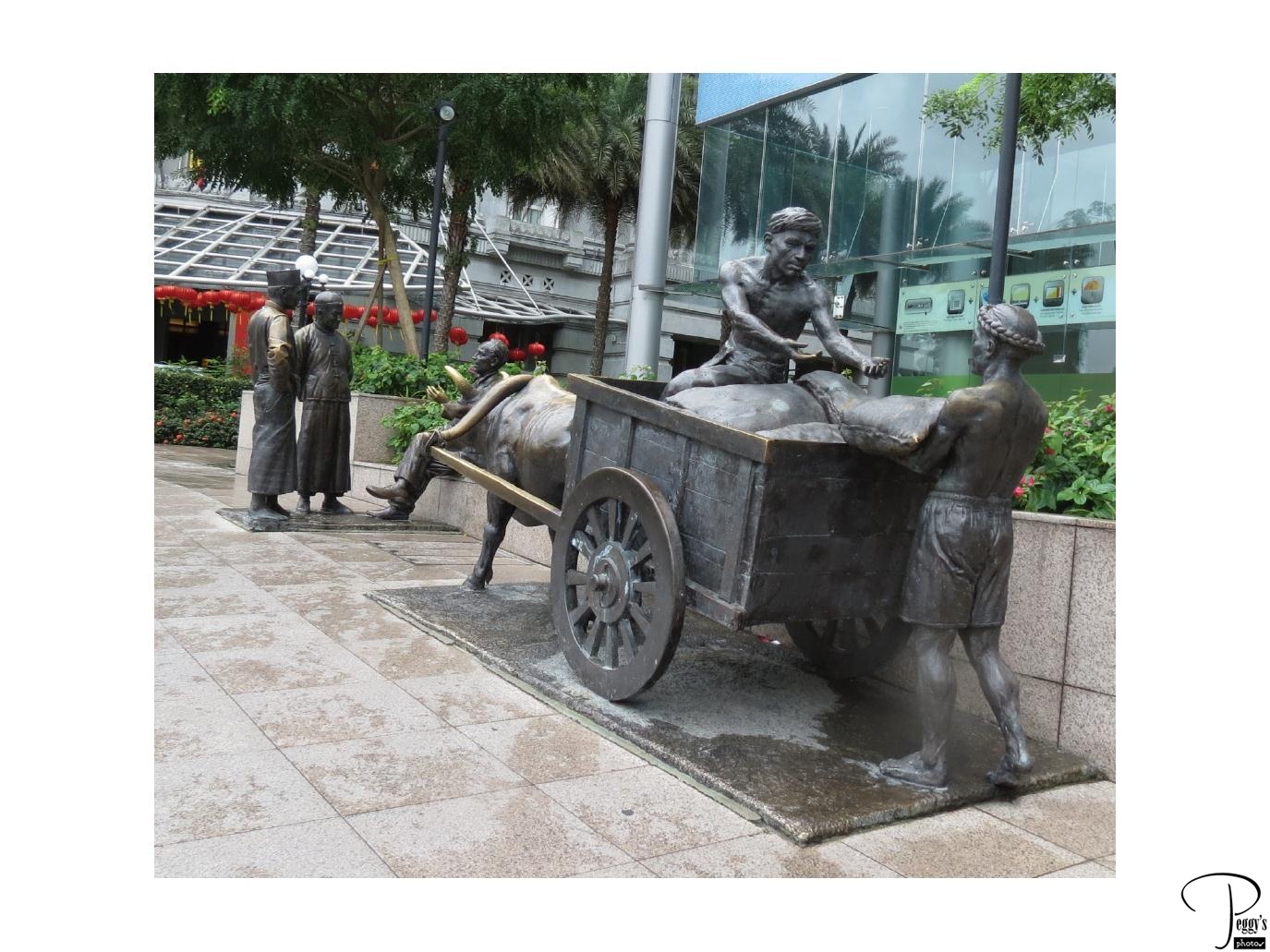
Statues along the waterfront, called “The River Merchants.”

The River Merchants
The River Merchants
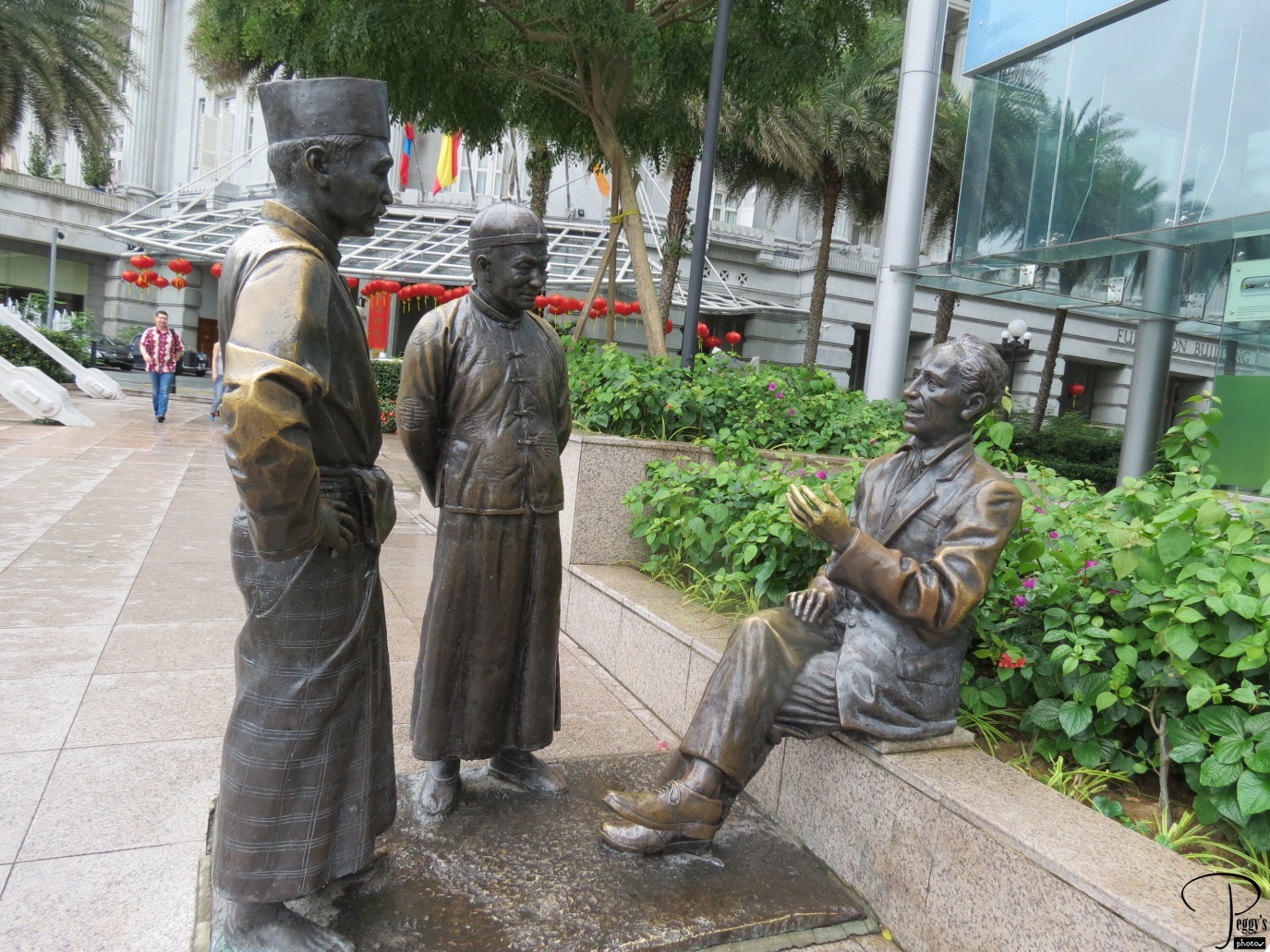
More of the statues.

The River Merchants
First Generation
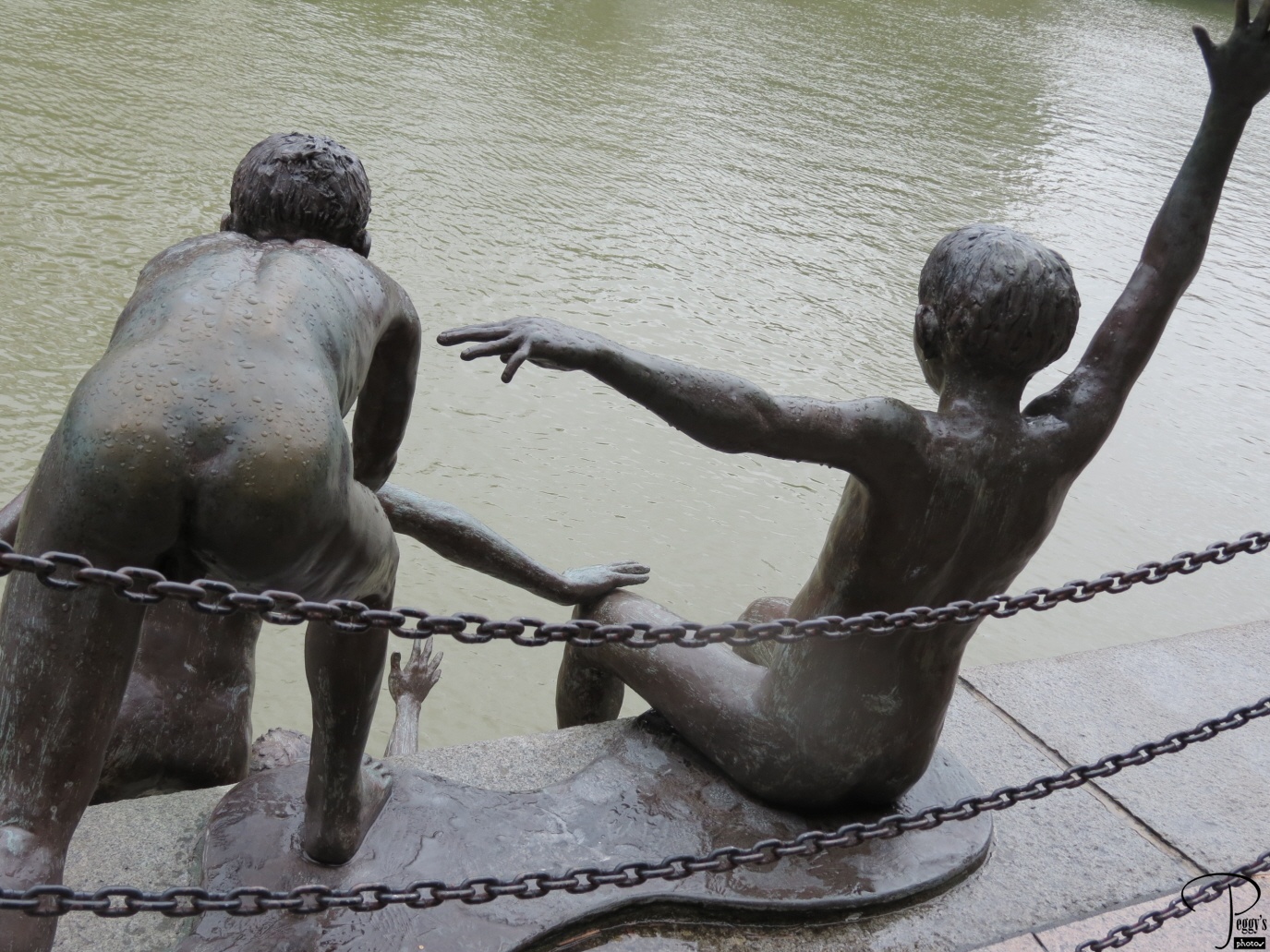
Also along the waterfront, “First Generation,” of five naked boys diving off the bridge.

First Generation
First Generation
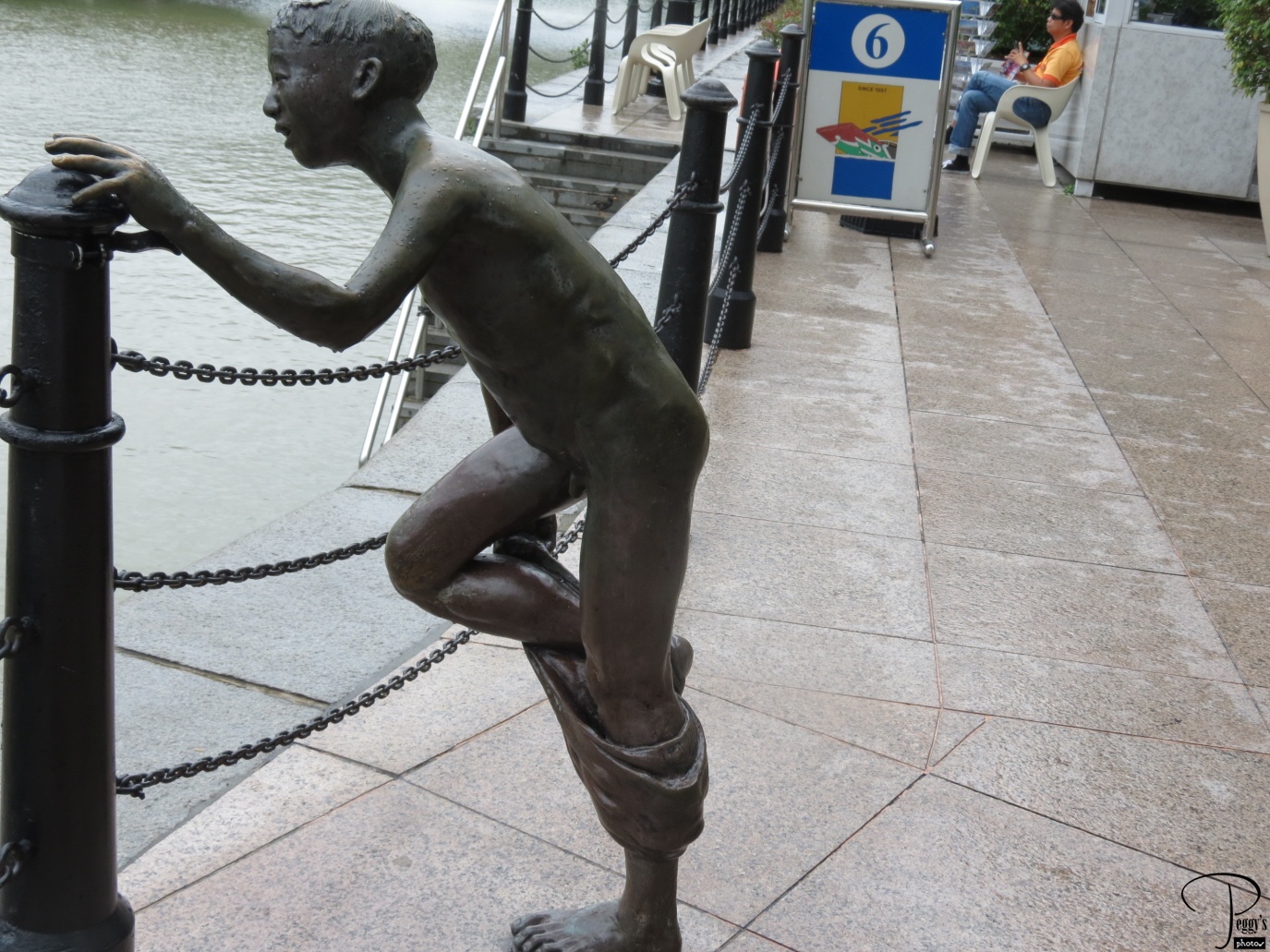
More of “First Generation.”

First Generation
The Waterfront
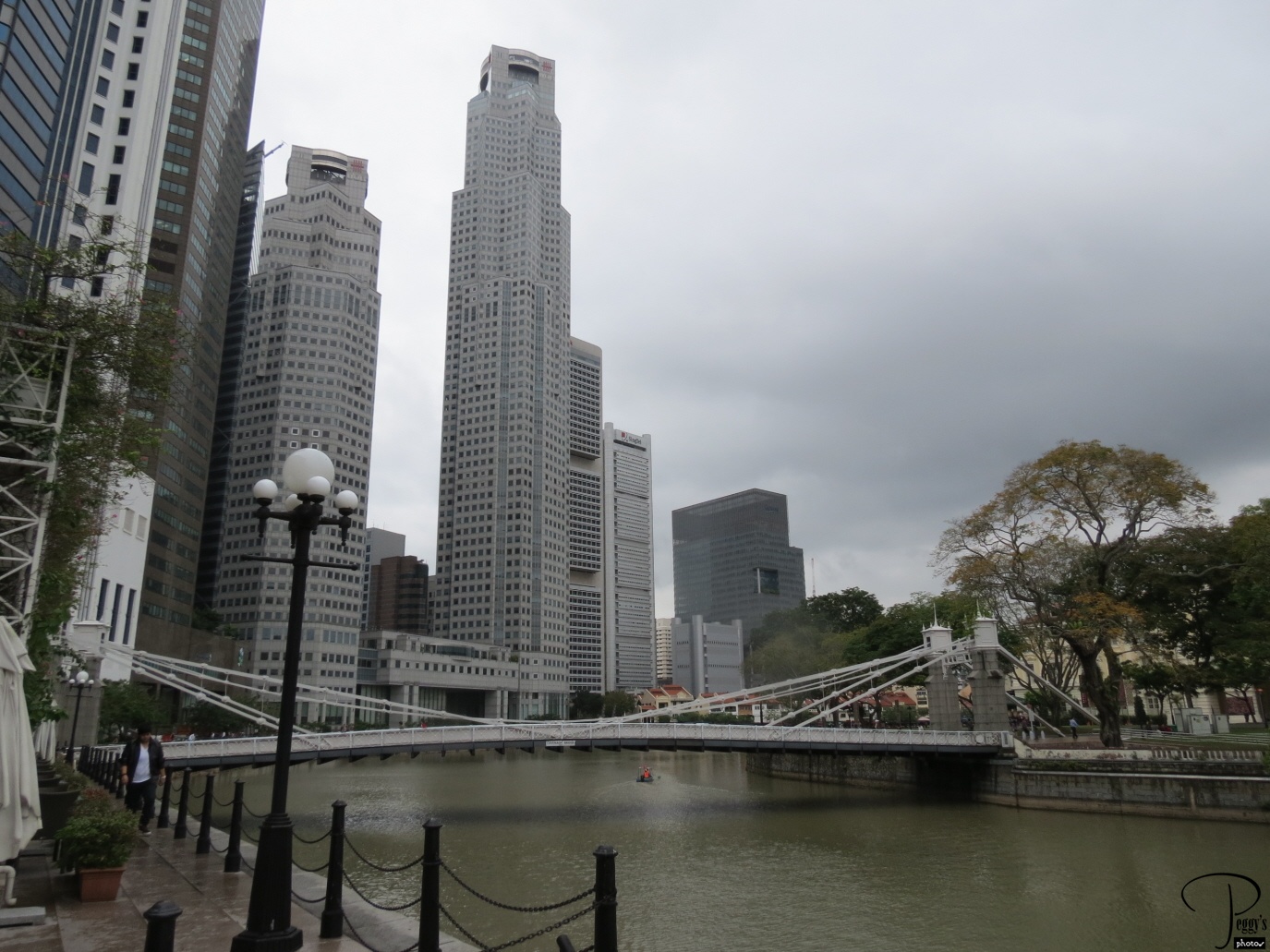
Looking back.

The Waterfront
At Marina Bay
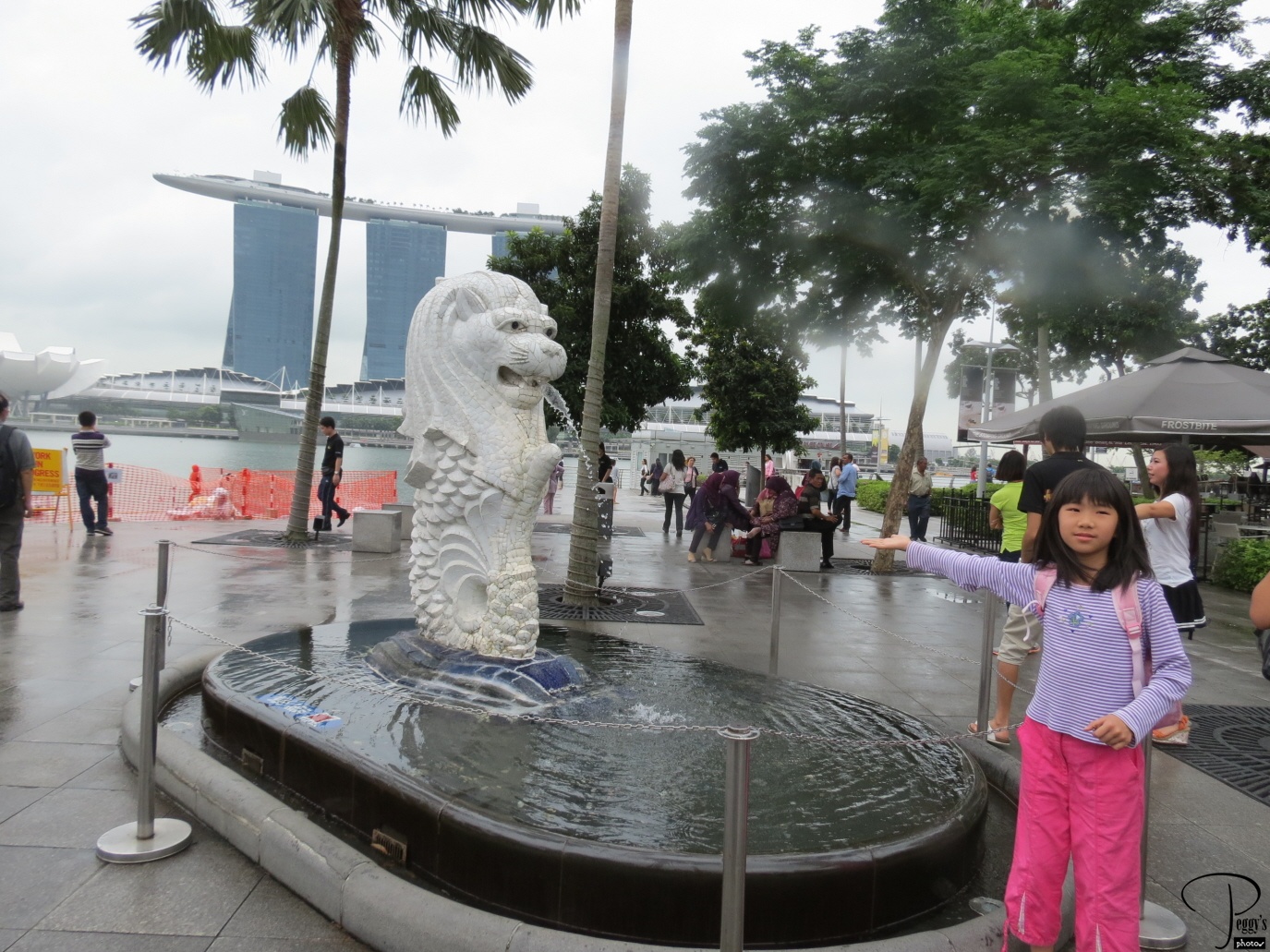
A little Merlion statue and a very odd building in the background.

At Marina Bay
At Marina Bay
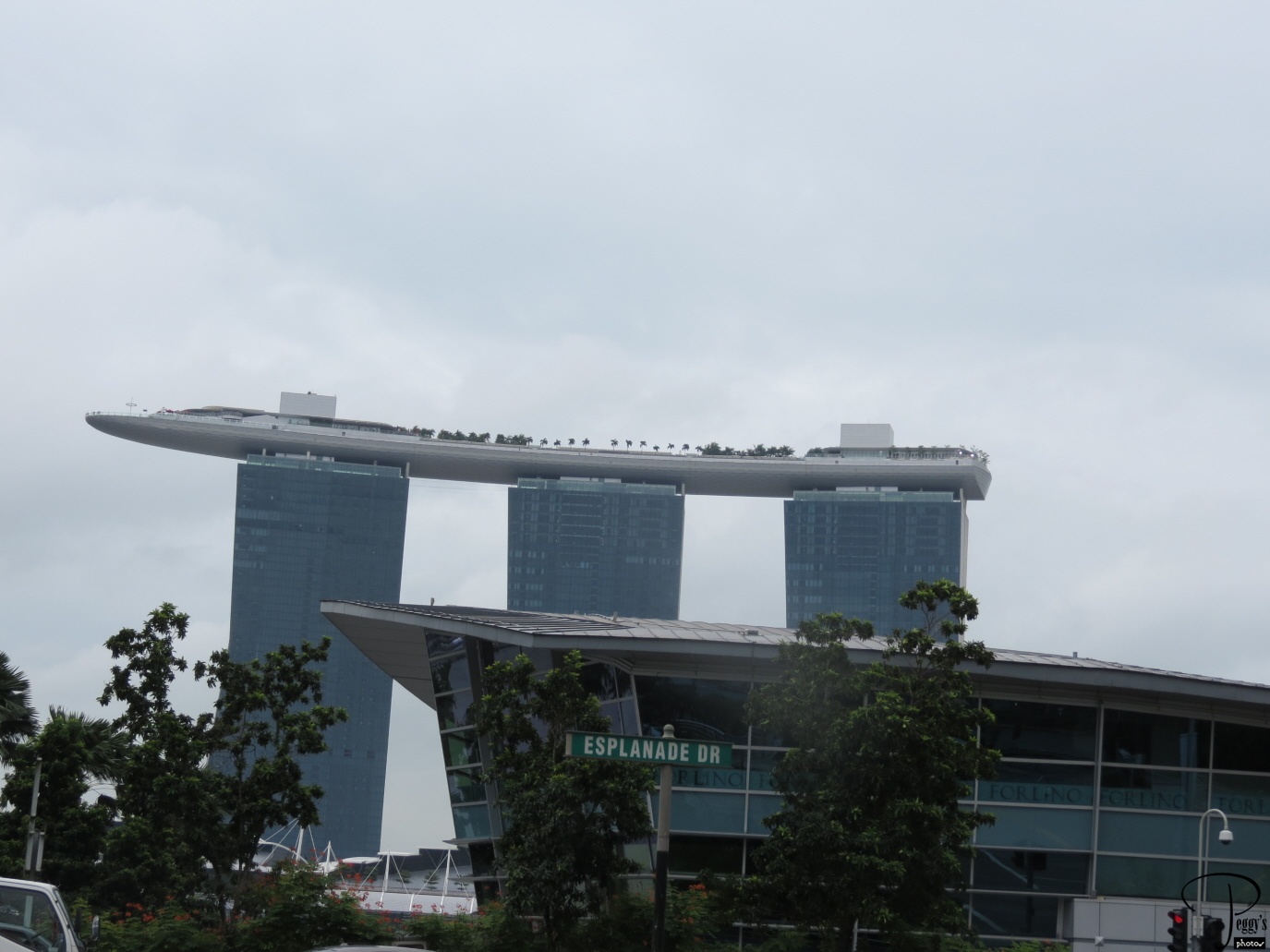
This building is an incredible sight. If you turn away from it, are you really going to see it again?

At Marina Bay
The Marina Bay Sands

Yes, it is still there, but a boat on top of three towers? It is the Marina Bay Sands, reportedly the most expensive hotel in the world. Fifty–five stories up, in the boat, called the SkyPark, is the infinity pool that has recently gotten much attention. You need to pay to go up to it––we didn’t go up. The hotel also has a casino, which you also have to pay to enter.

The Marina Bay Sands
The Marina Bay Sands
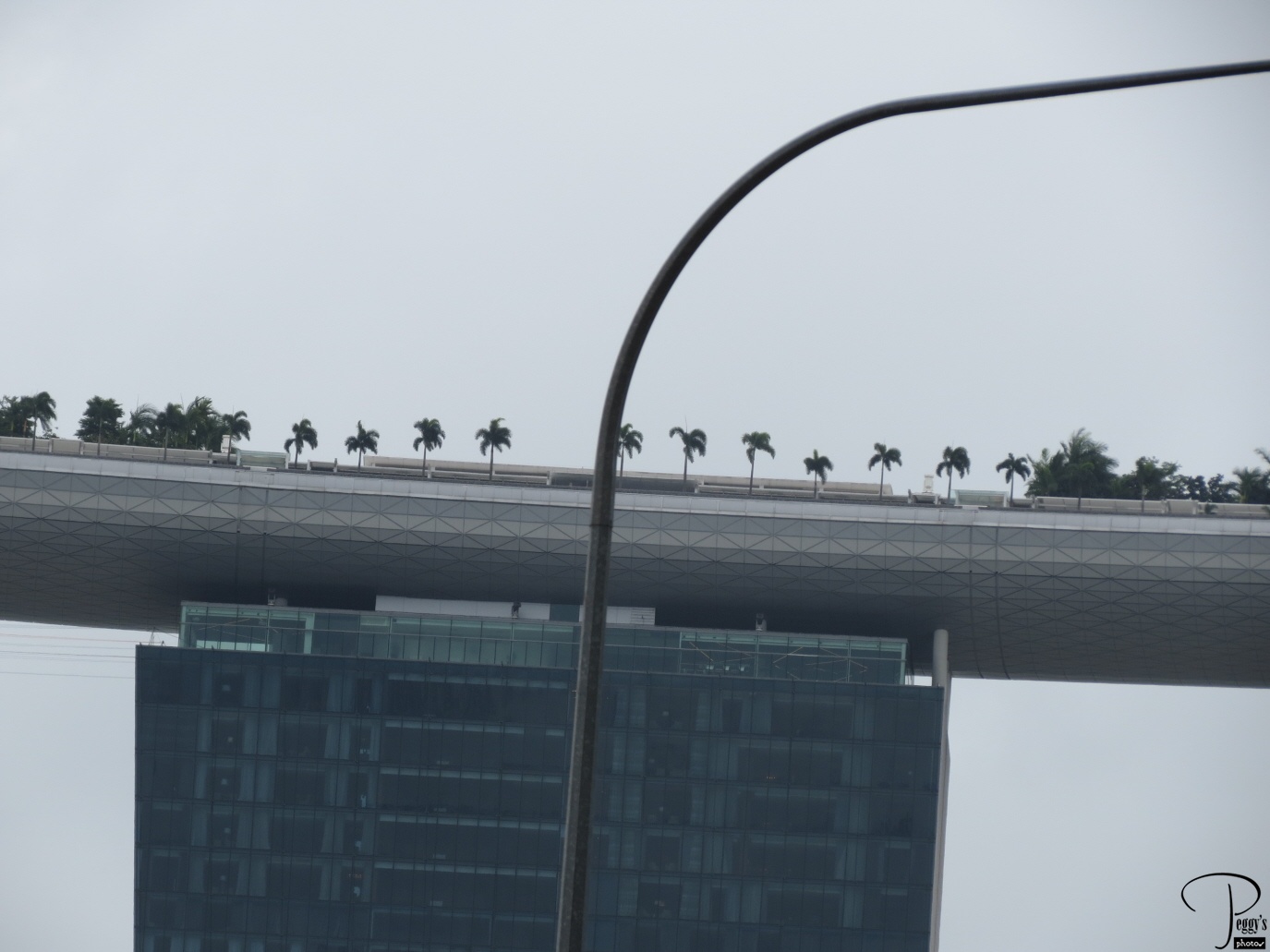
The SkyPark.

The Marina Bay Sands
Merlion
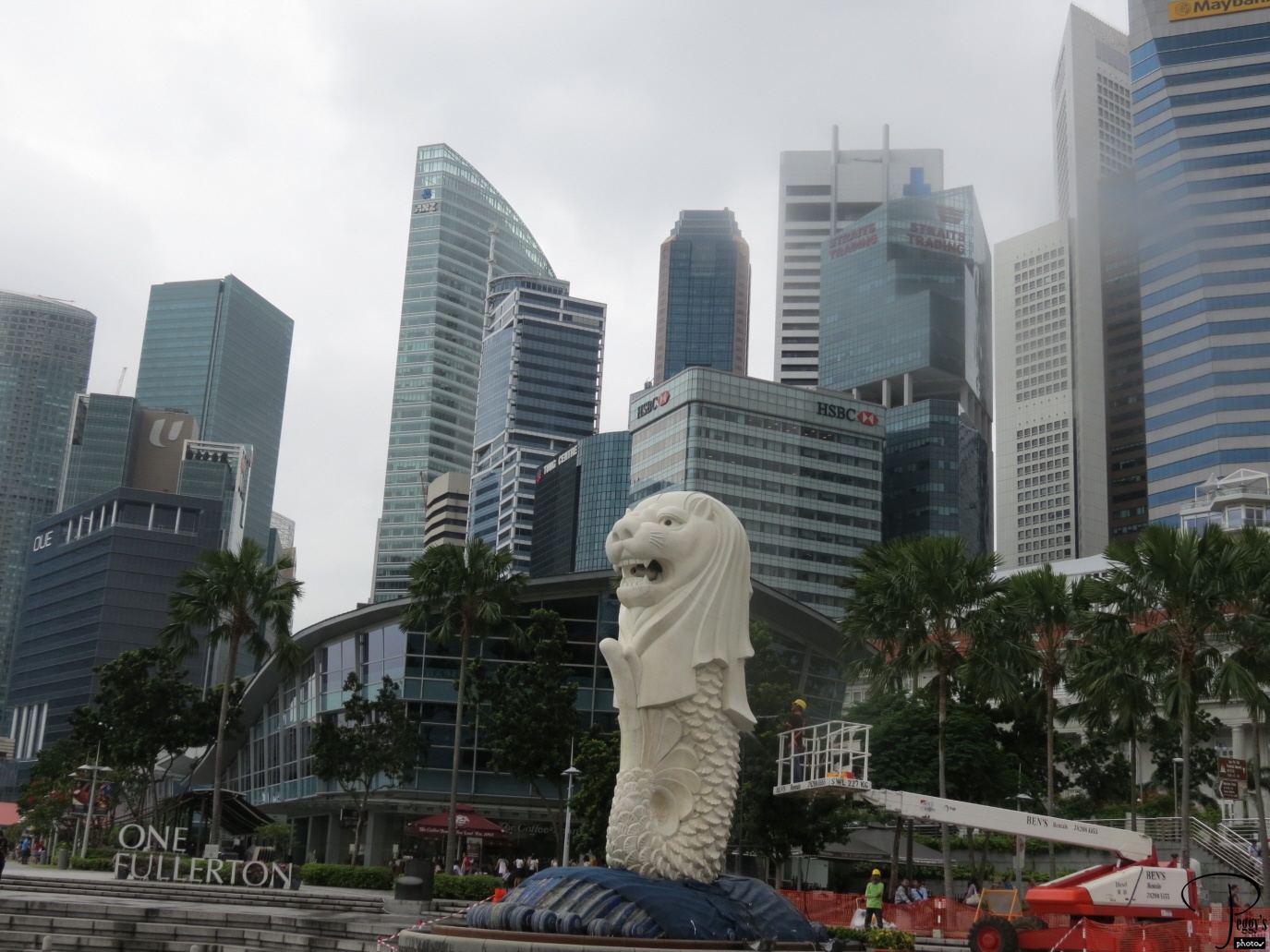
Merlion is getting a bath, but I was able to take photos of it the next day when water was spouting out of its mouth. Merloin is a mythical creature with the head of a lion and the body of a fish. It is Singapore’s mascot.

Merlion
ArtScience Museum
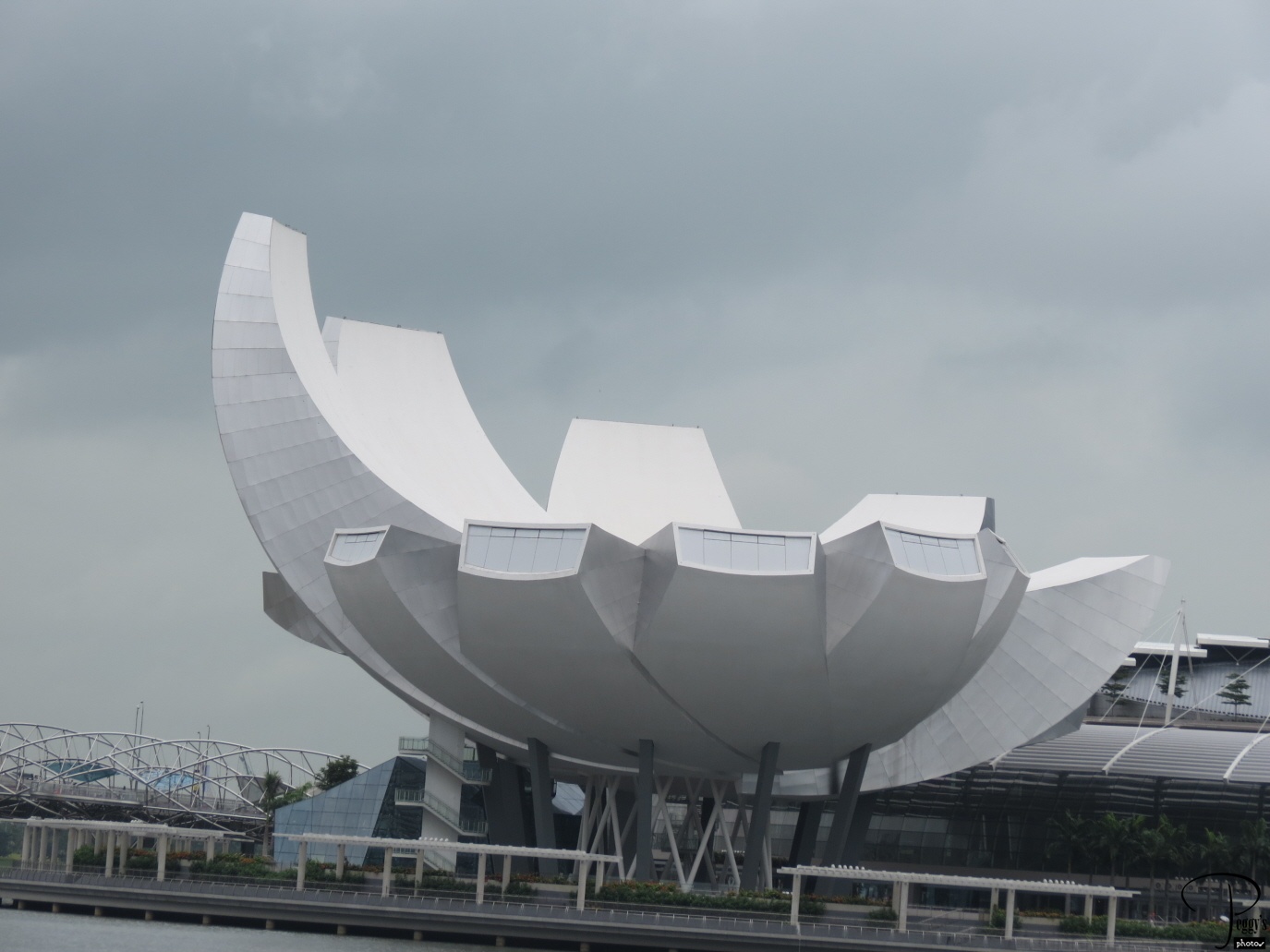
The ArtScience Museum, part of the Marina Bay Hotel complex.

ArtScience Museum
Singapore Flyer
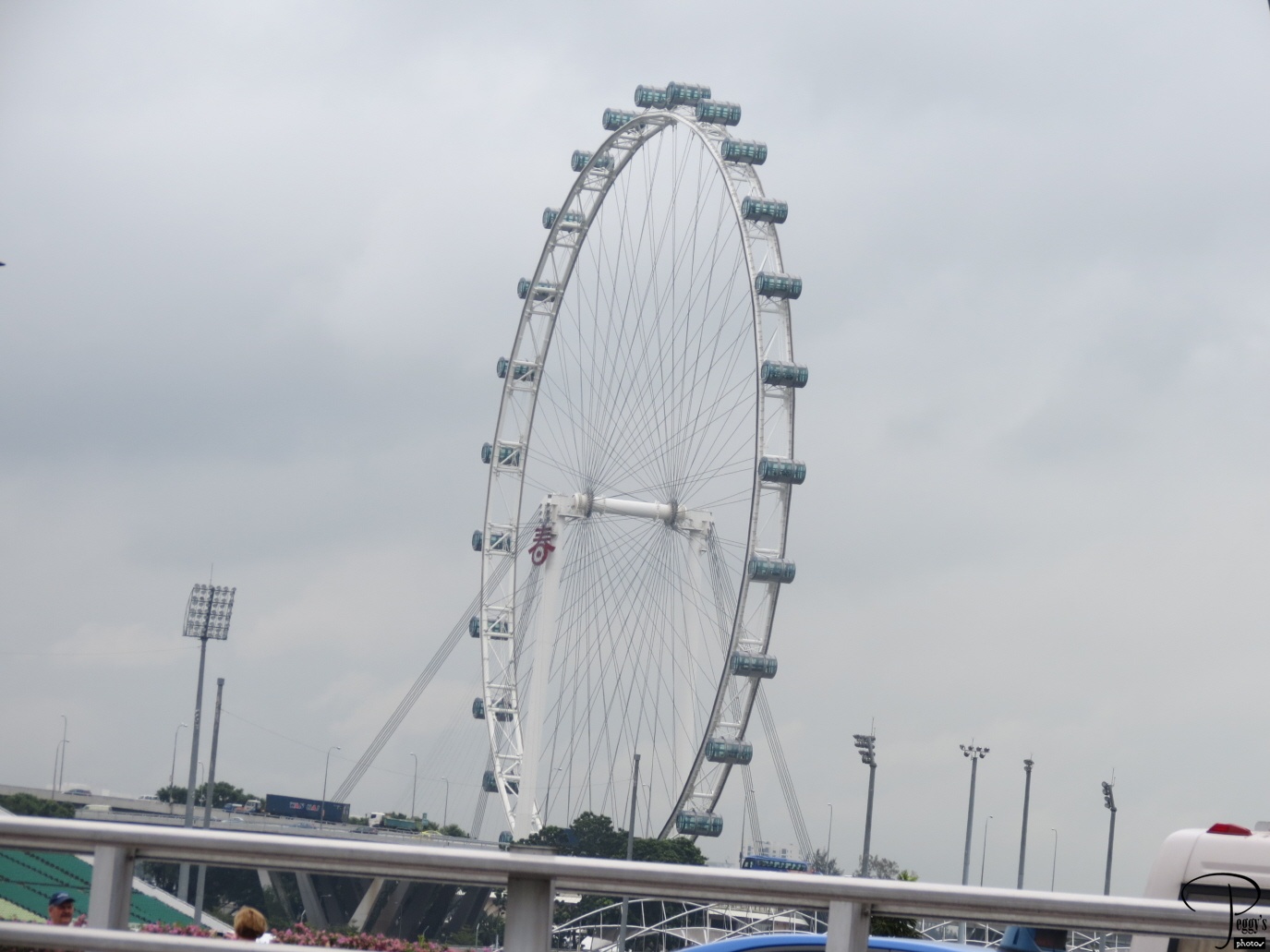
The Singapore Flyer can also be seen from Marina Bay. It is the world’s largest observation wheel, reaching 541 feet. The trip on it takes 30 minutes.
I didn’t get a panorama photo of all the buildings you can see from Marina Bay this time, but I did when I returned here the next day.
Min and I parted here. I took a taxi back to my hotel to get ready to go on a night tour.

Singapore Flyer
Singapore by Night Tour
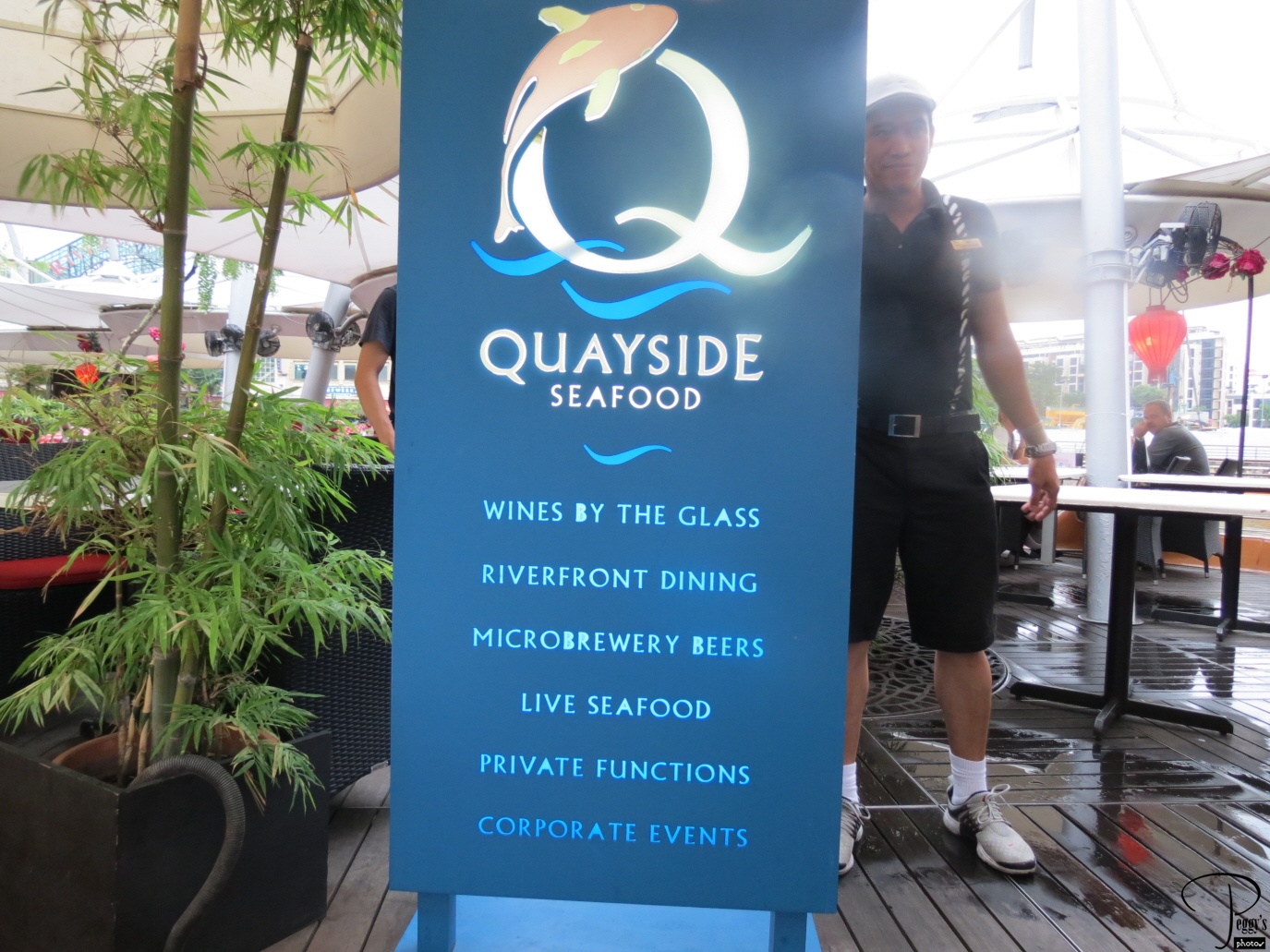
This evening I took a Singapore by Night Tour with Dinner at Clarke Quay. We ate at the Quayside Seafood Restaurant––actually, we had a Chinese dinner here. There were about 10–12 on the tour, with all except me and another man from either the UK or Australia. The man was from Bulgaria. He ordered a beer, left the table, and wasn’t seen again.

Singapore by Night Tour
View from Clarke Quay
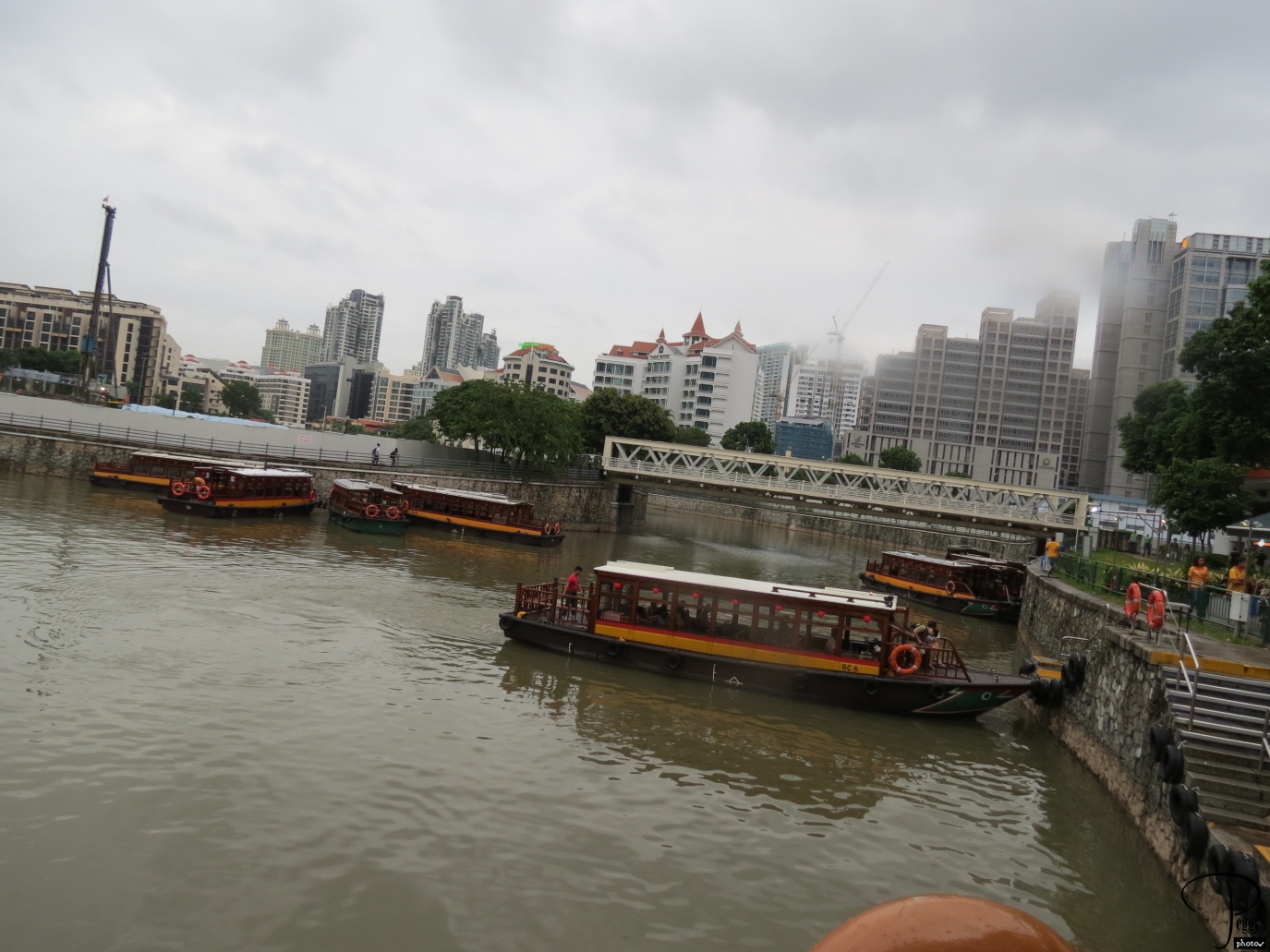
We have a very nice view of the Singapore River from the restaurant. This is one of the stops for the tourist bumboats.

View from Clarke Quay
Night View from Clarke Quay
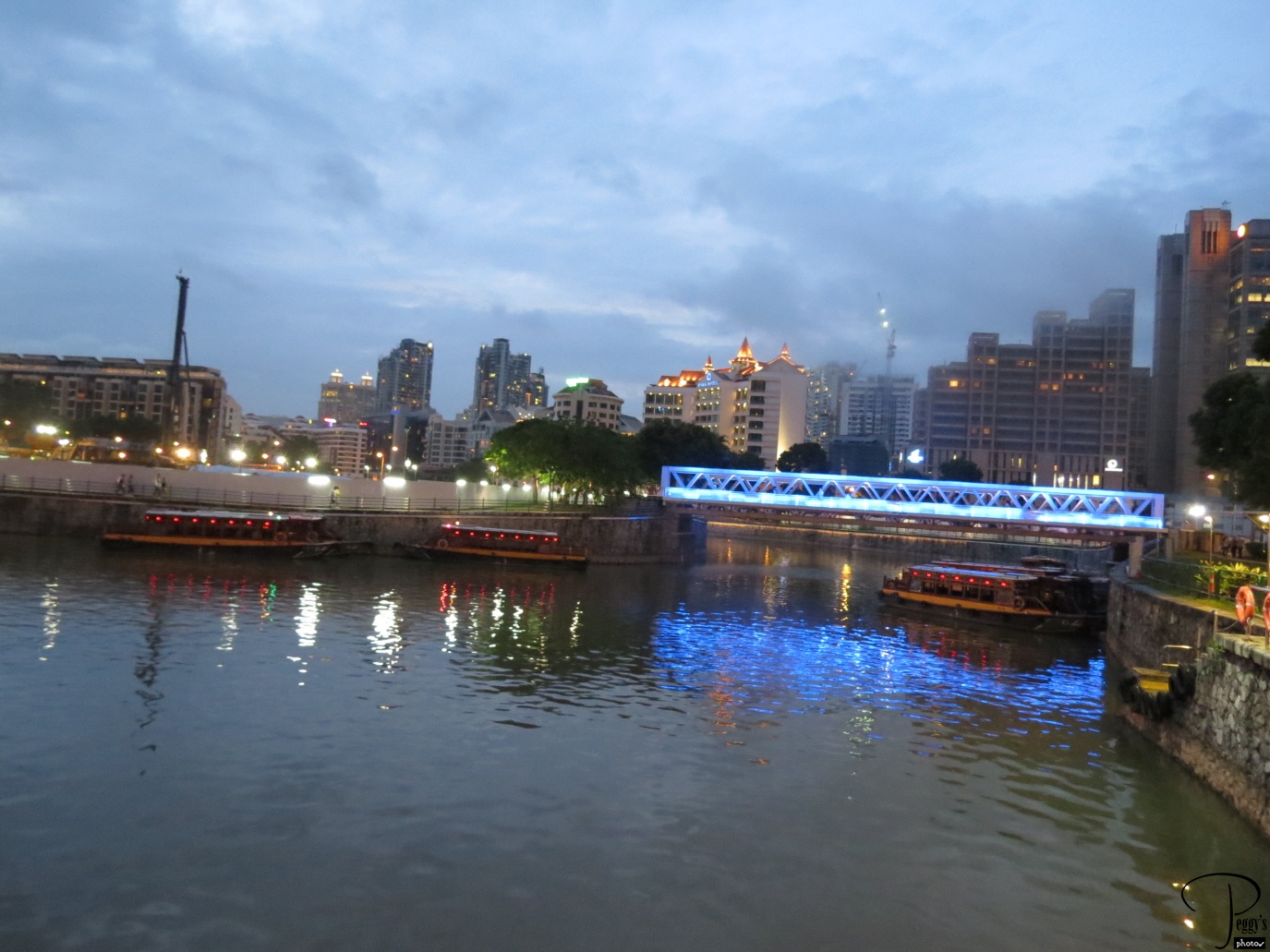
A beautiful sight at night.

Night View from Clarke Quay
Bugis Street Night Market
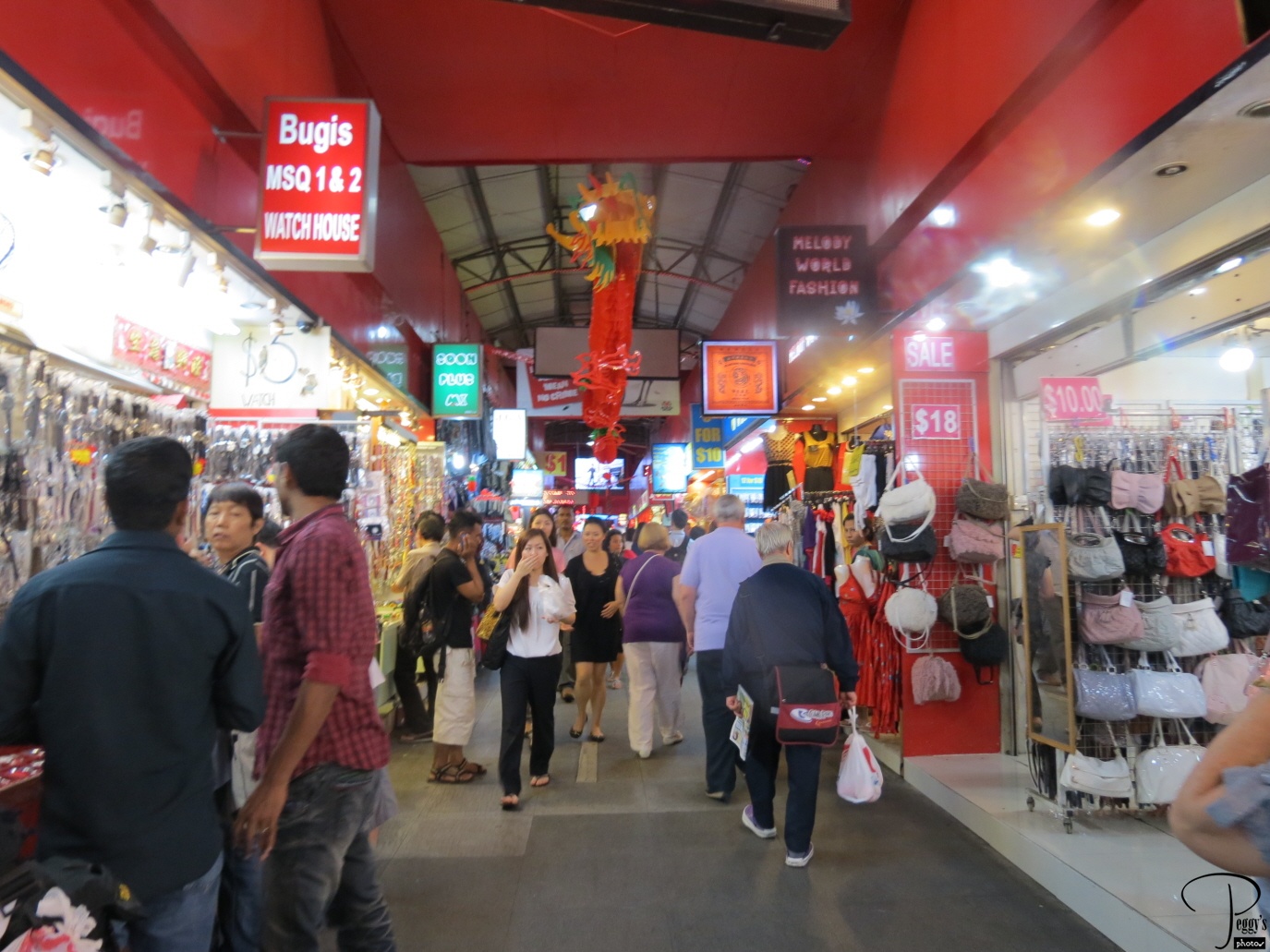
After dining at Clarke Quay, my night tour took us to the Bugis Street Night Market.

Bugis Street Night Market
Raffles Hotel
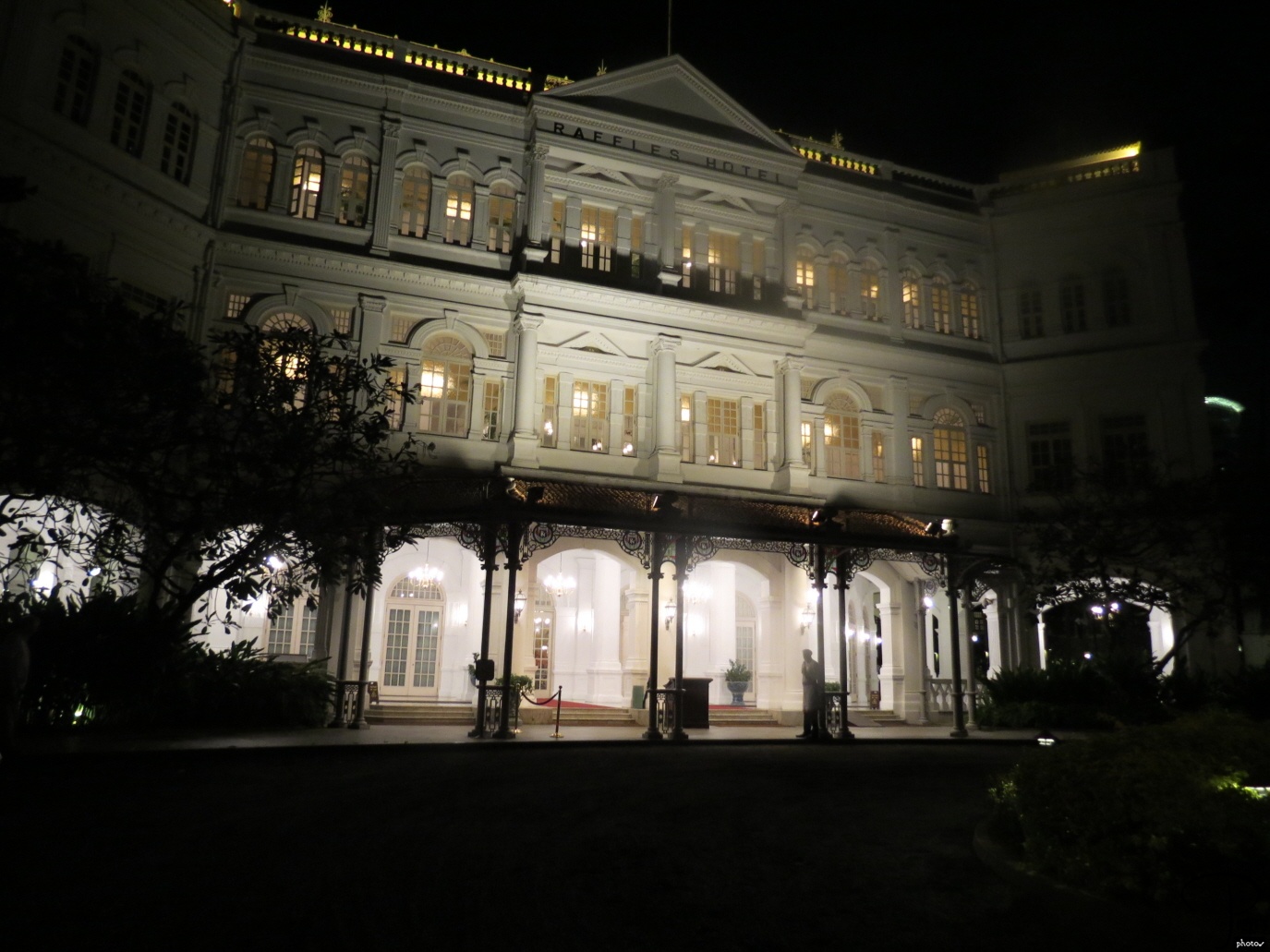
Next stop, Raffles Hotel for a Singapore Sling.

Raffles Hotel
The Long Bar
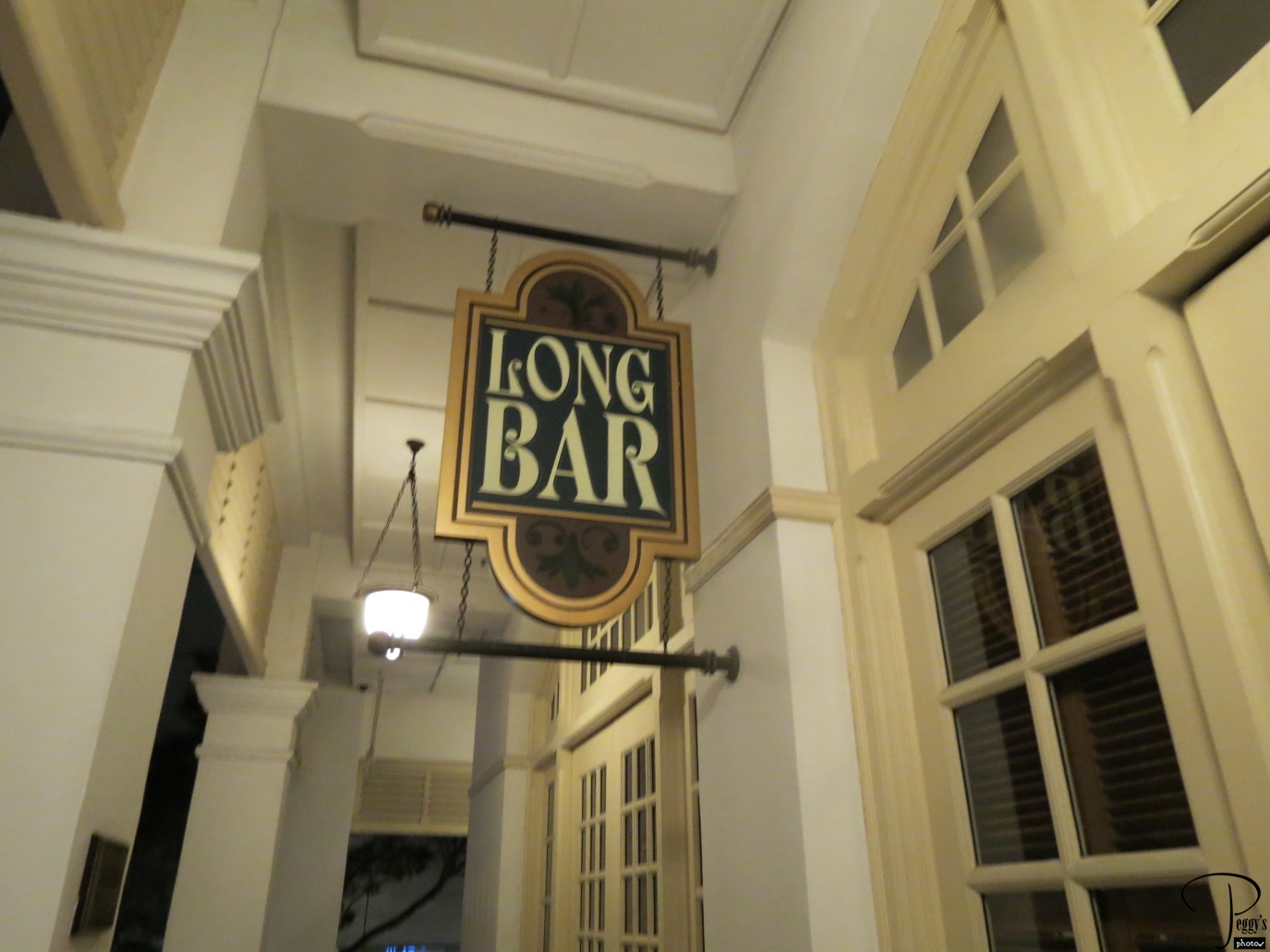
The Long Bar is famous because of the people who drank here: Noel Coward, Joseph Conrad, Charlie Chaplin, etc. However, the precise location of the original Long Bar is not known. After the latest restoration, it is now located on the third level of the hotel.

The Long Bar
The Long Bar
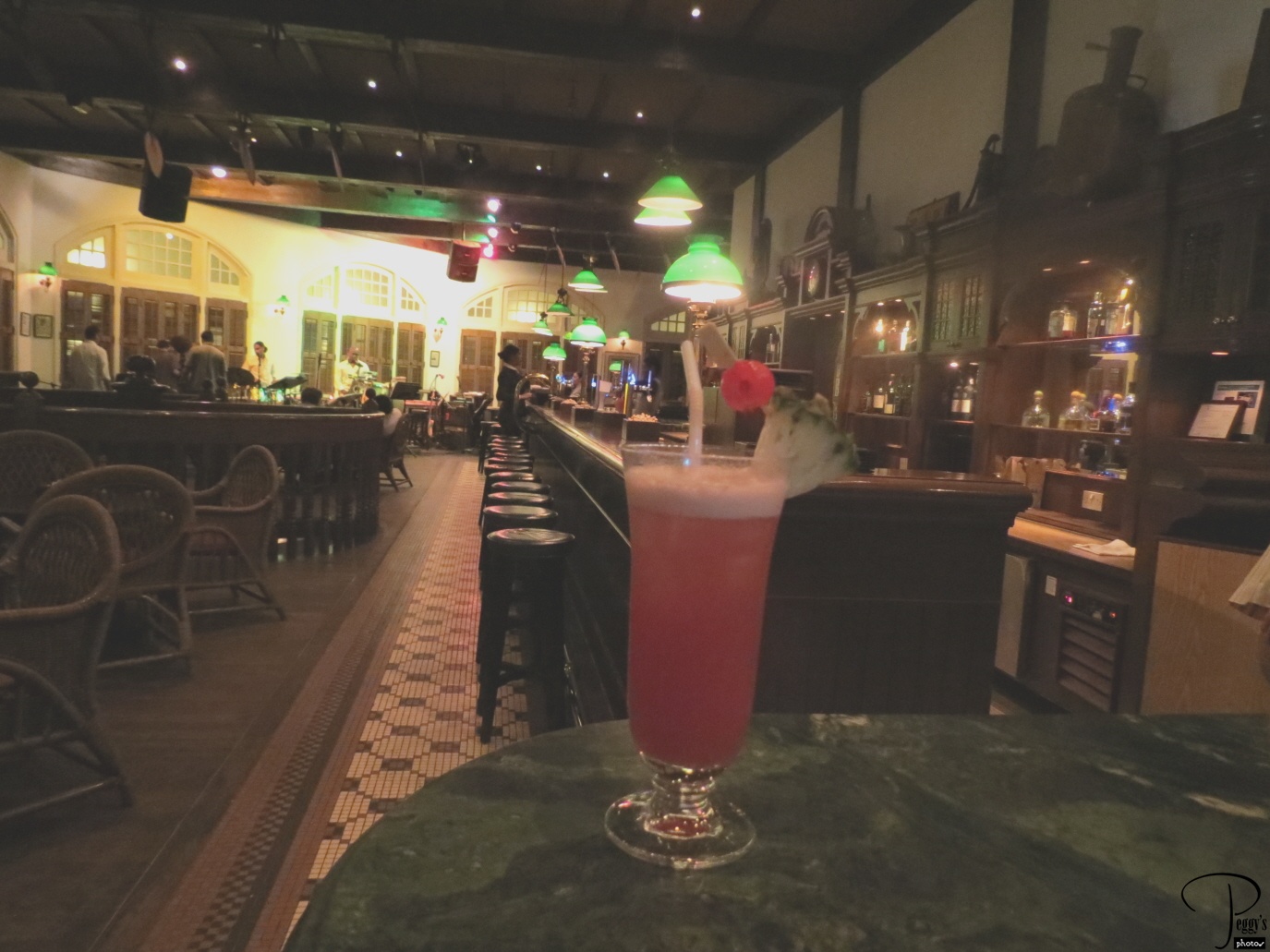
Photo: The Long Bar with an original Singapore Sling in the foreground. The Singapore Sling was invented at the Raffles Hotel by Mr. Ngiam Tong Boon, though the exact date is not known, but some time from 1910 to 1915. The original recipe also is not known, but here are ingredients of the original Singapore Sling served at the Raffles Hotel:
1.5 ozs. gin, 1/2 oz. Cointreau liqueur, 1/4 oz. Benedictine, 4 ozs. pineapple juice, 1/3 oz. Grenadine, and 1 dash of bitters.

The Long Bar
Steps Up to and Down from the Long Bar
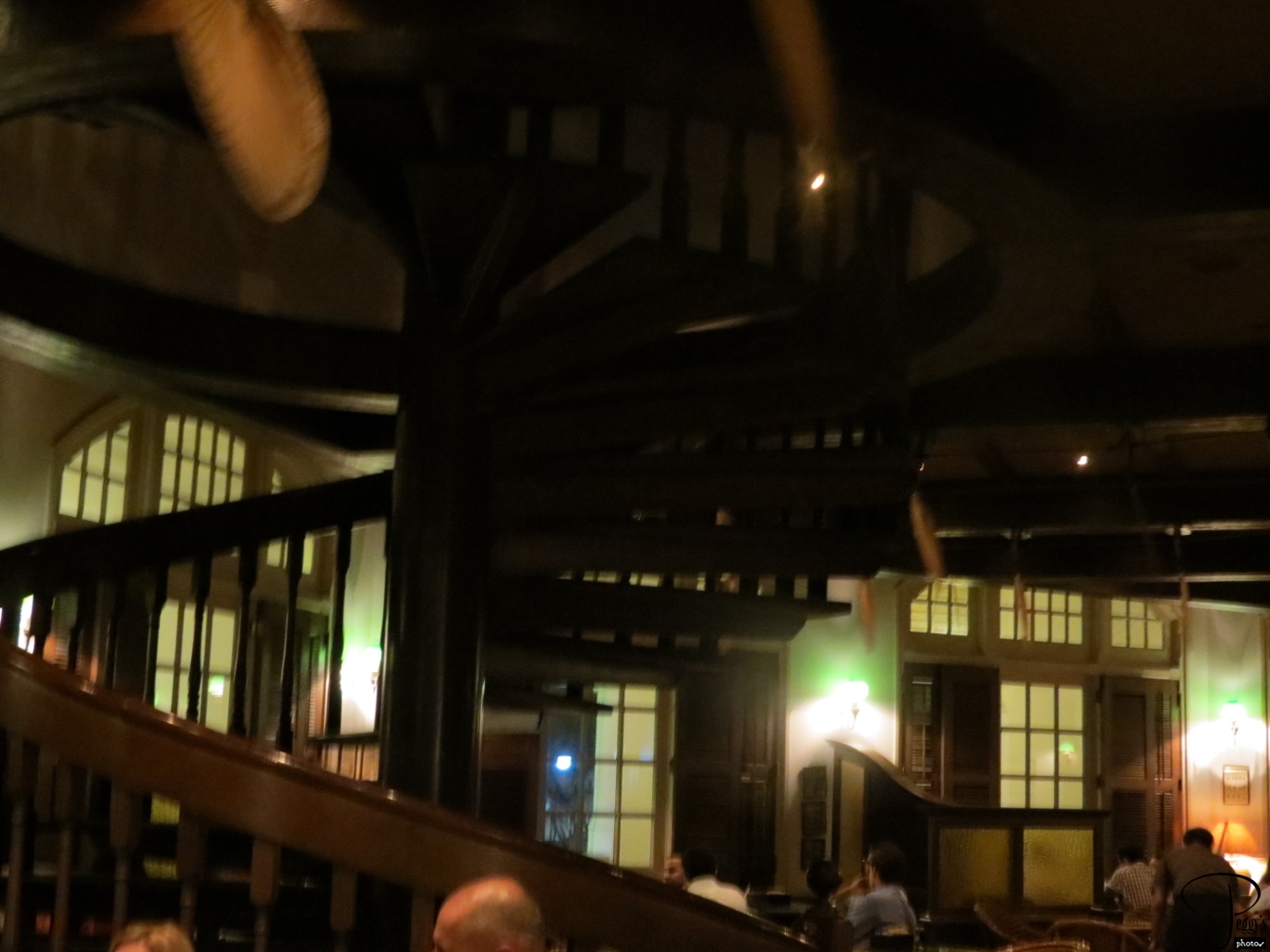
I like Singapore Slings, but you need to be careful how many you drink at the Long Bar, as the stairs down from the Long Bar wind around, and if you have too much to drink, you are going to be in trouble trying to get down them.
I have put my photos of the Singapore Night Tour on a slideshow: Go to Slideshows, Asia, Singapore, “Night Tour, Day 3(C).”
